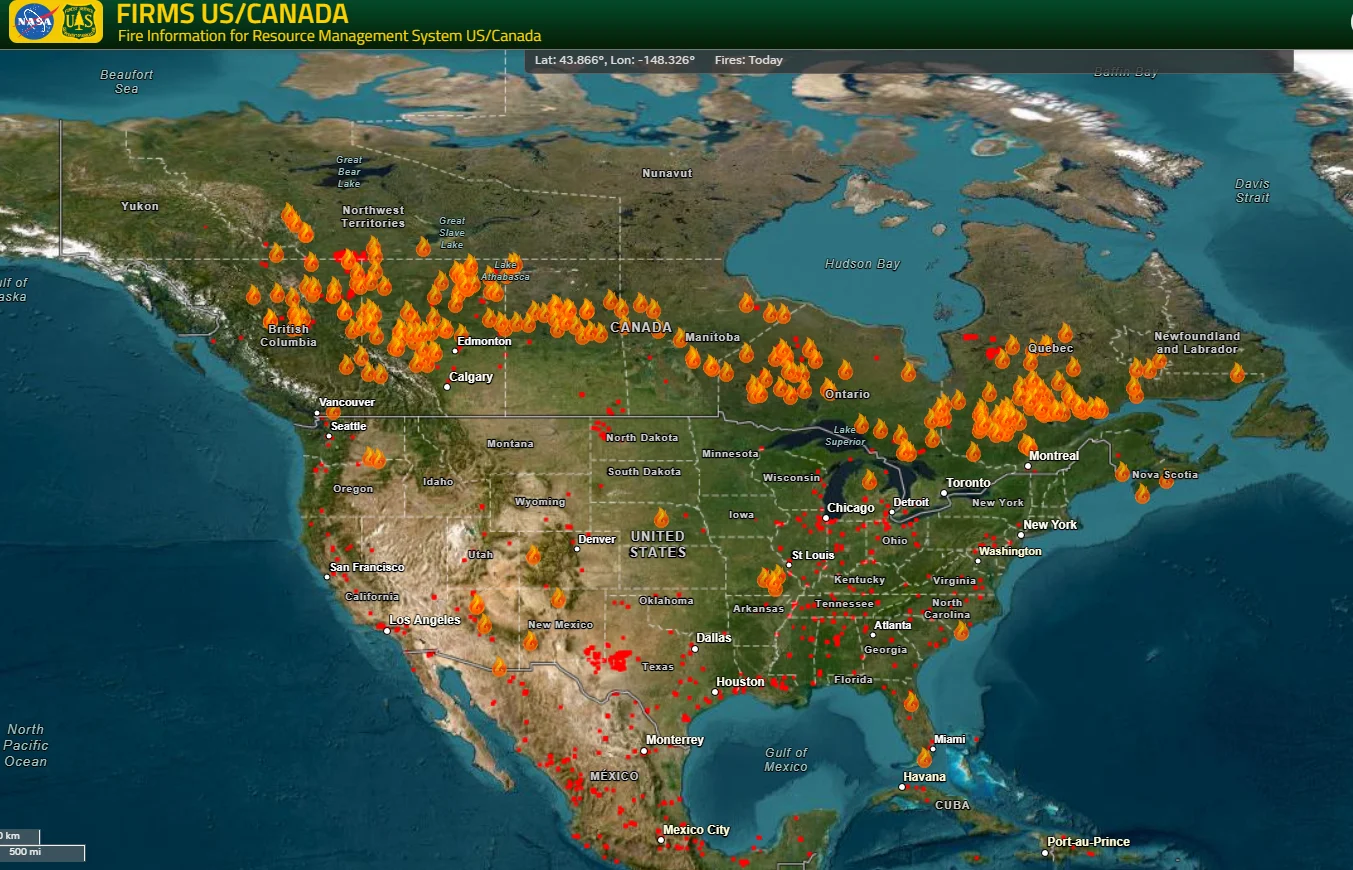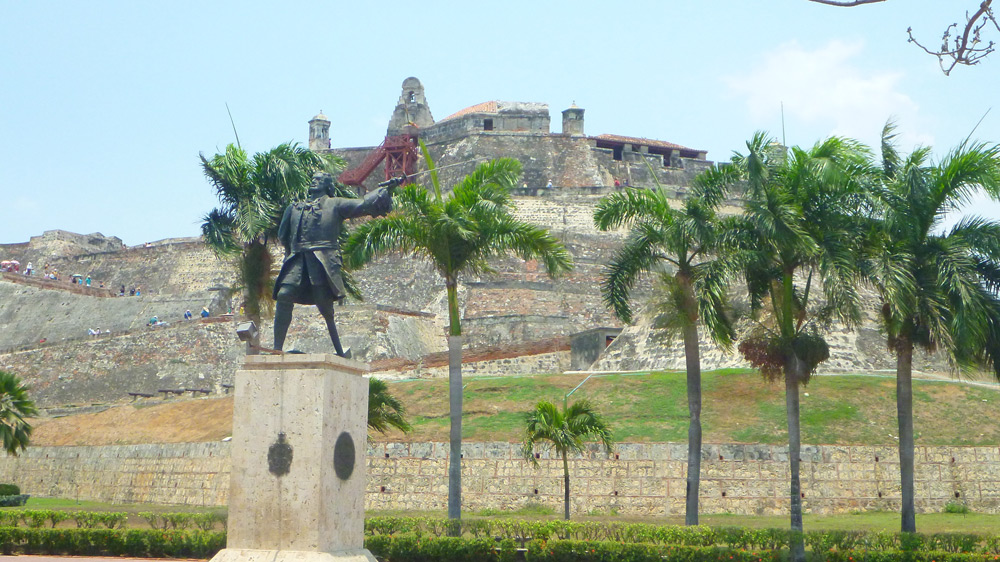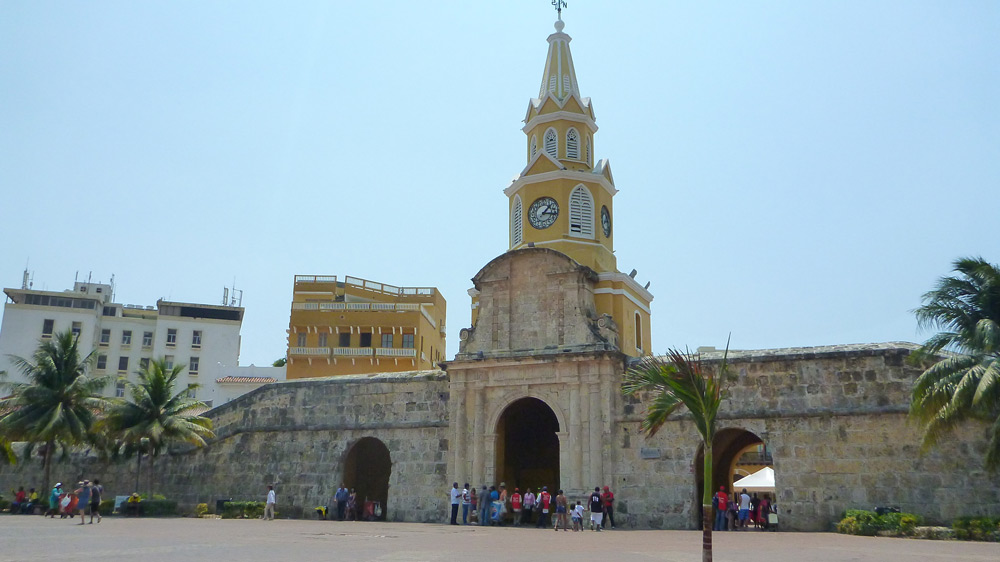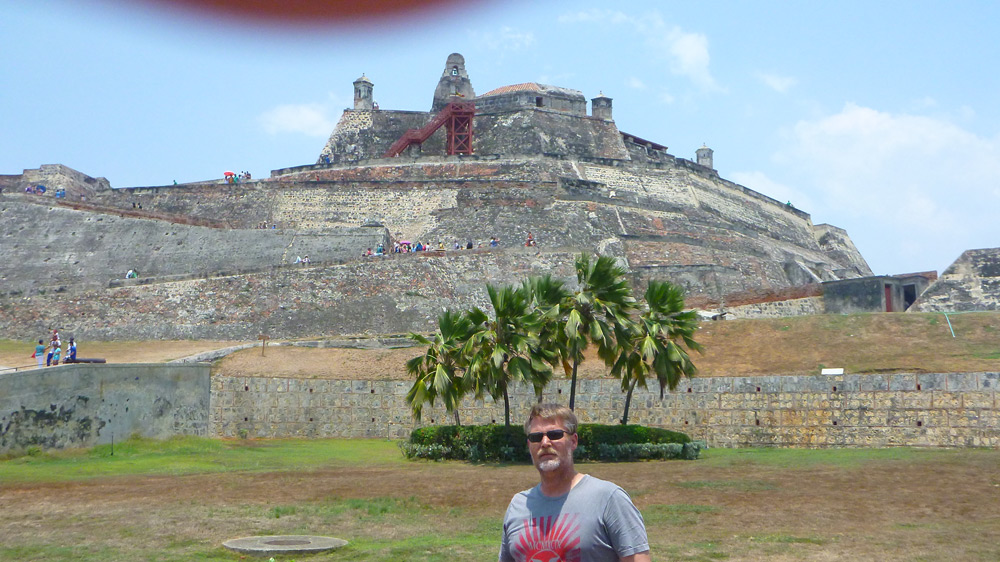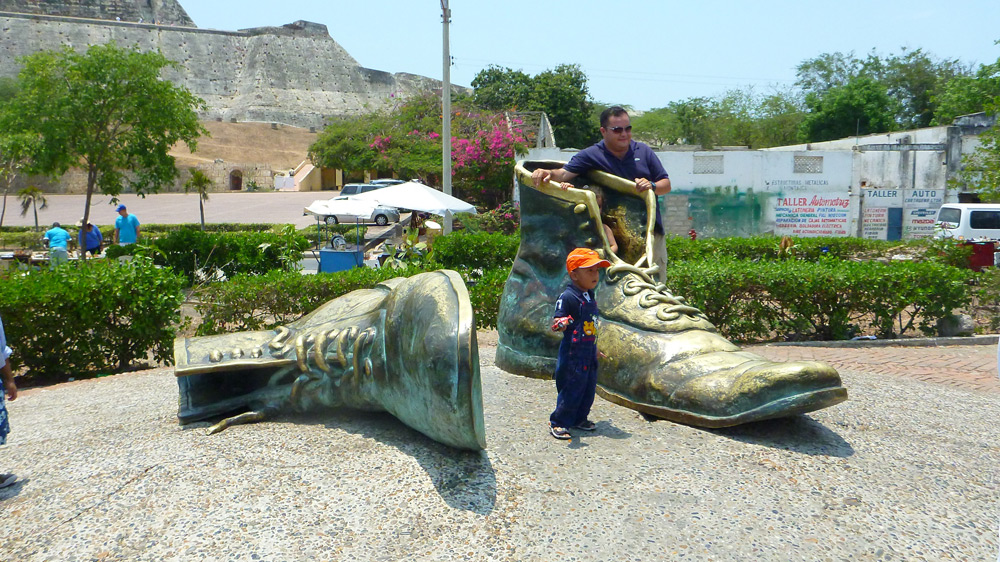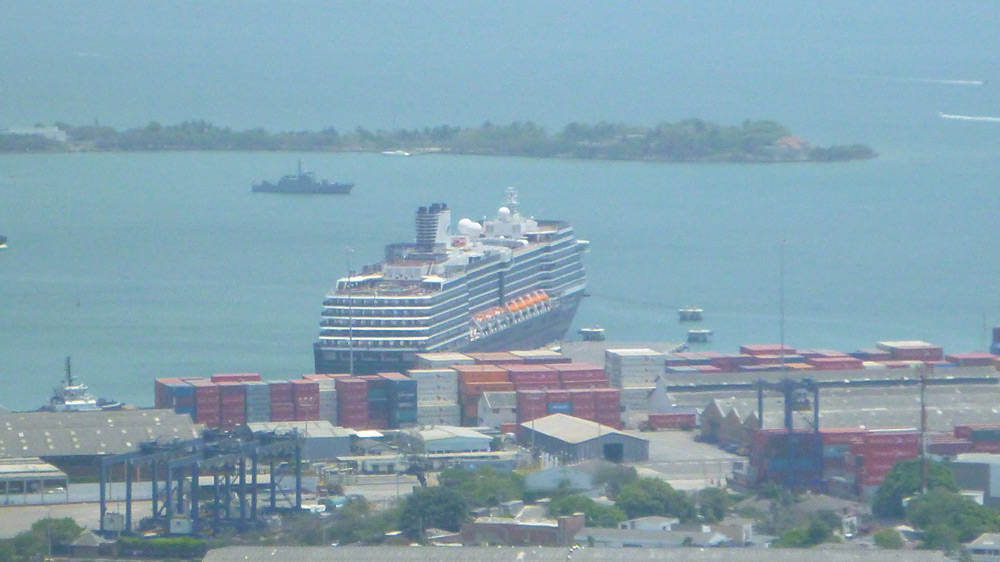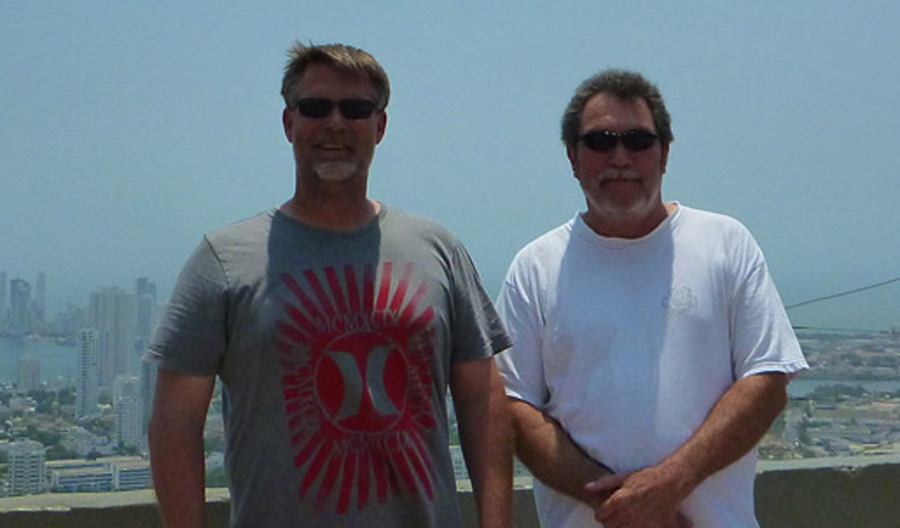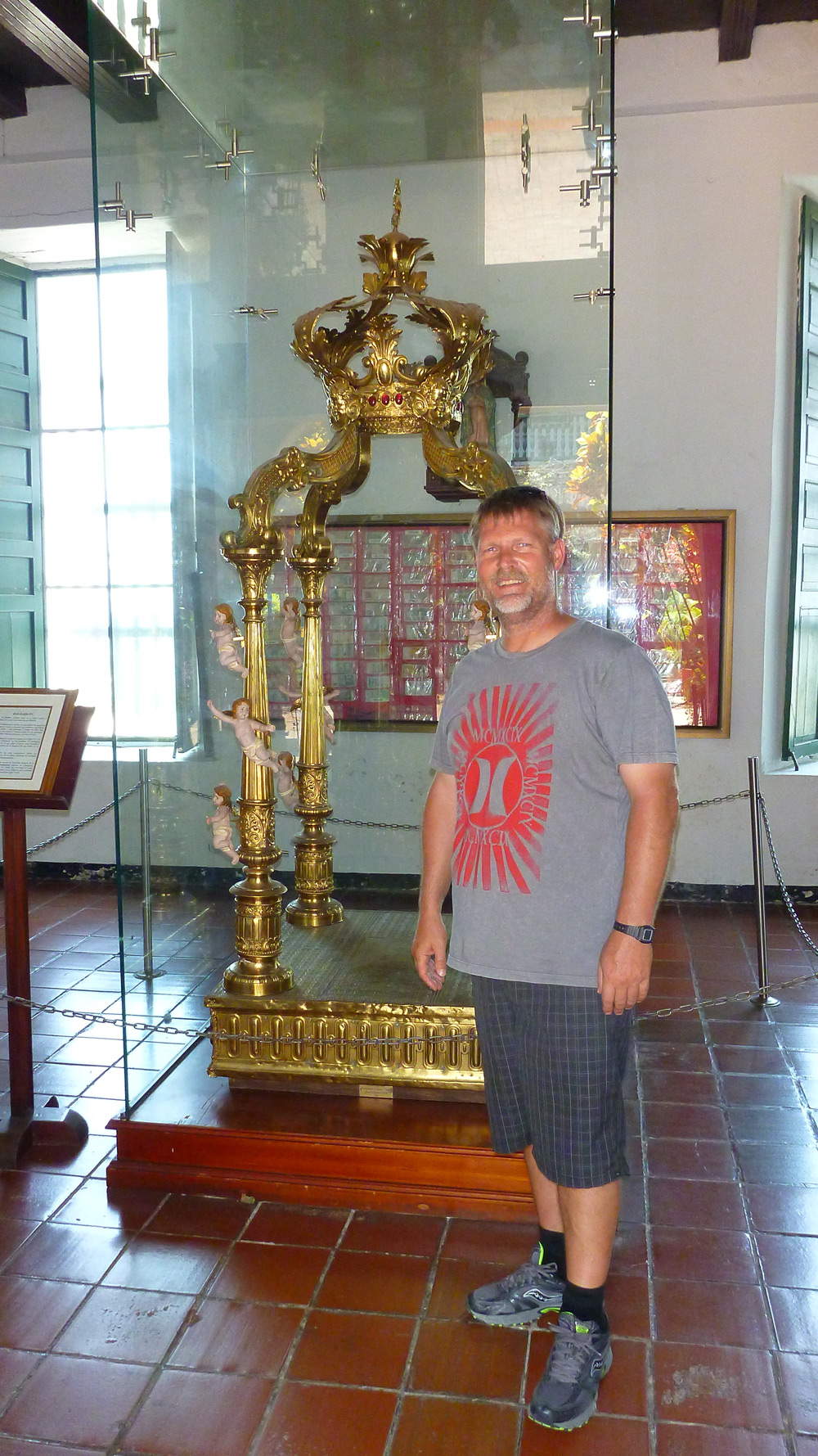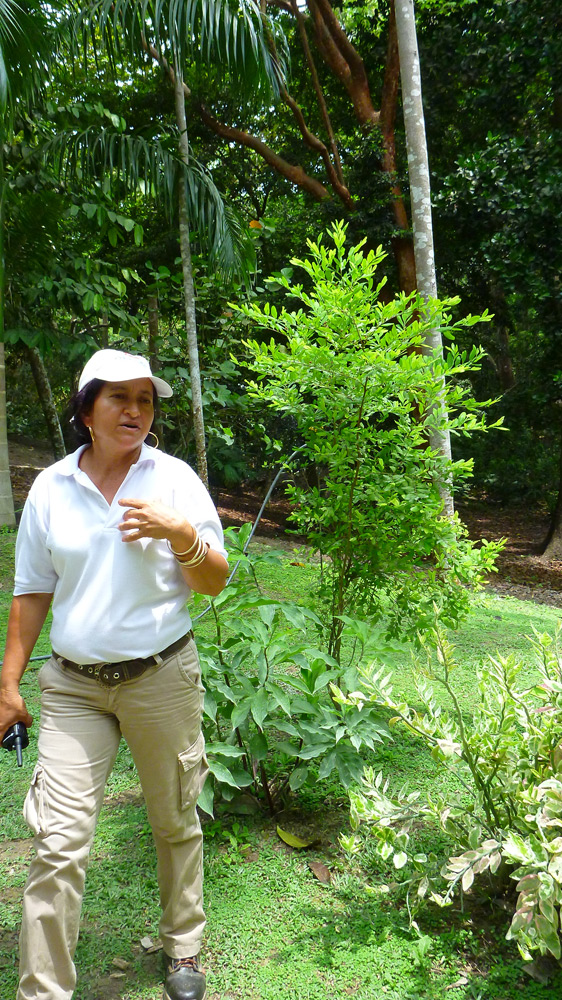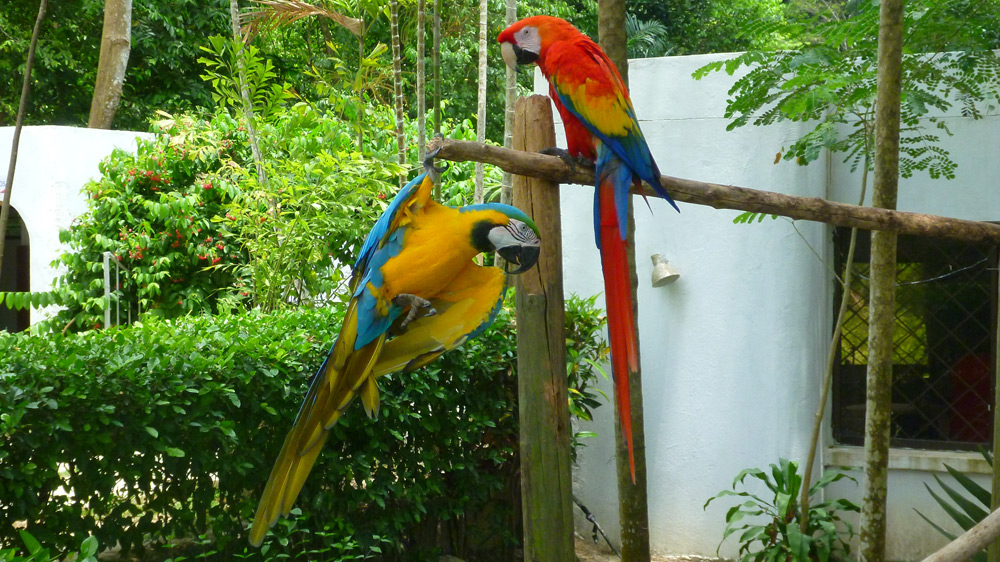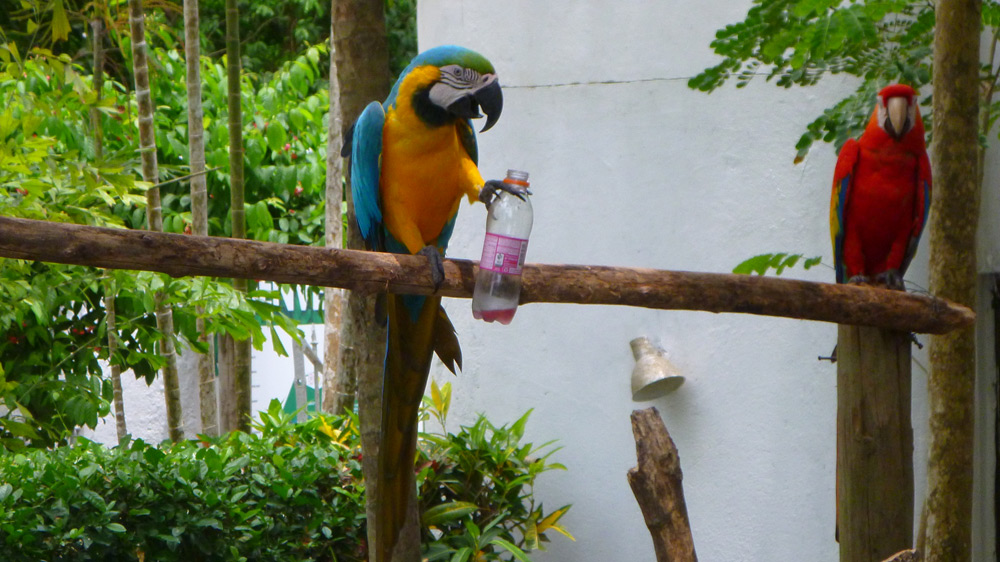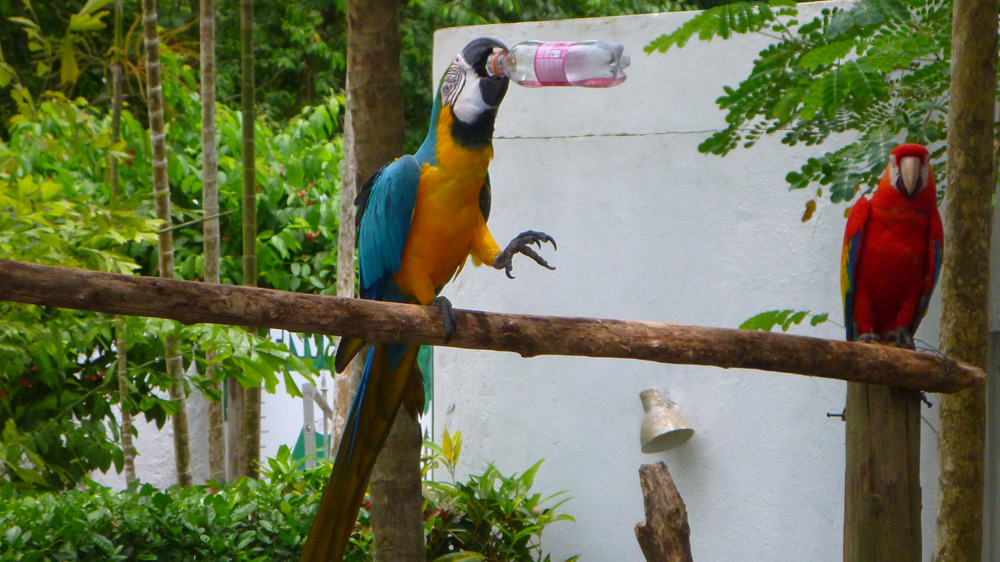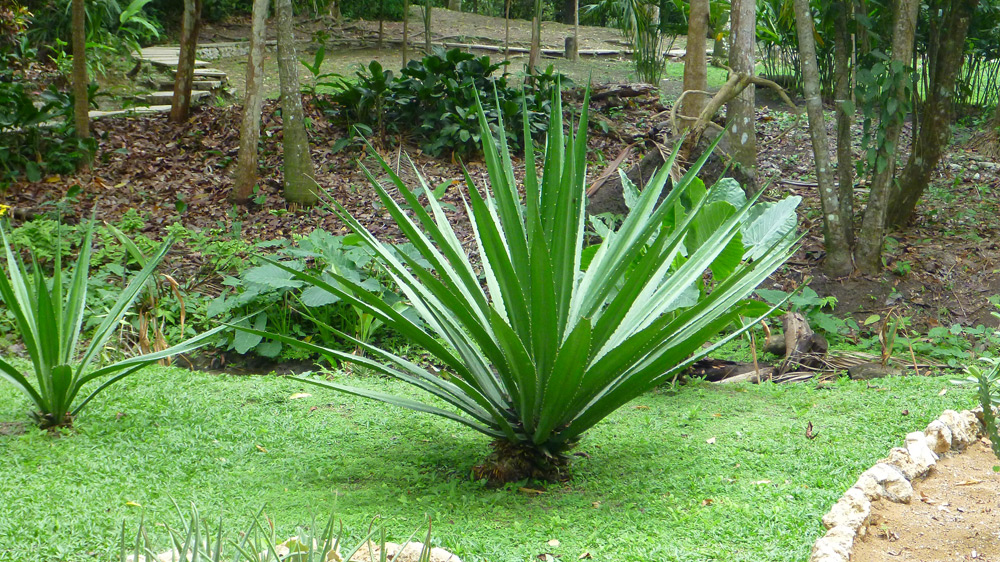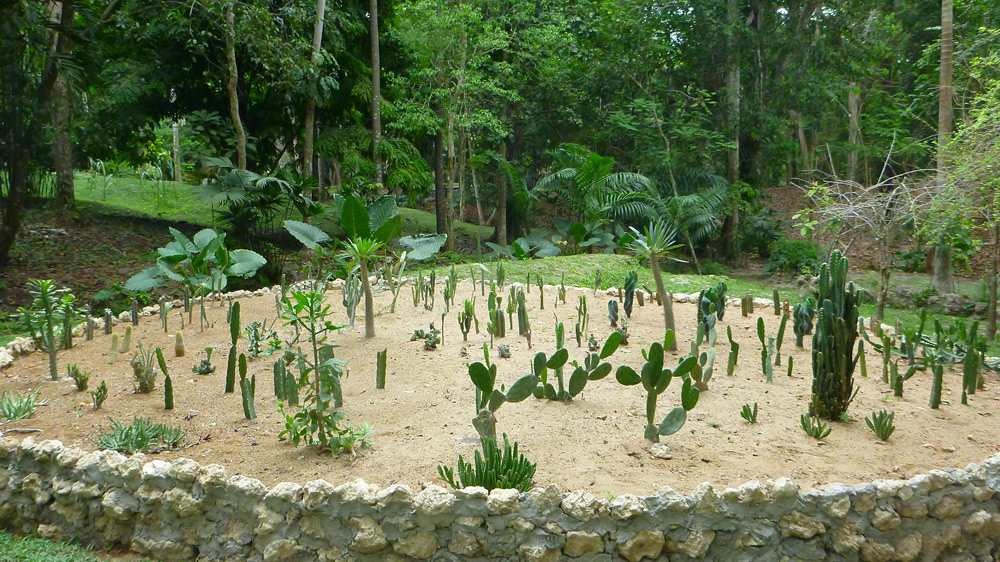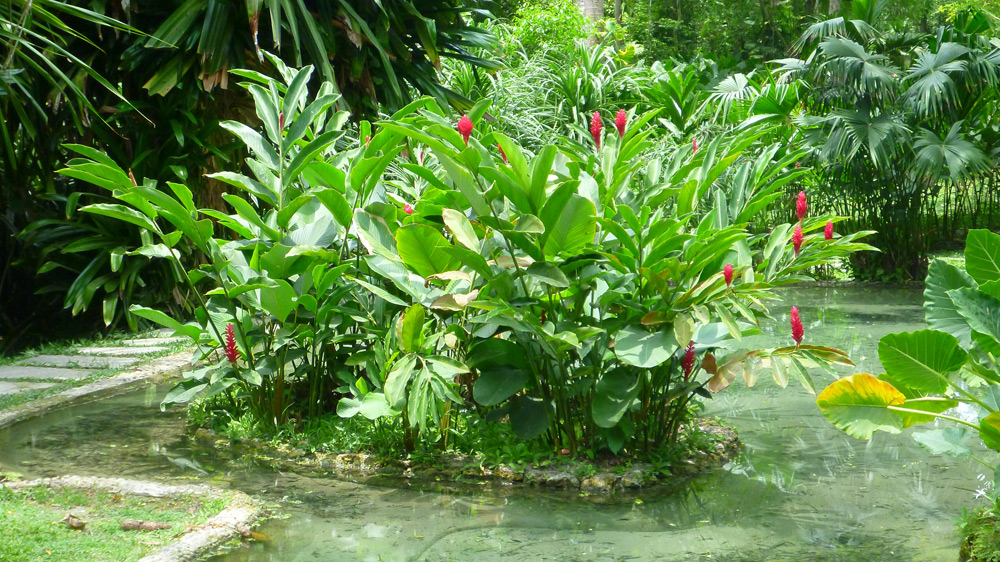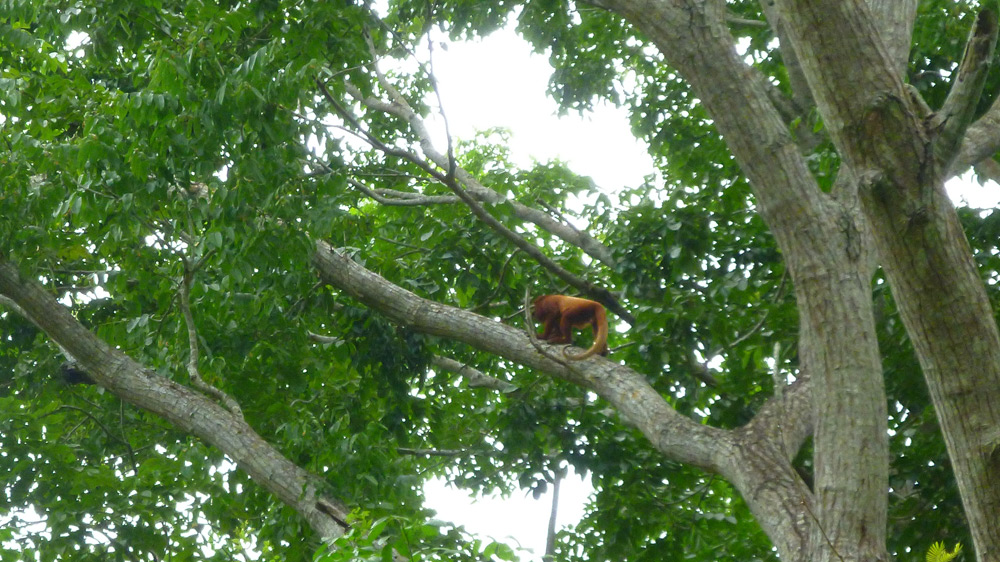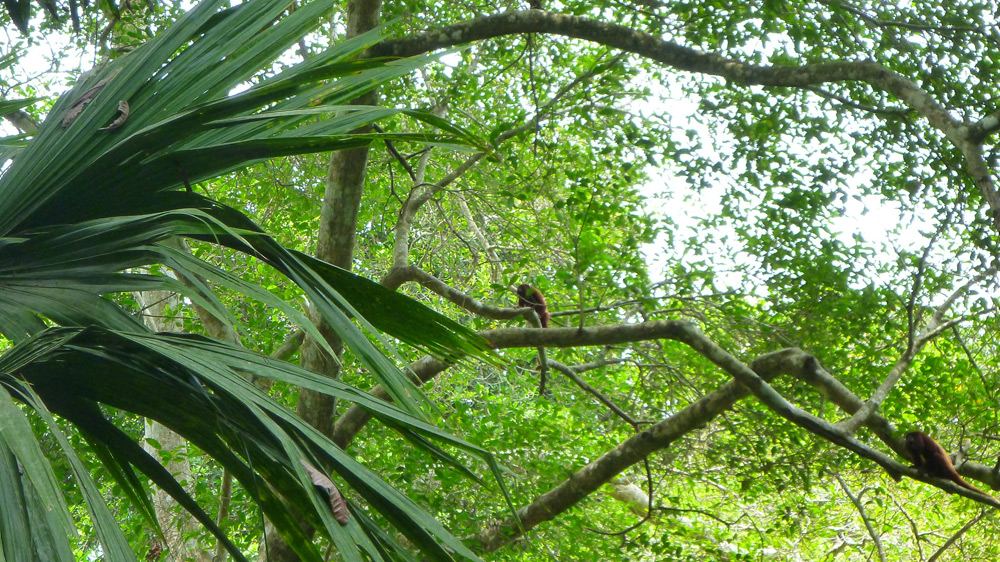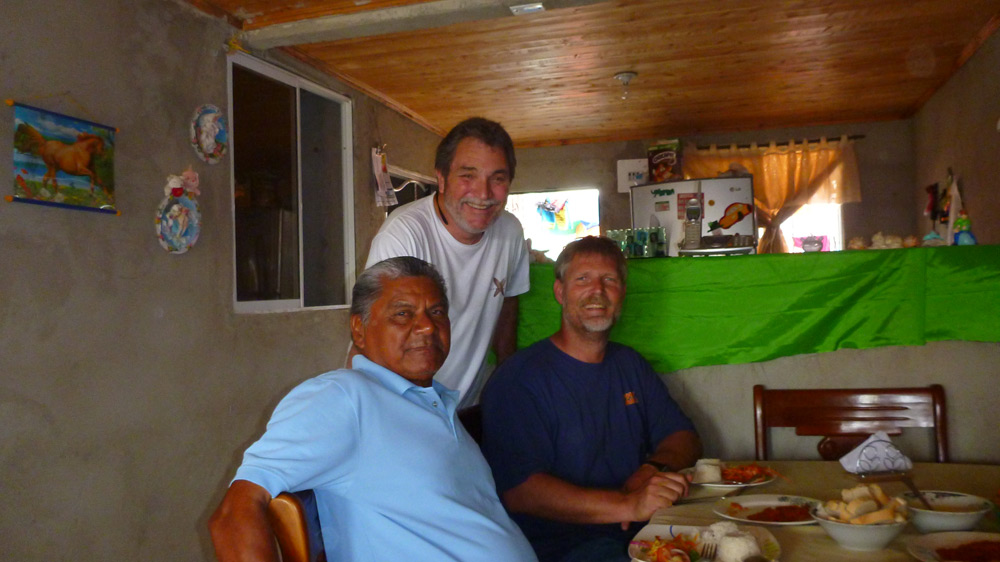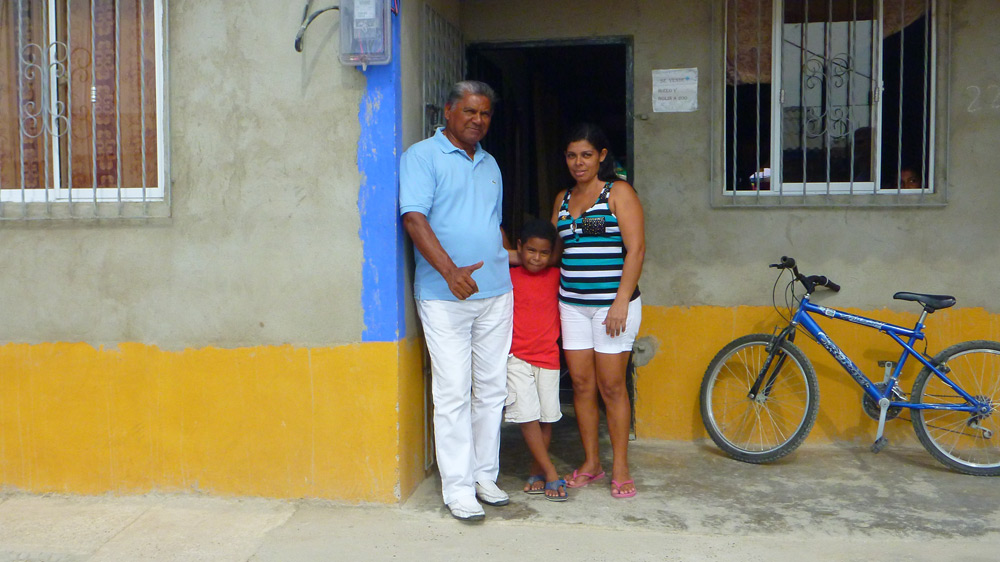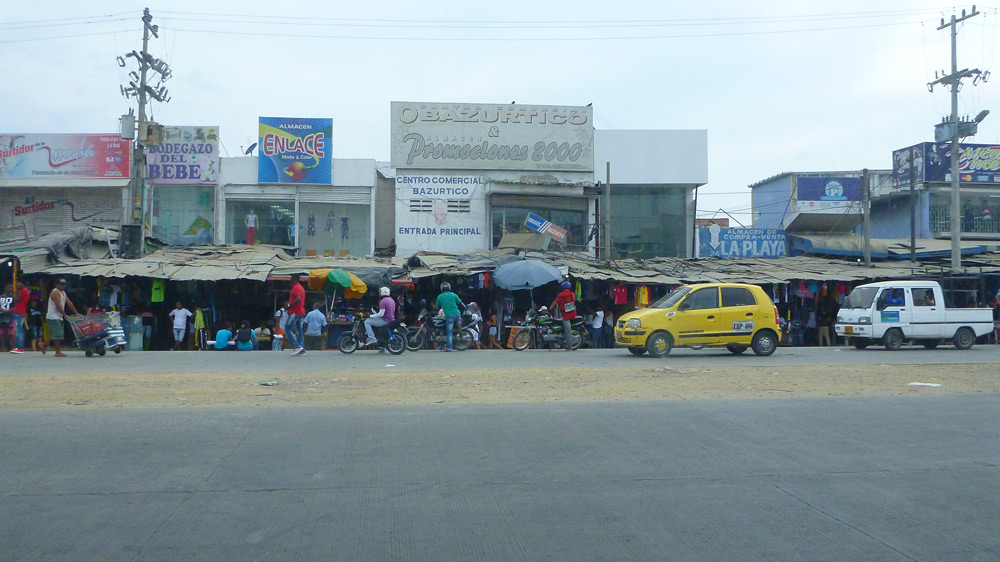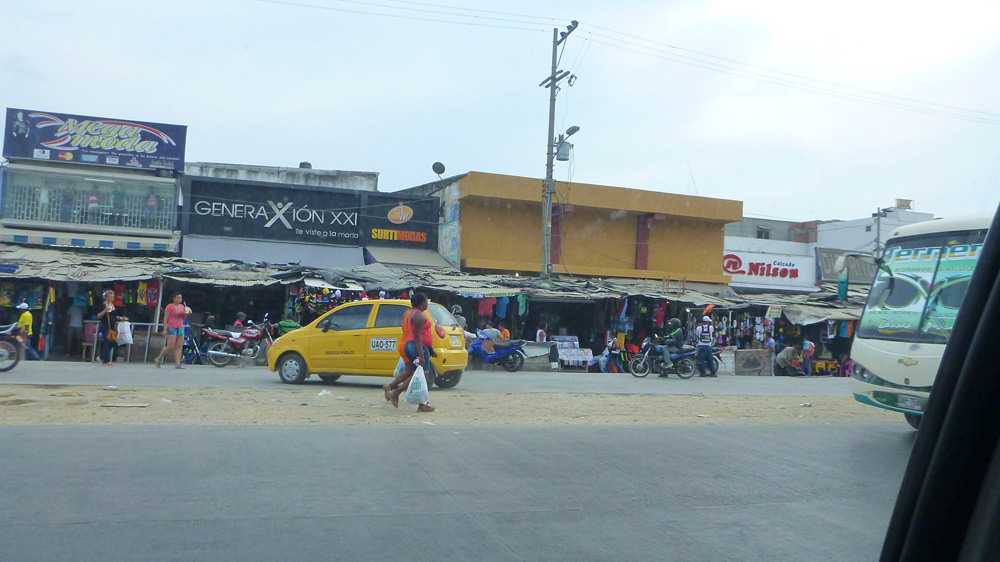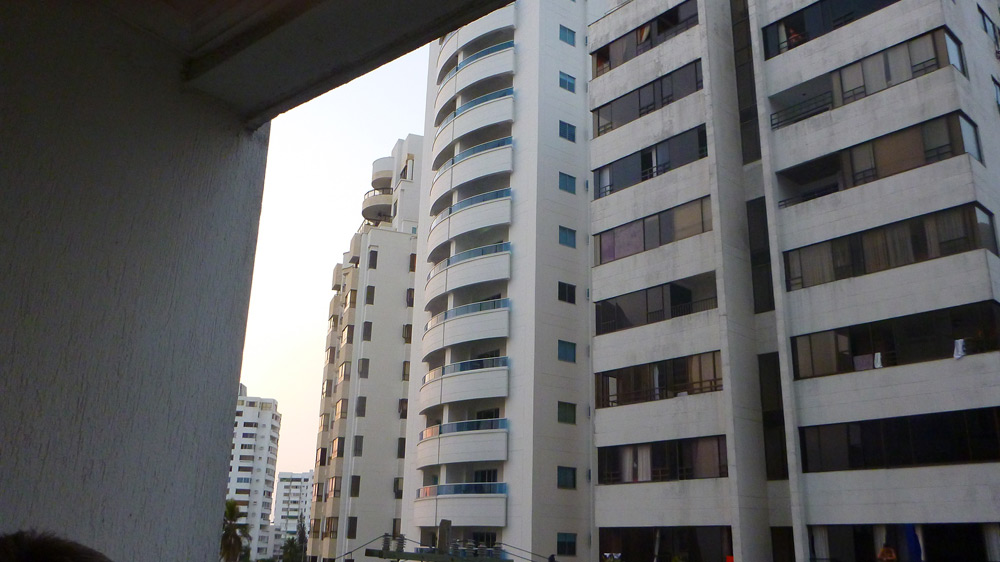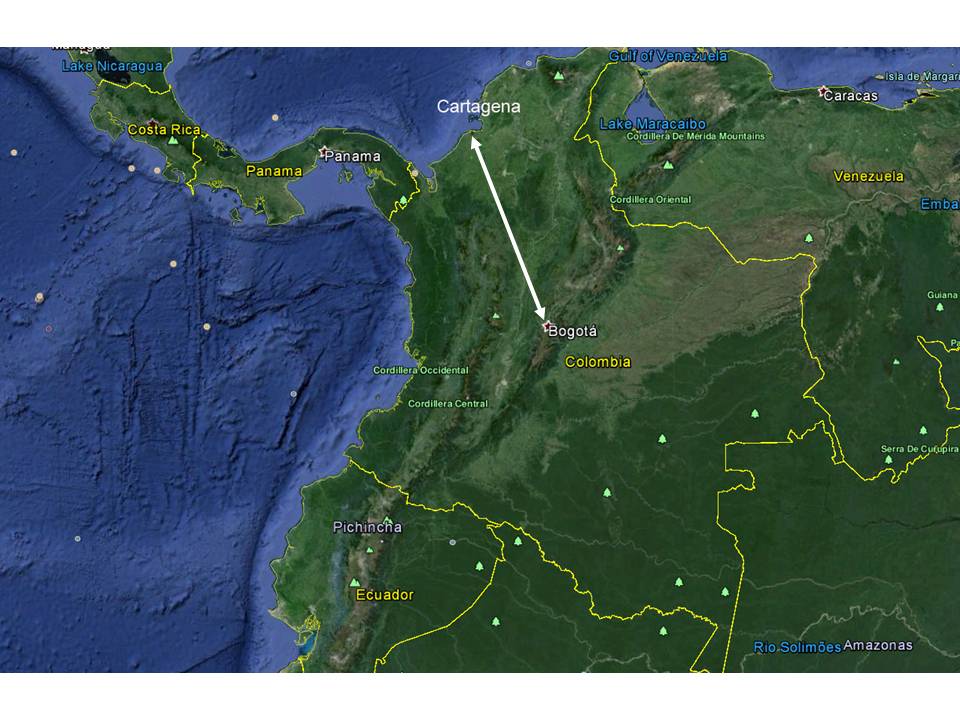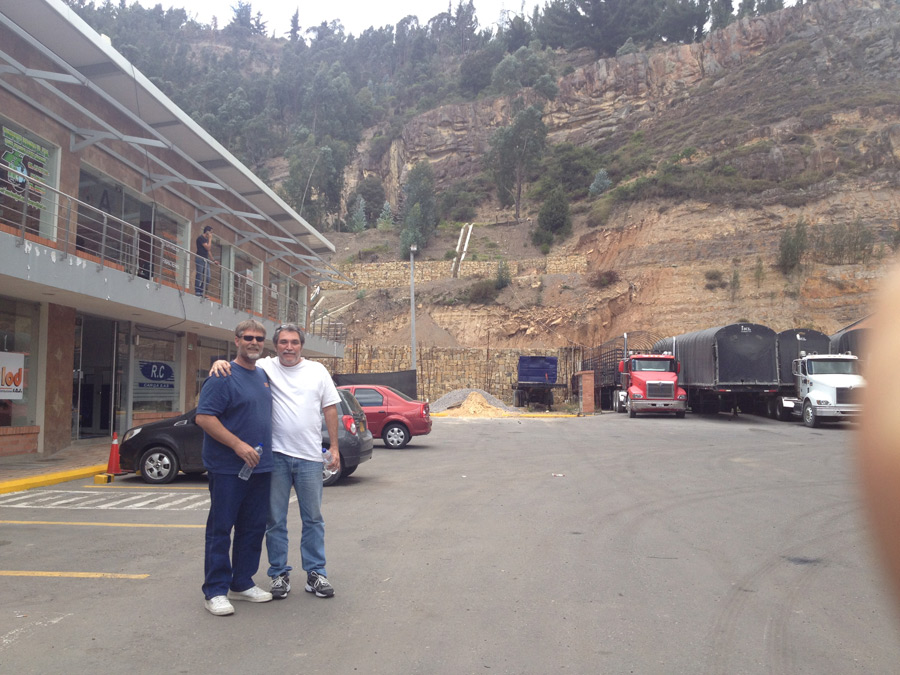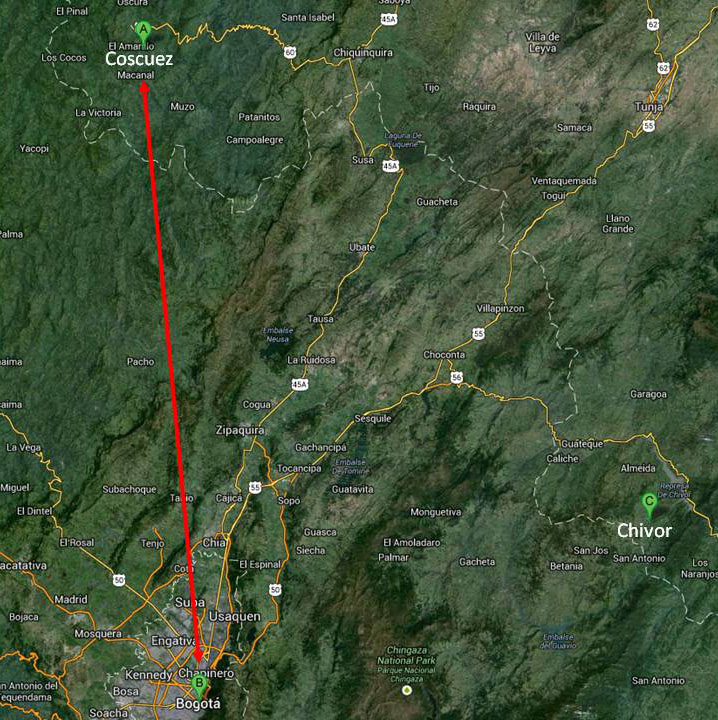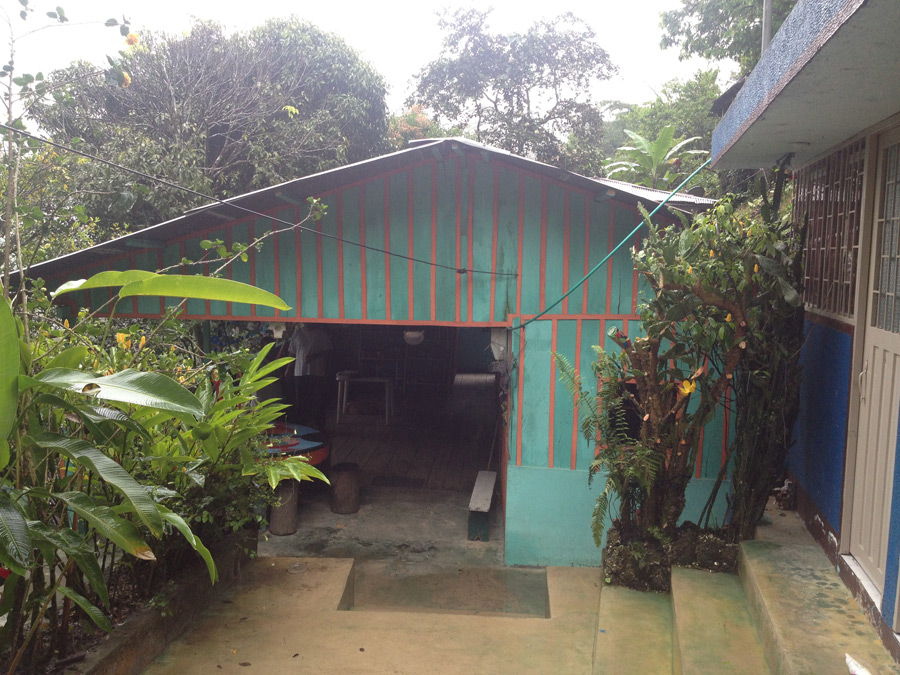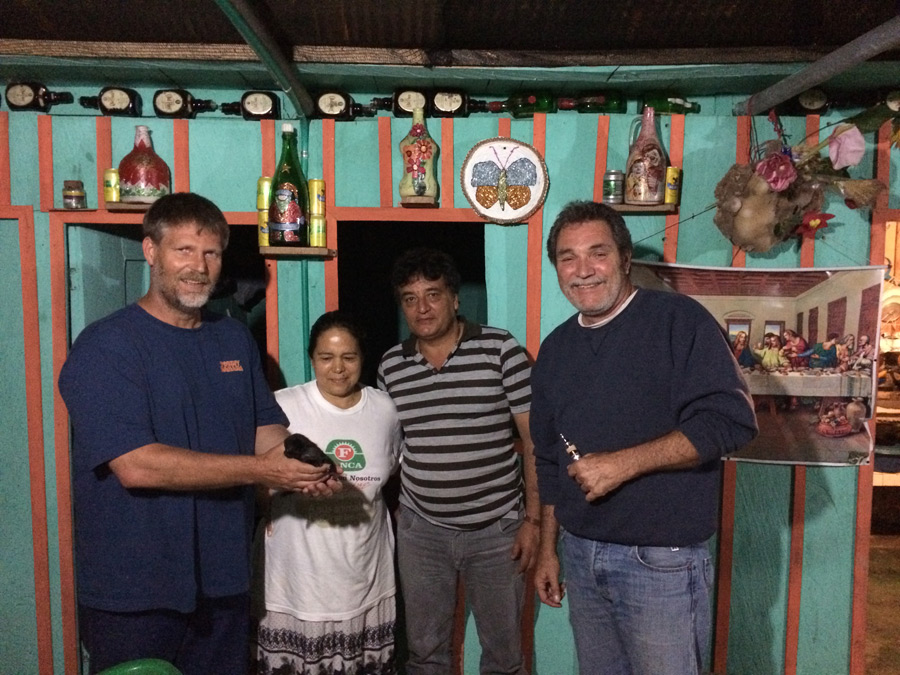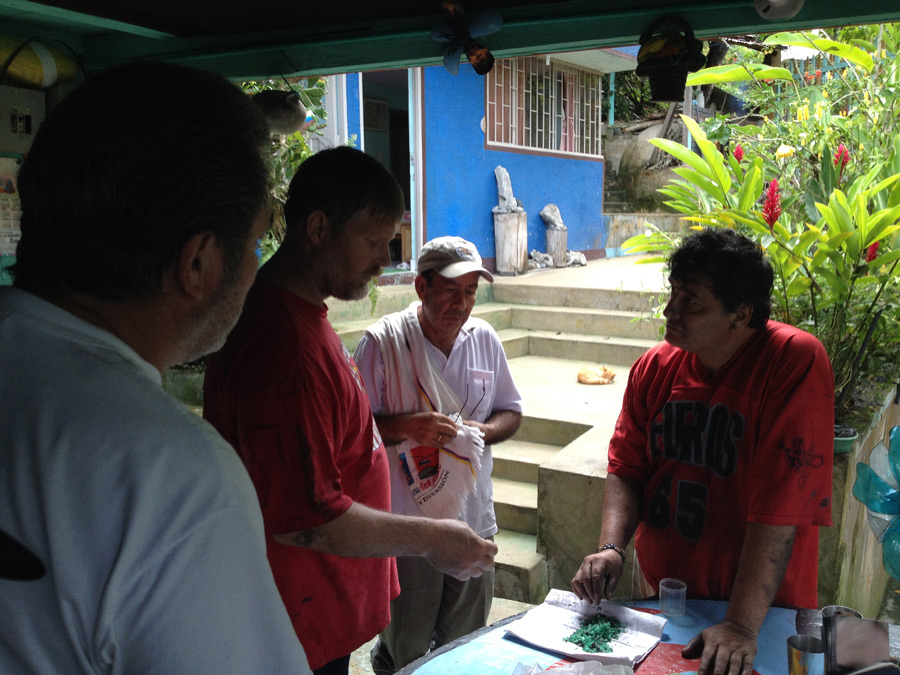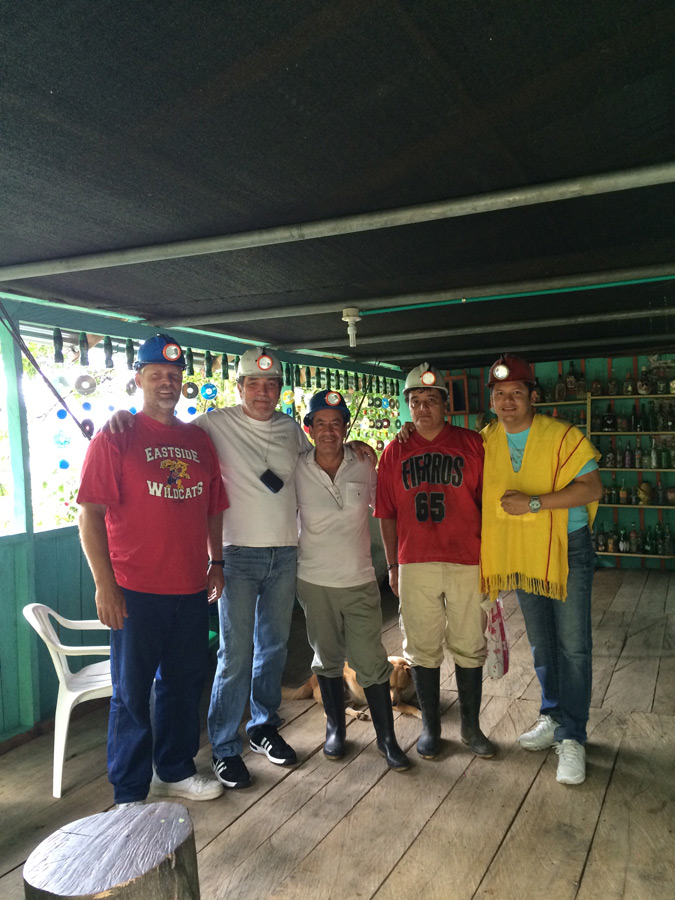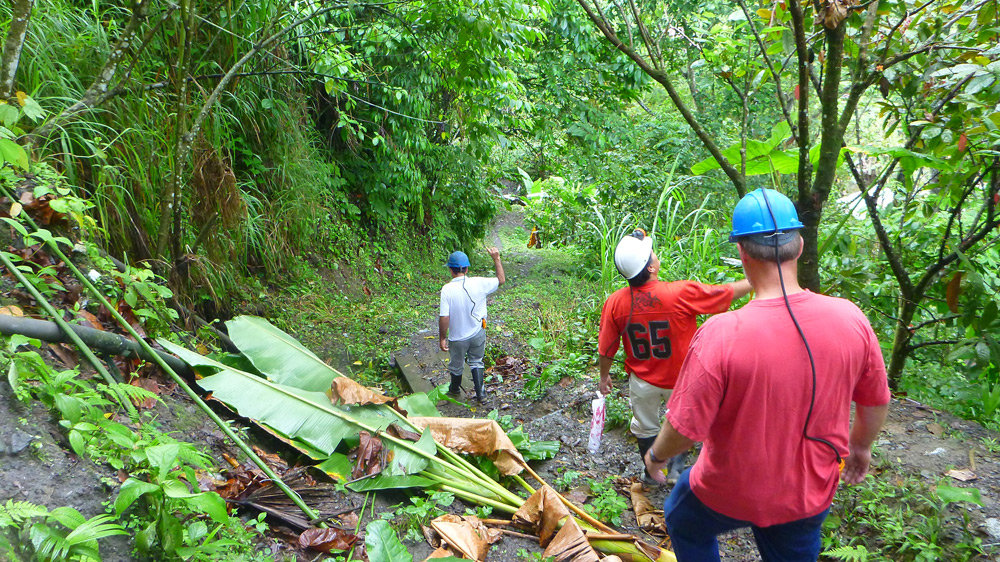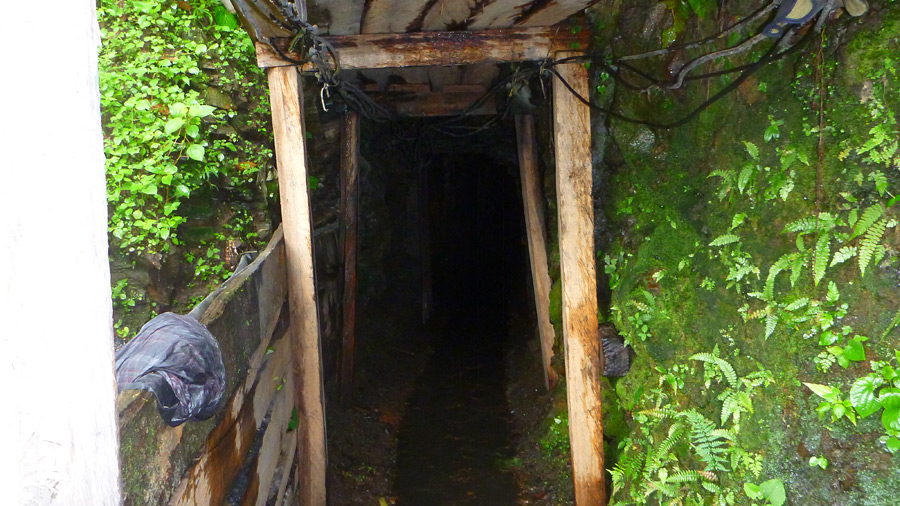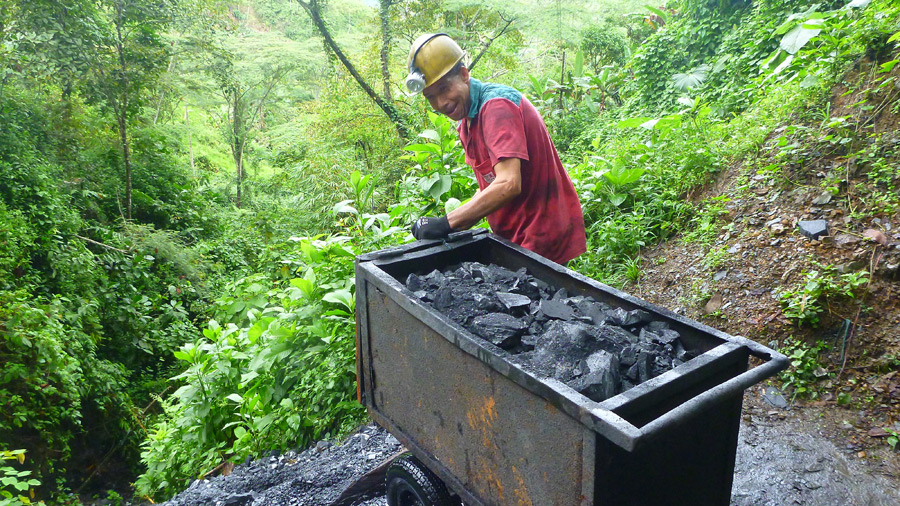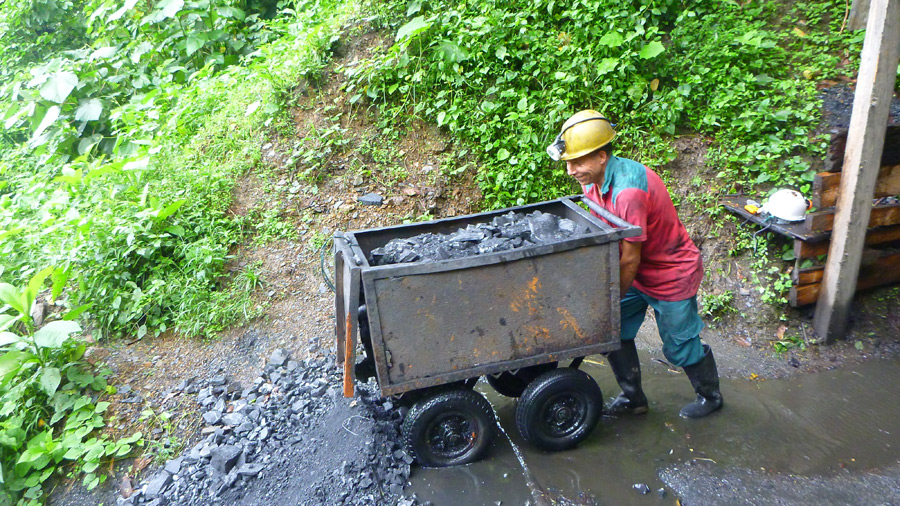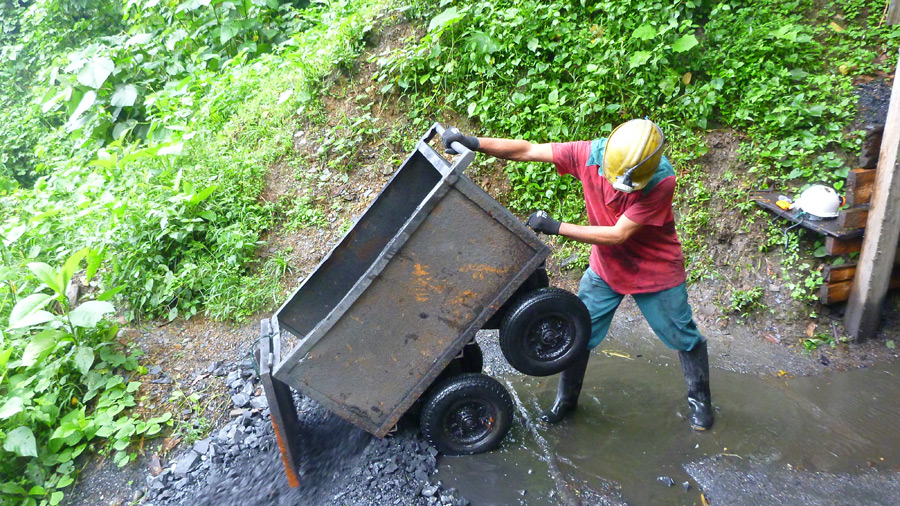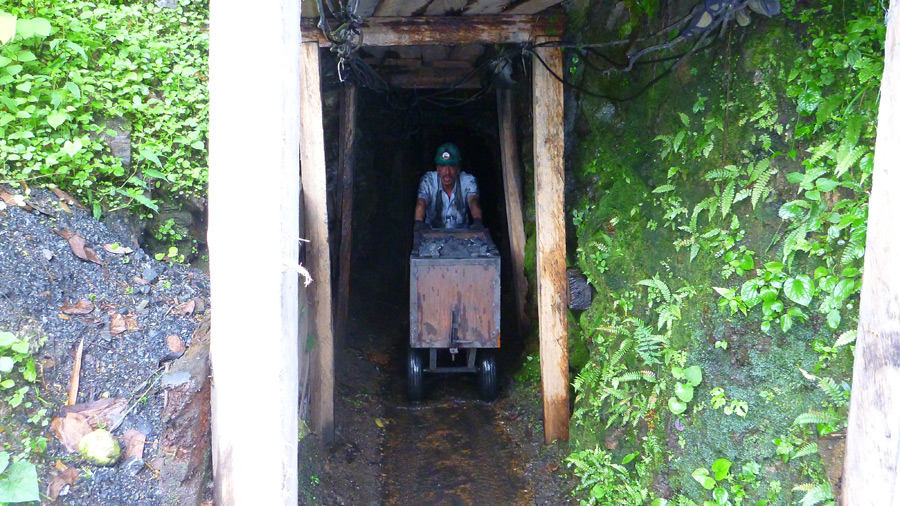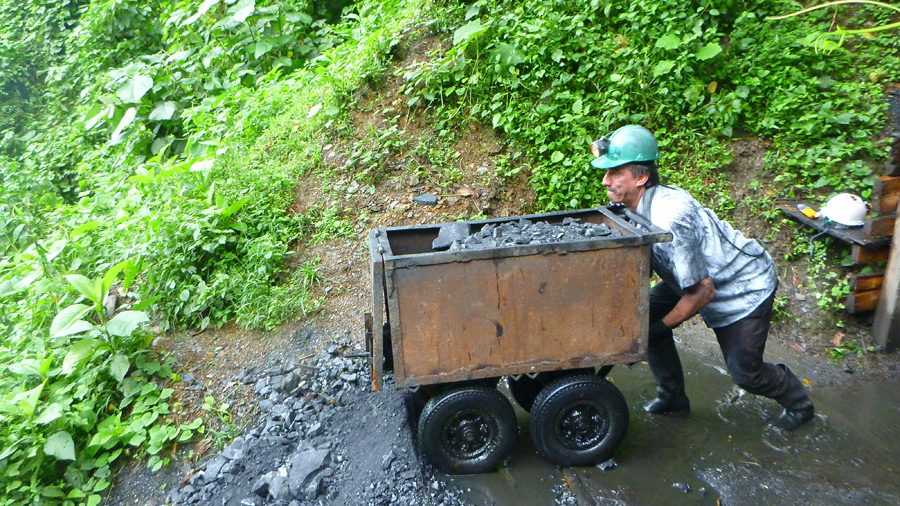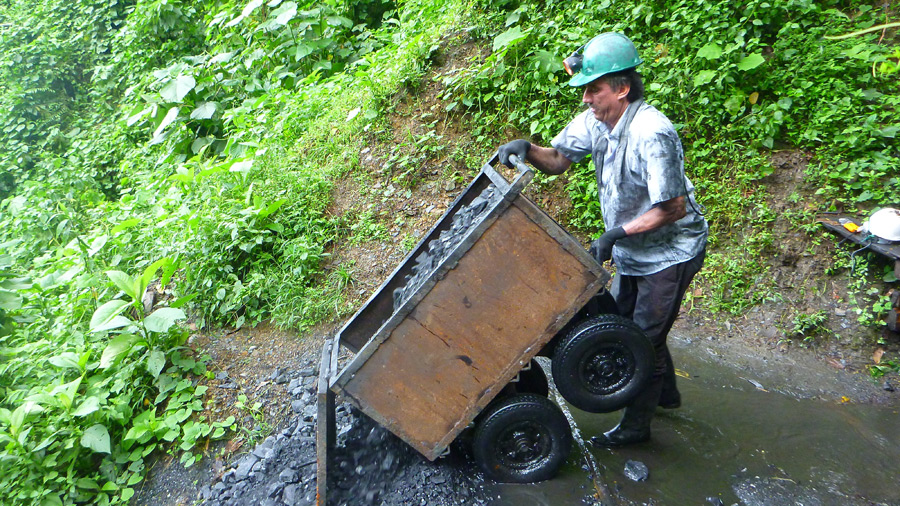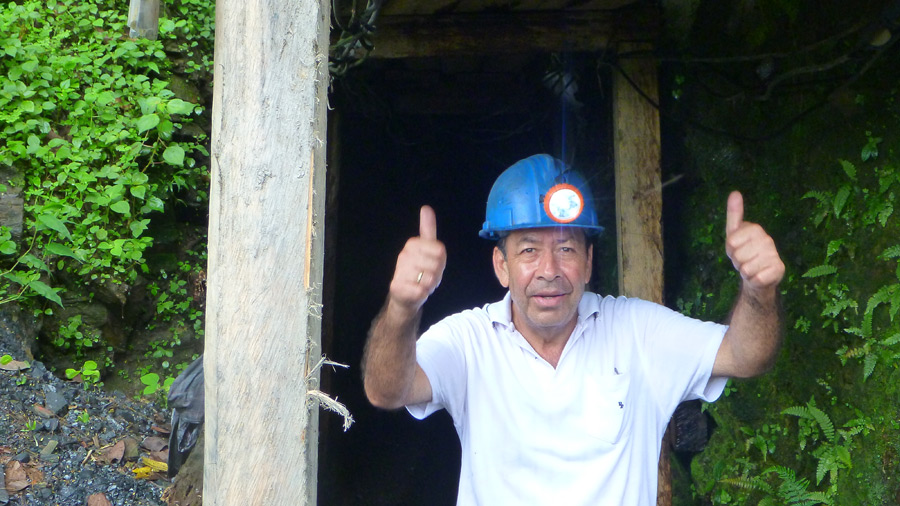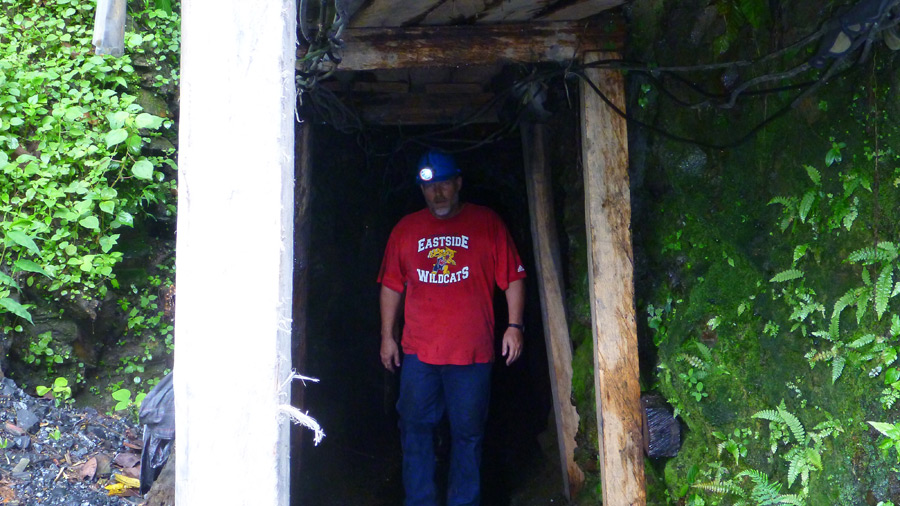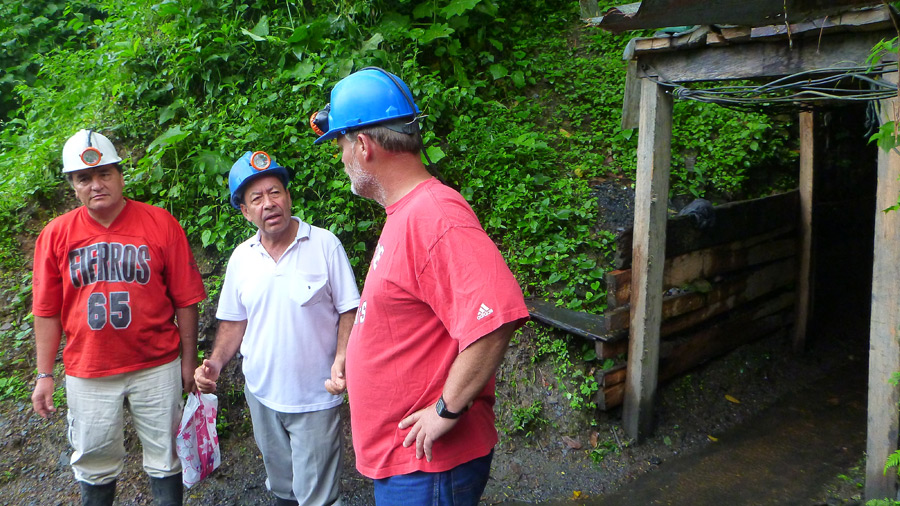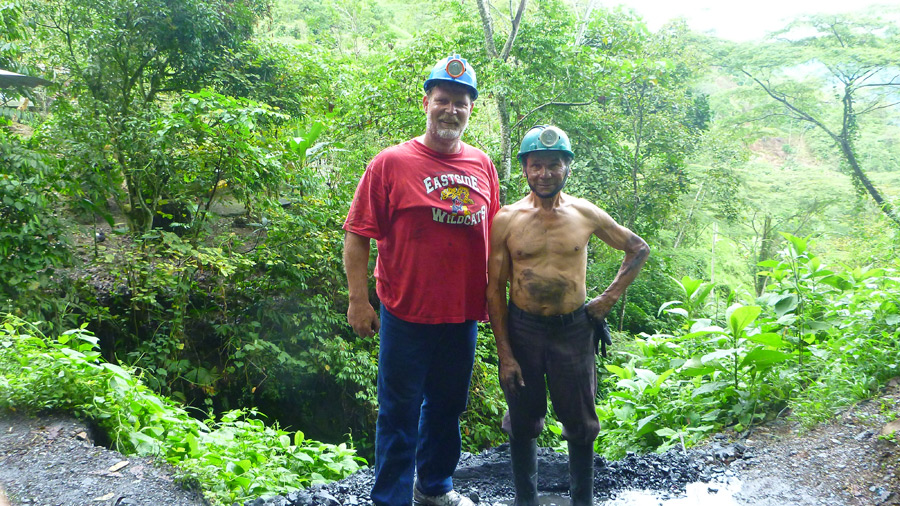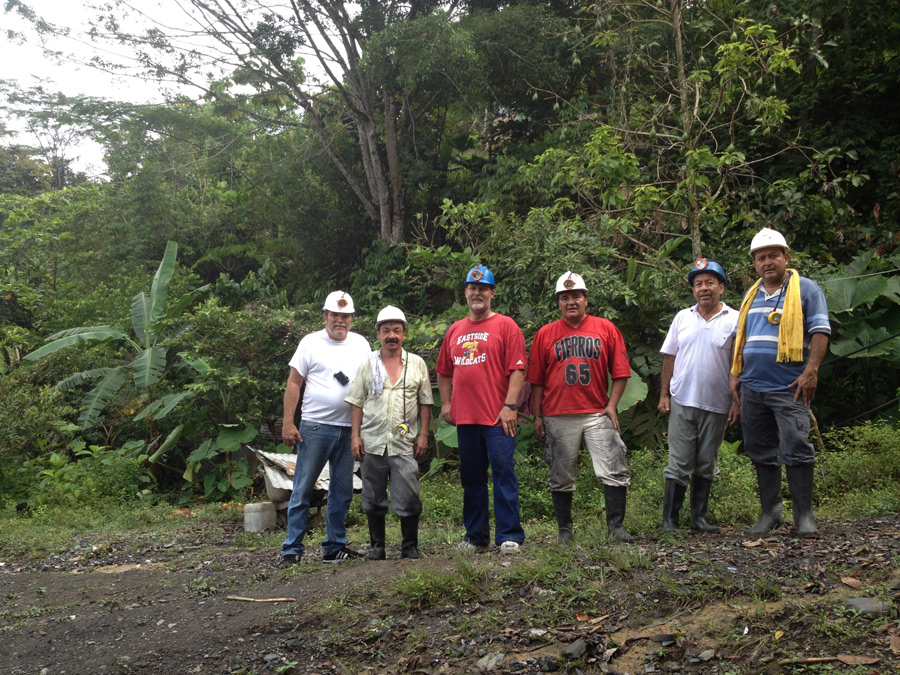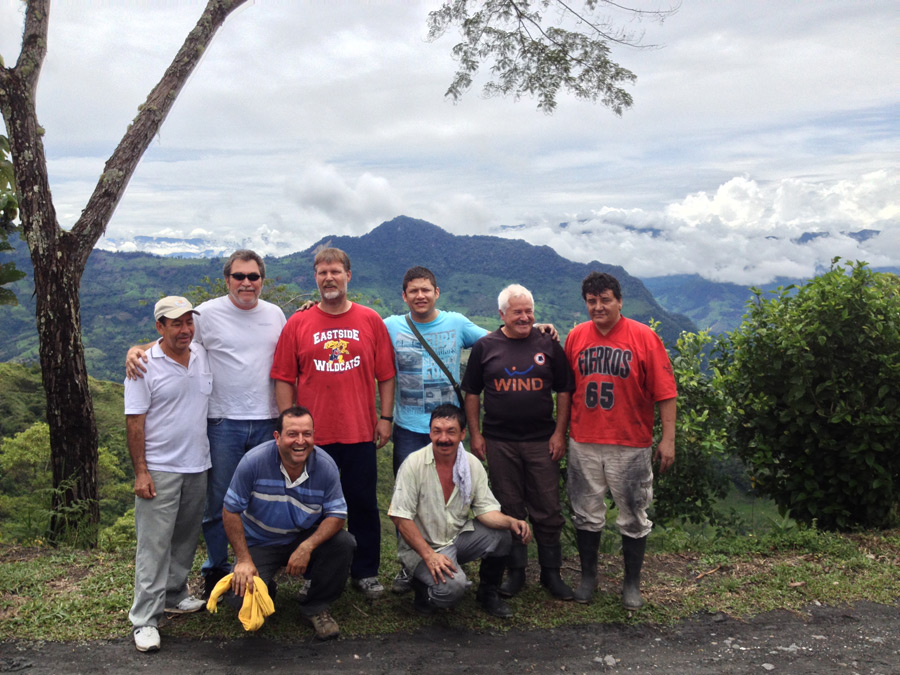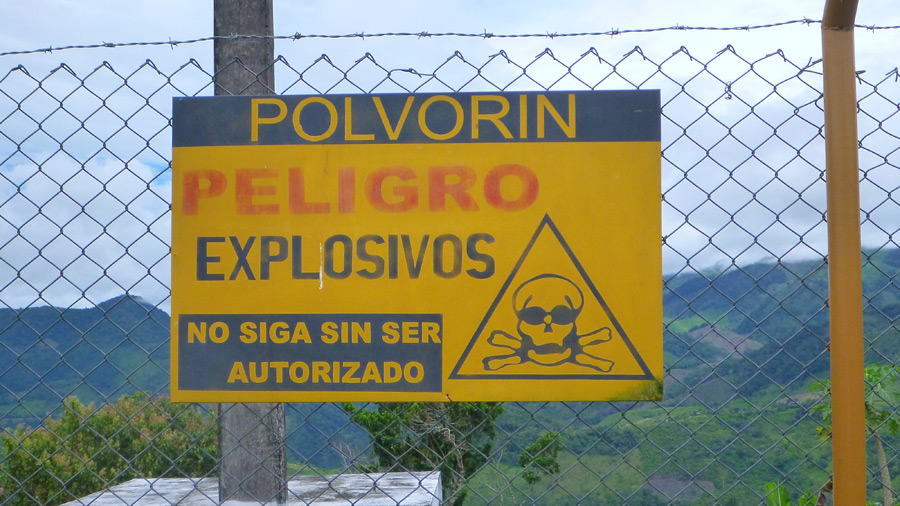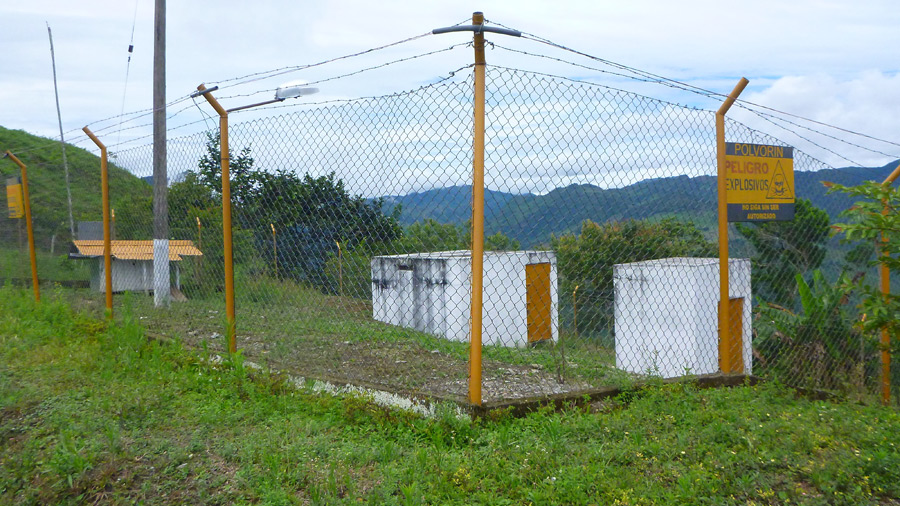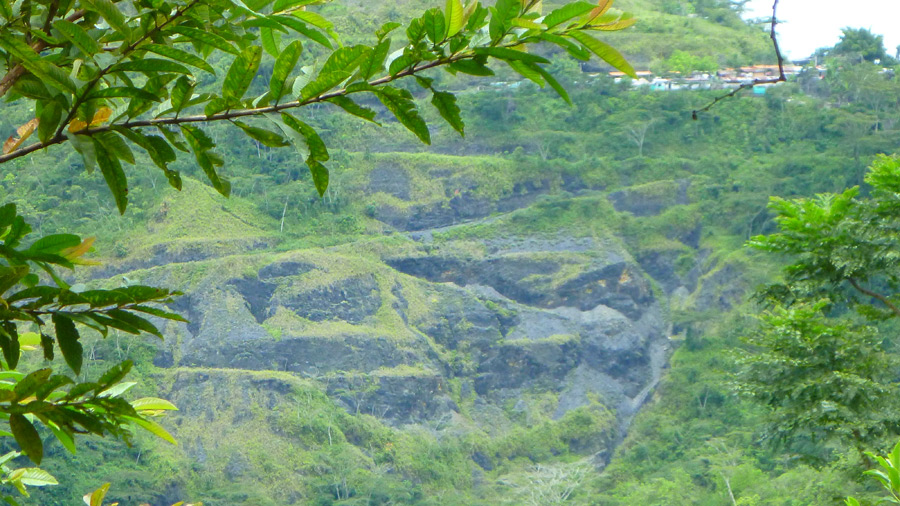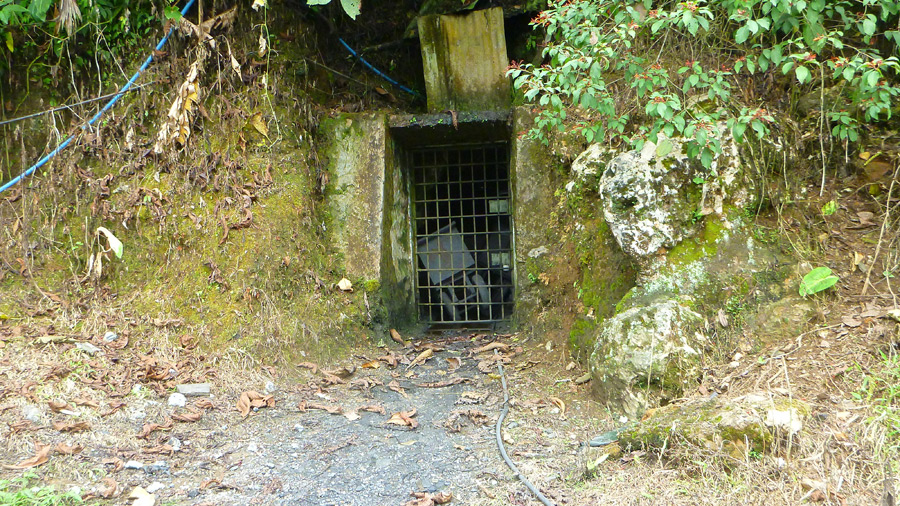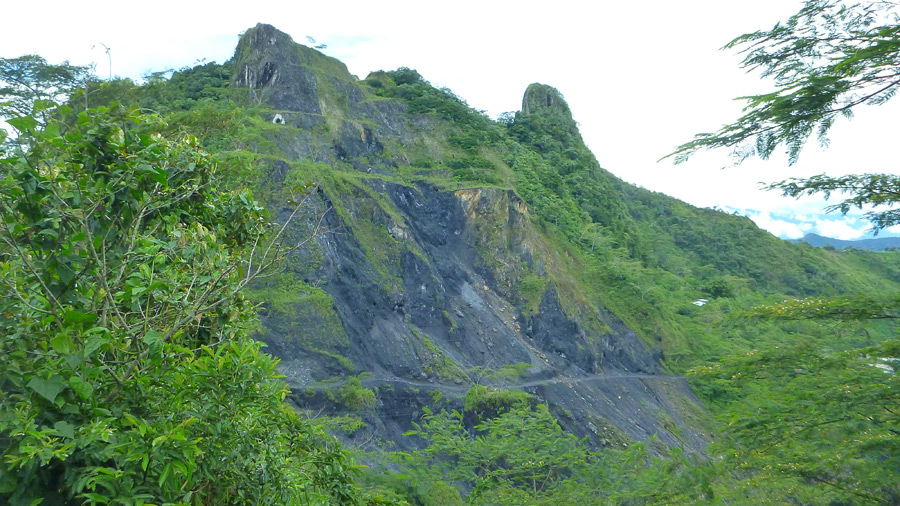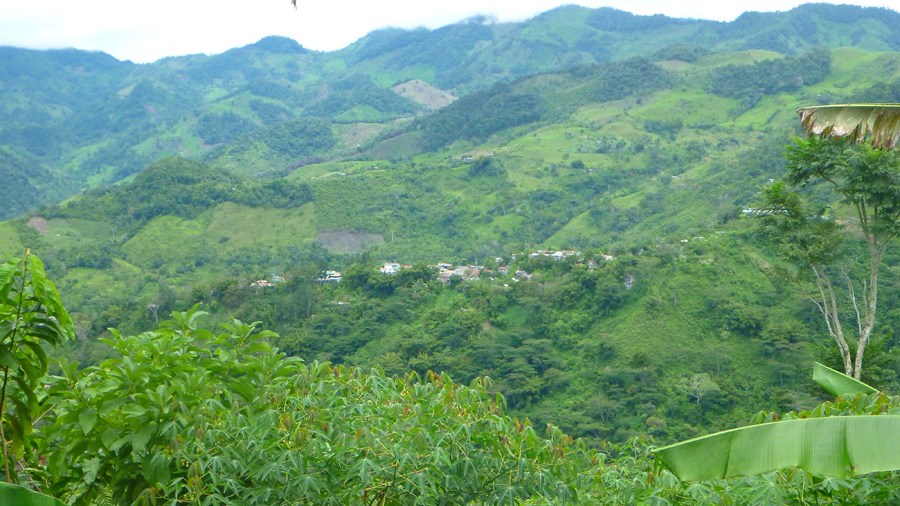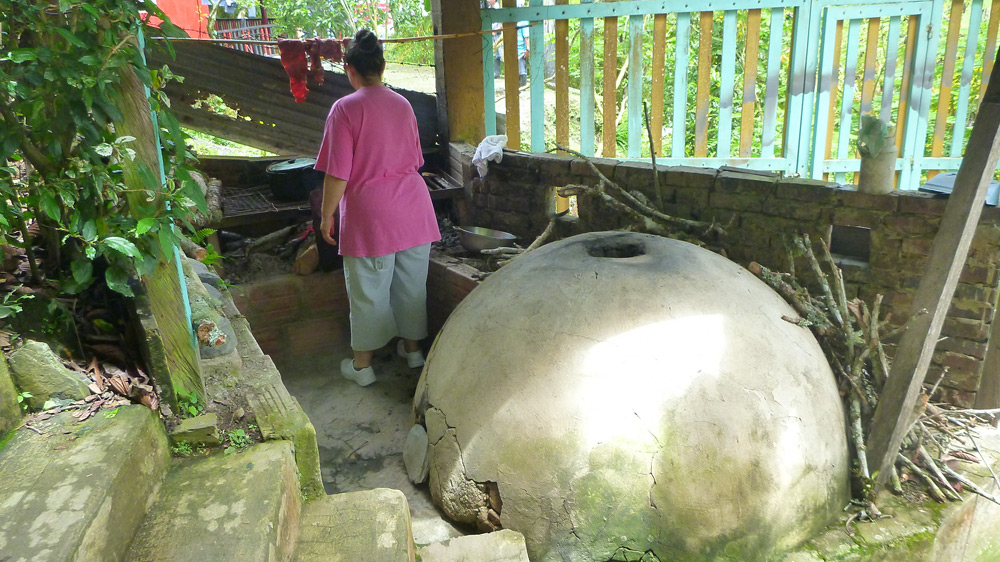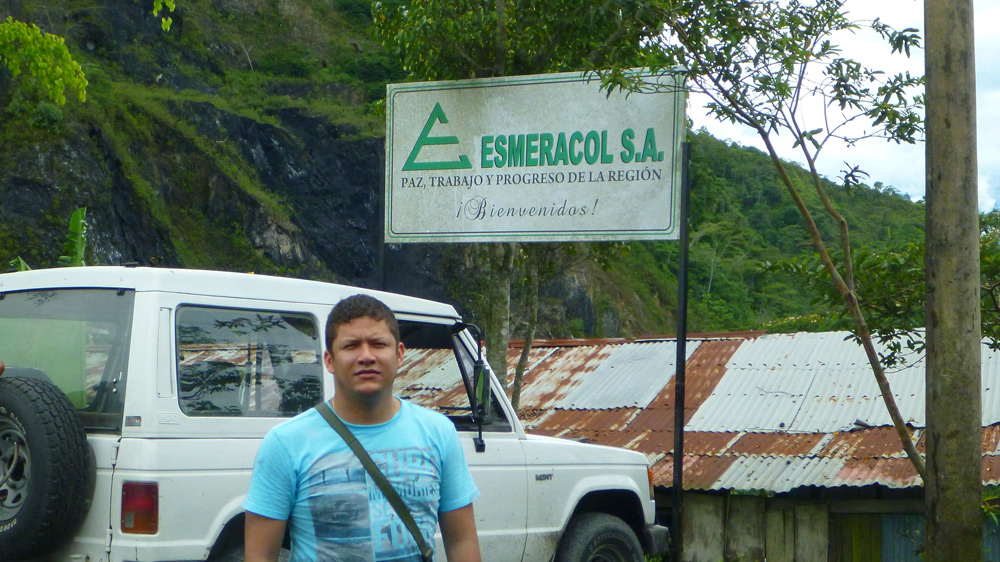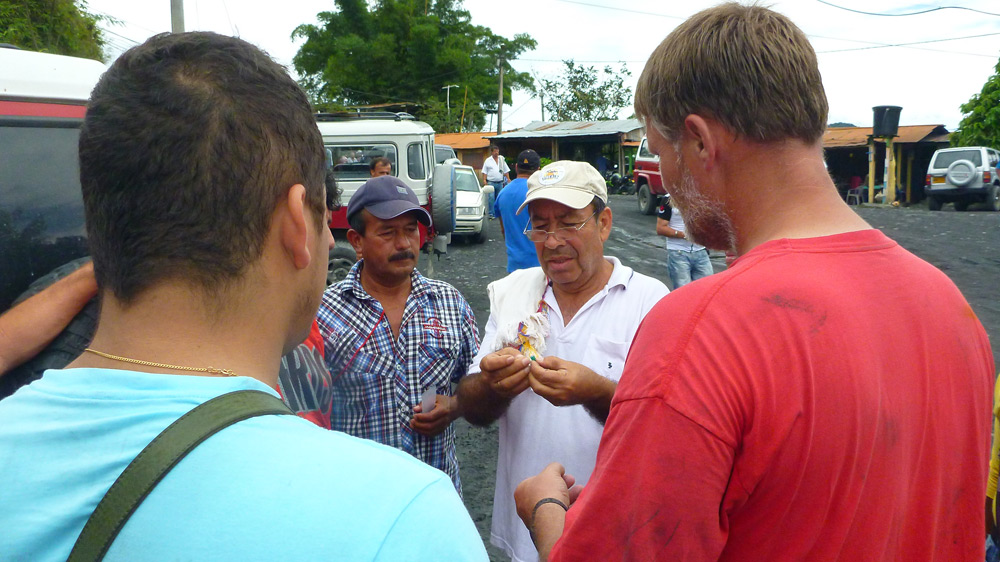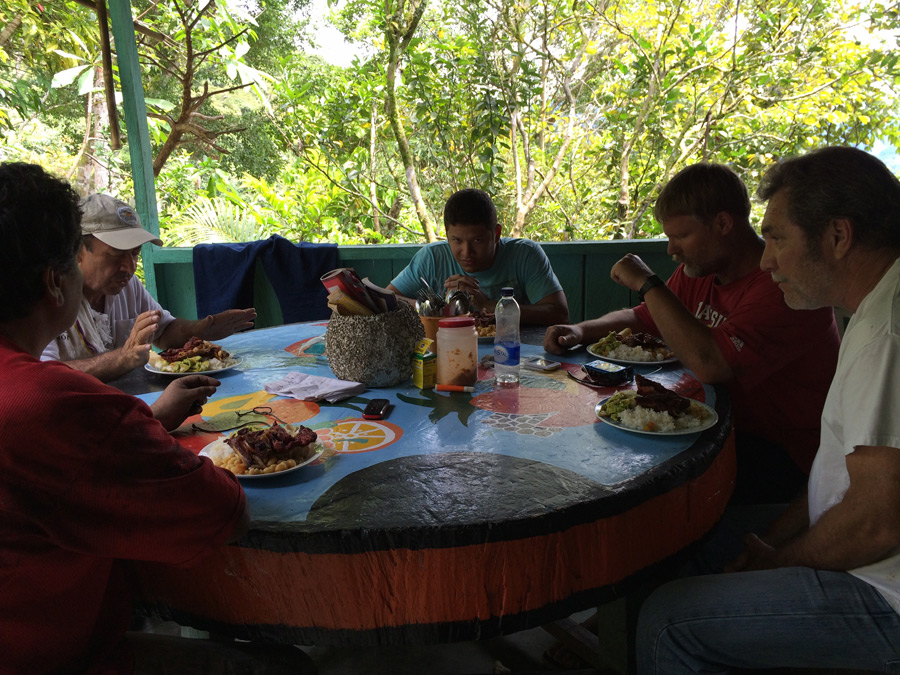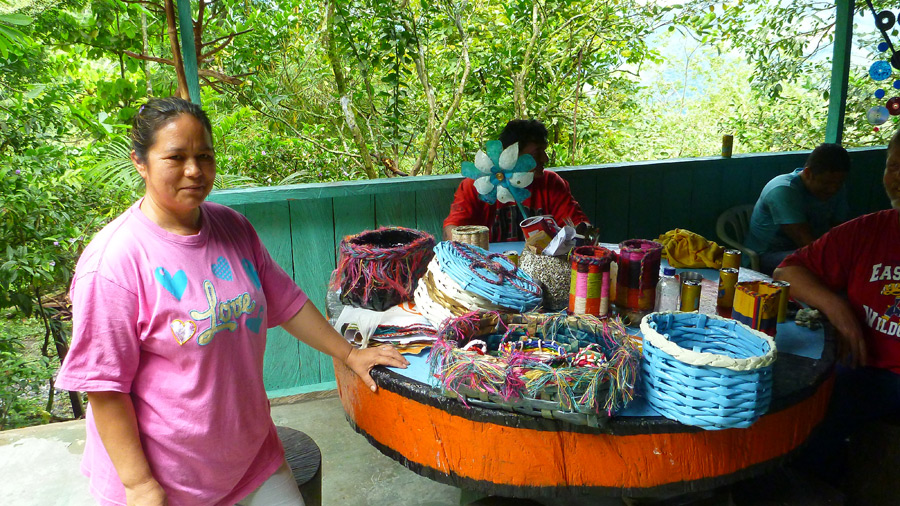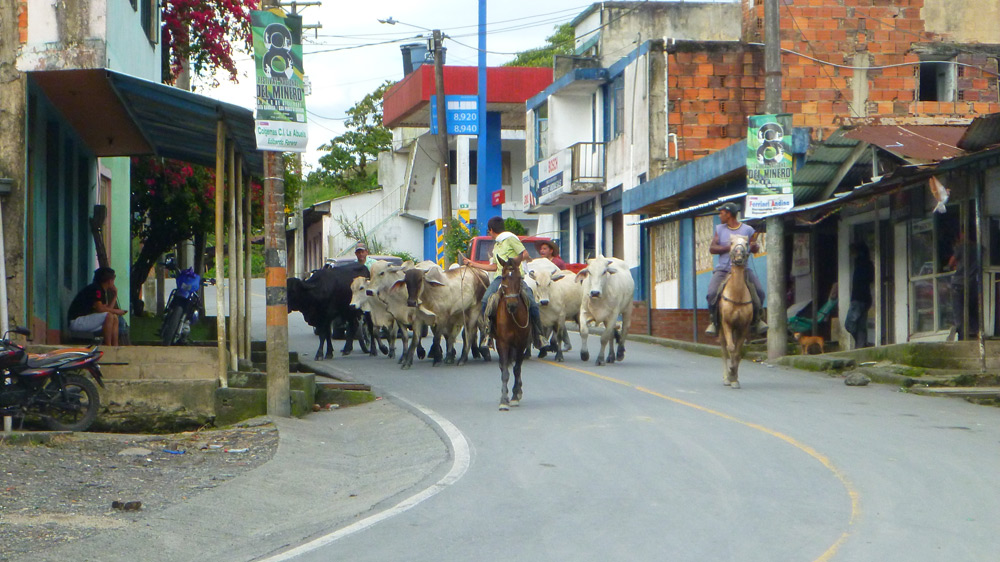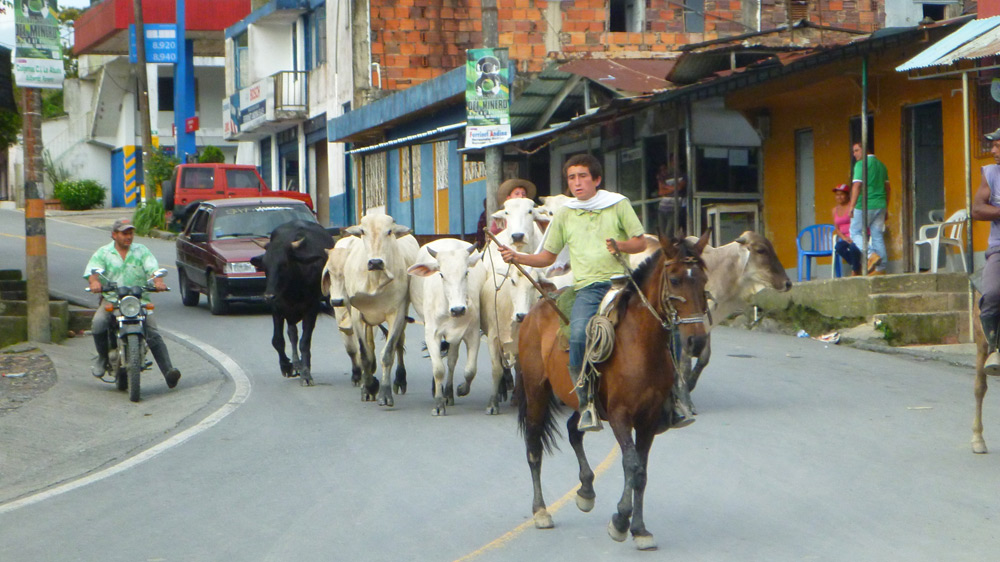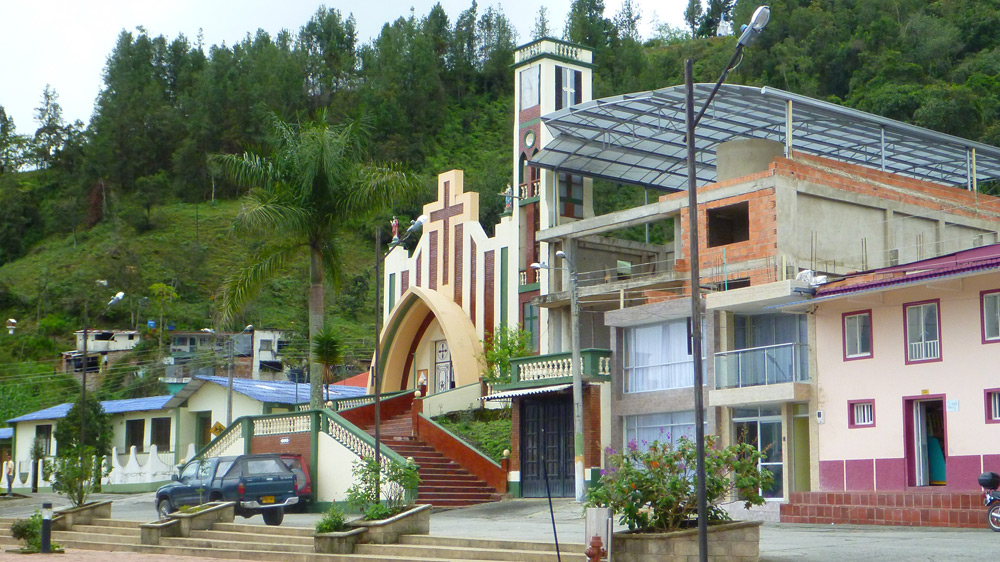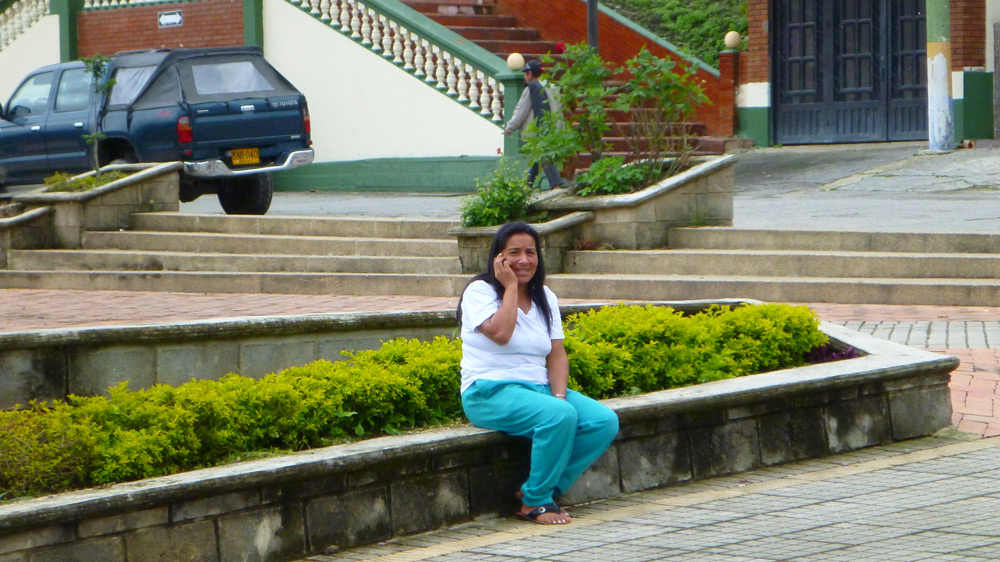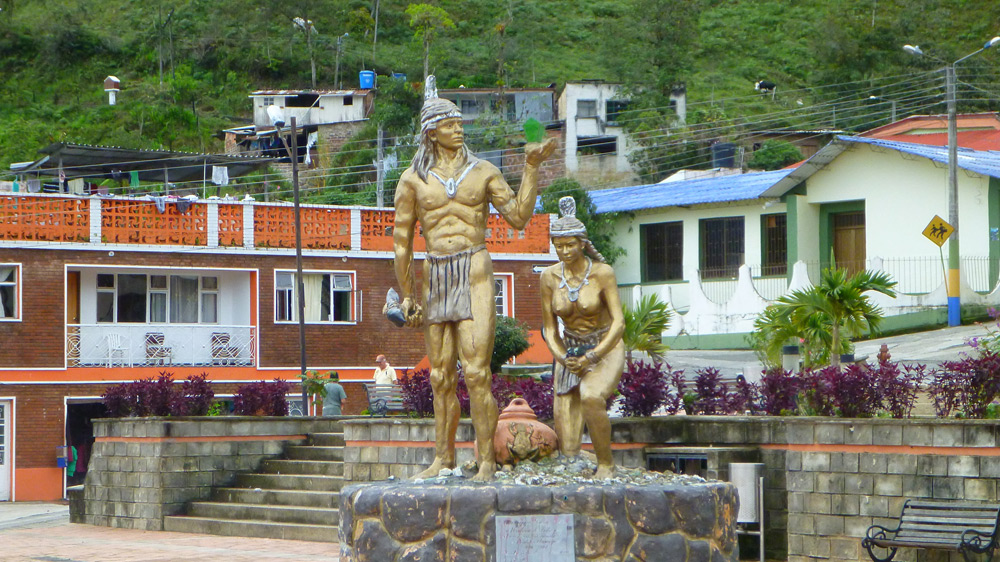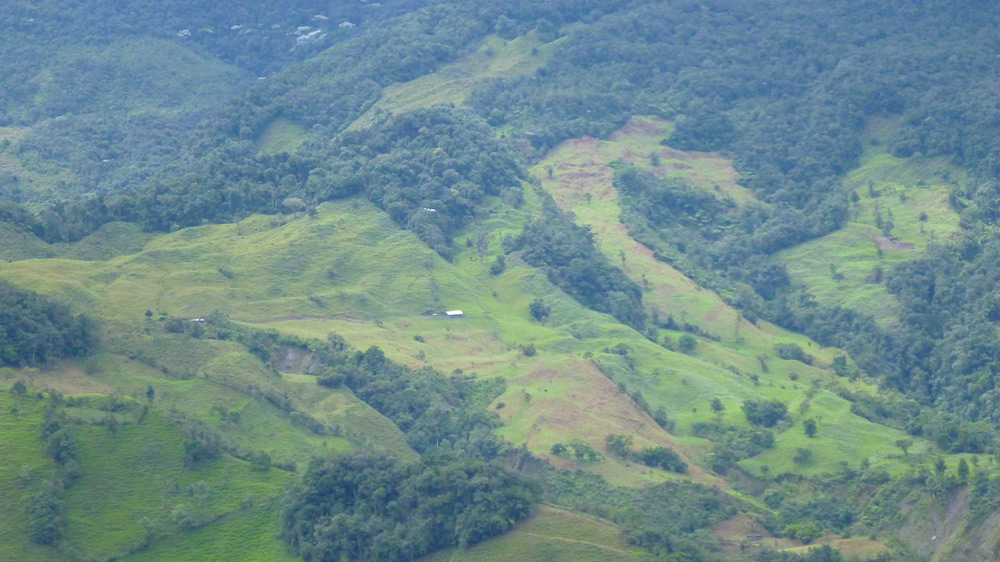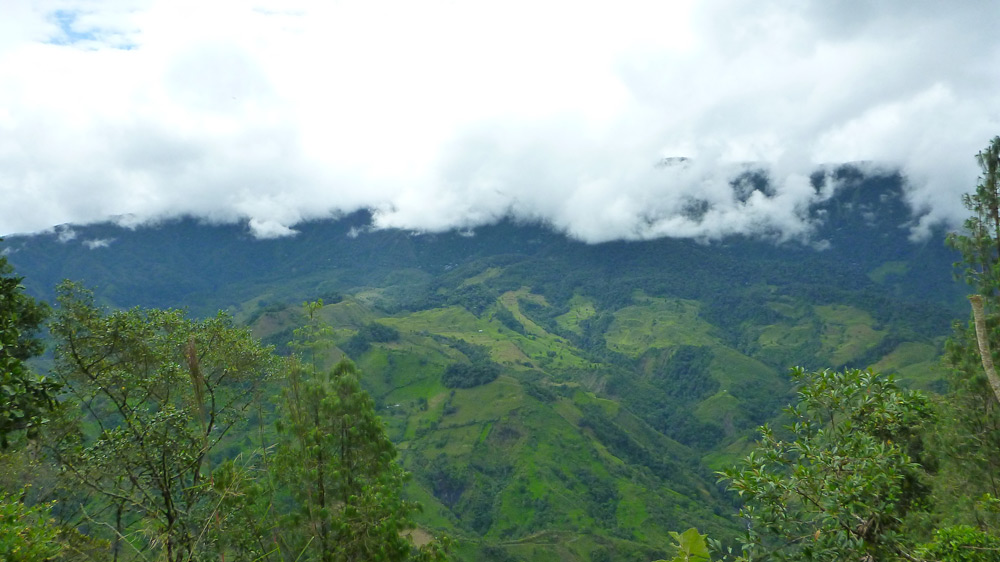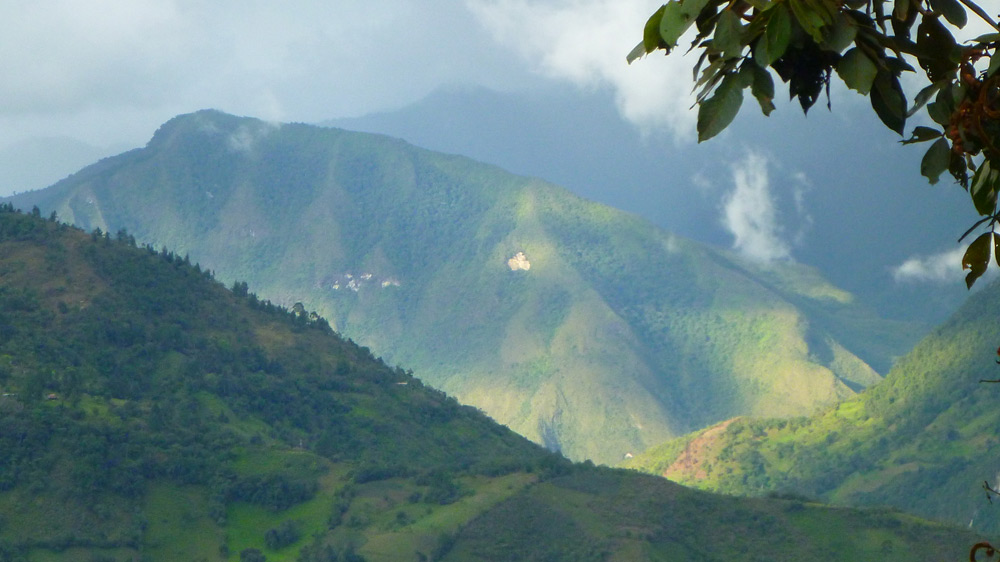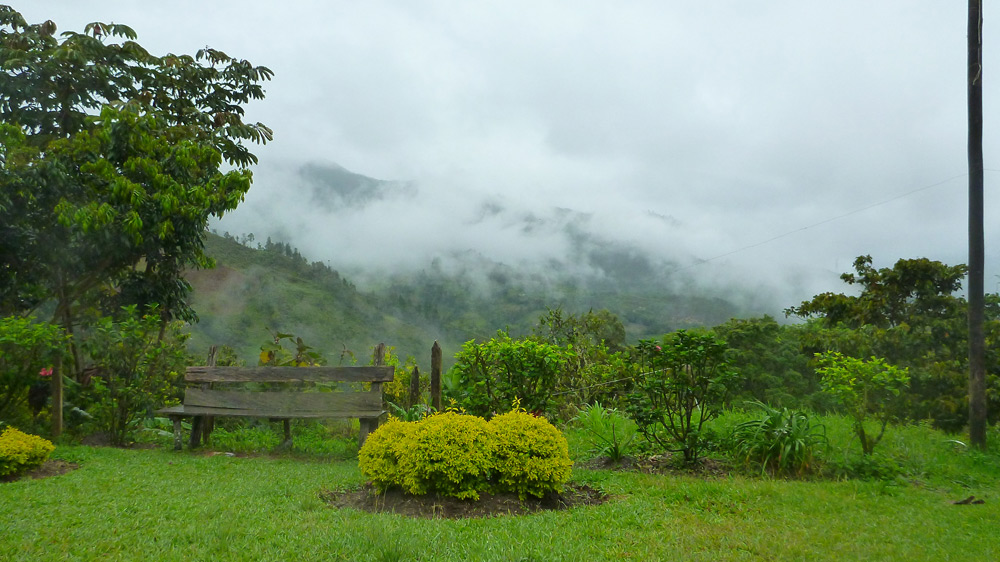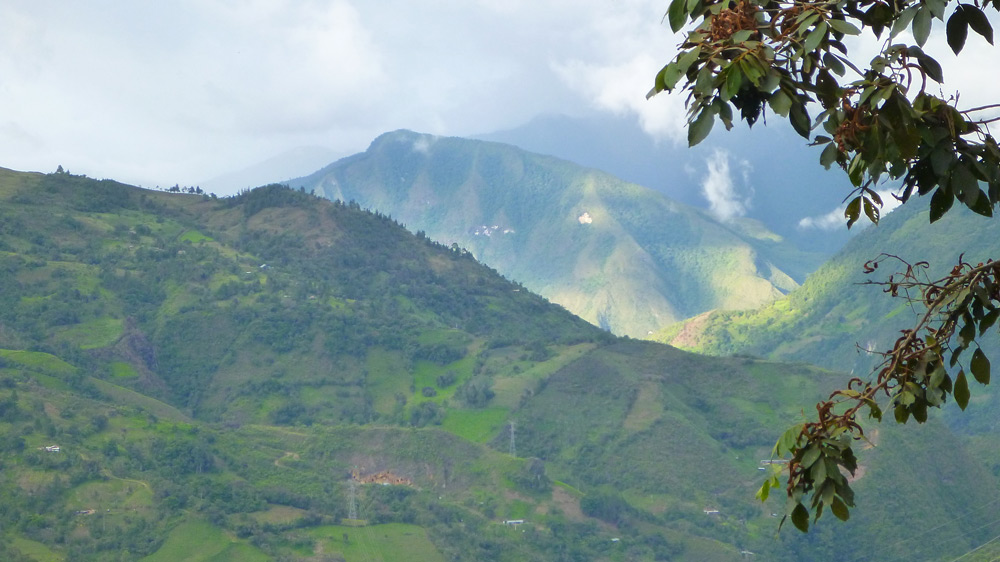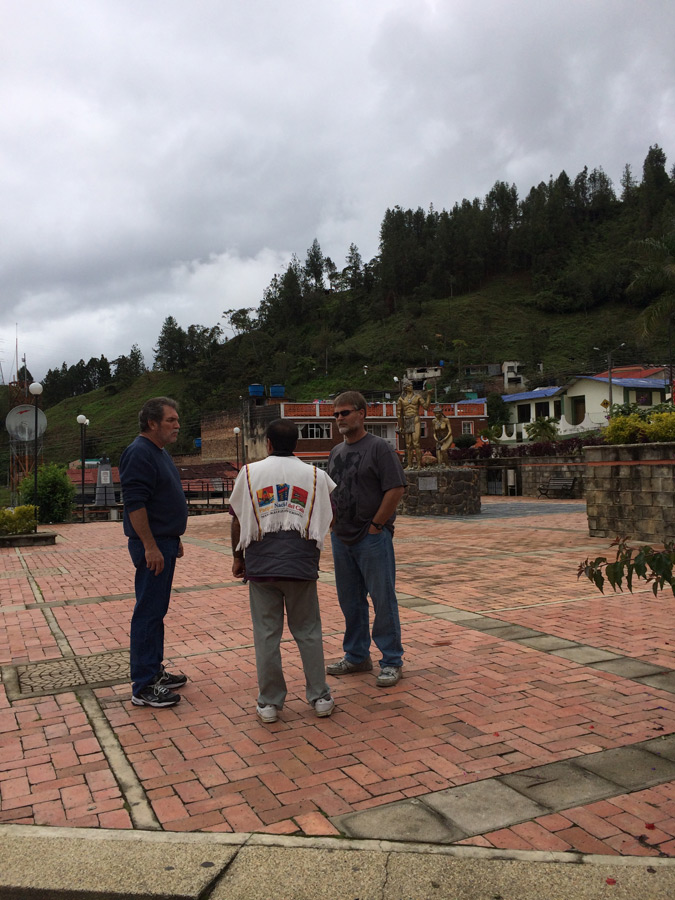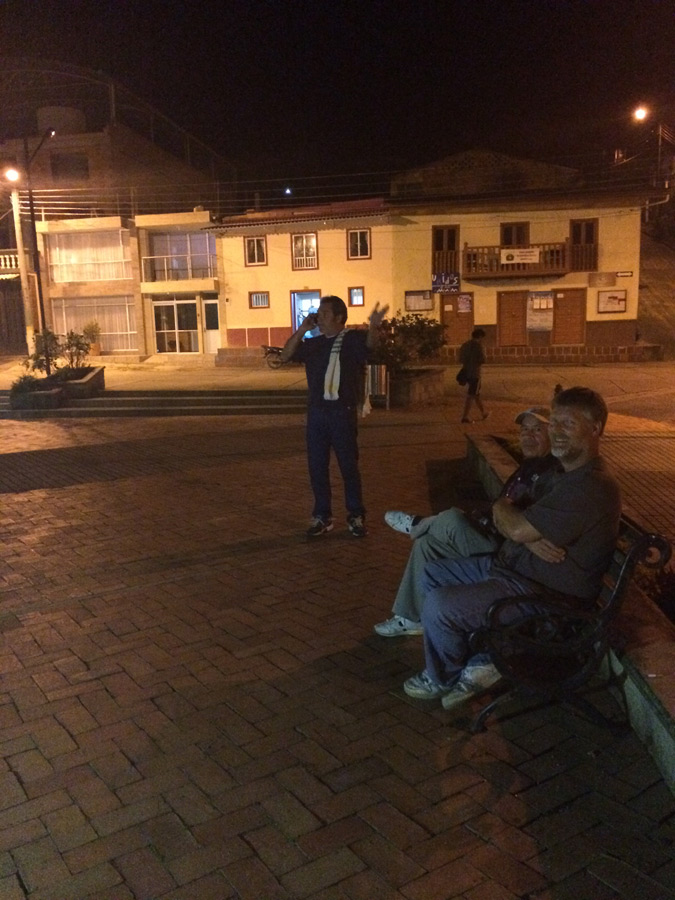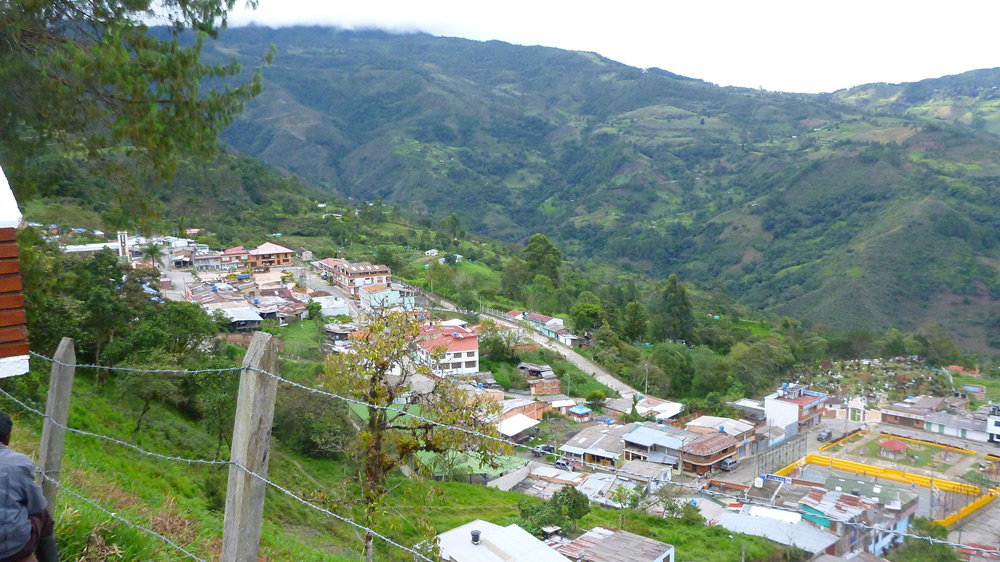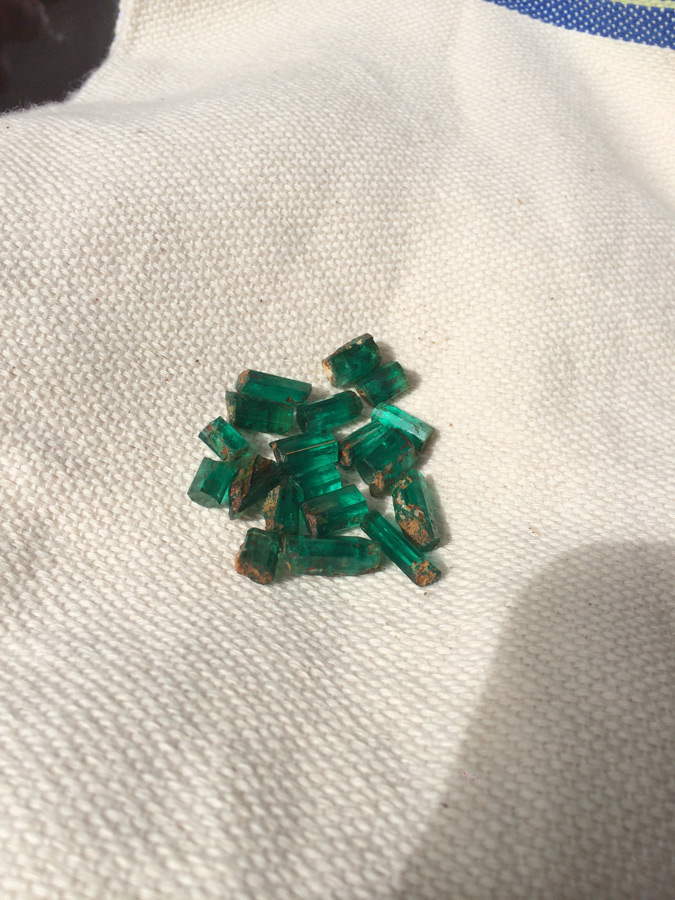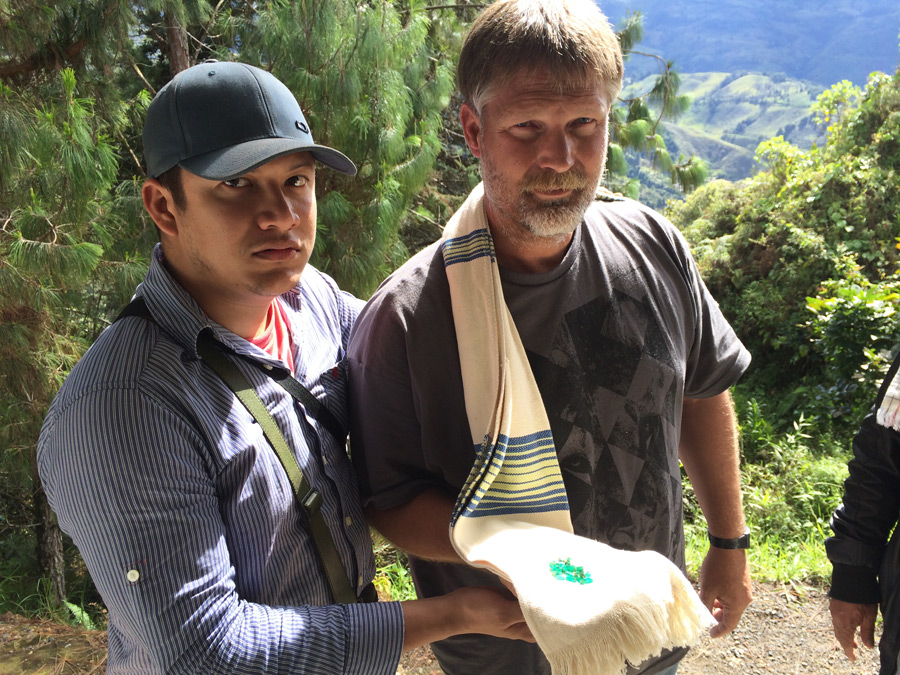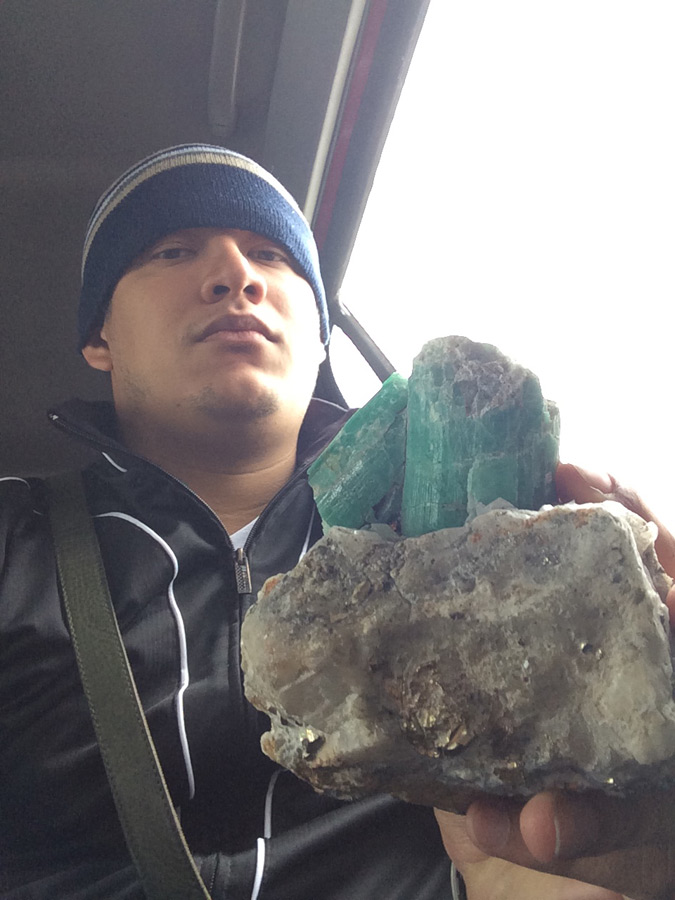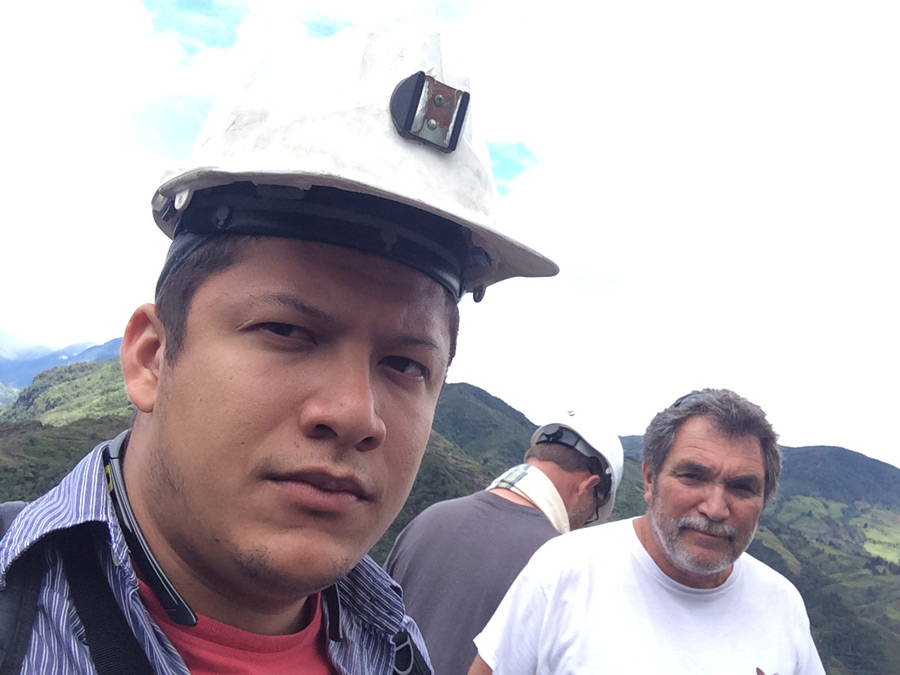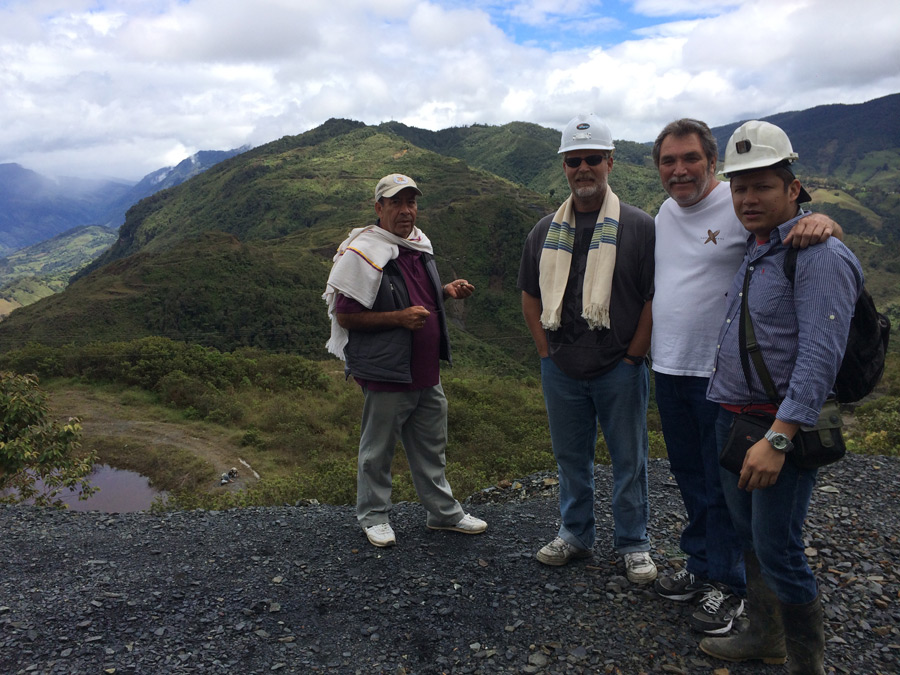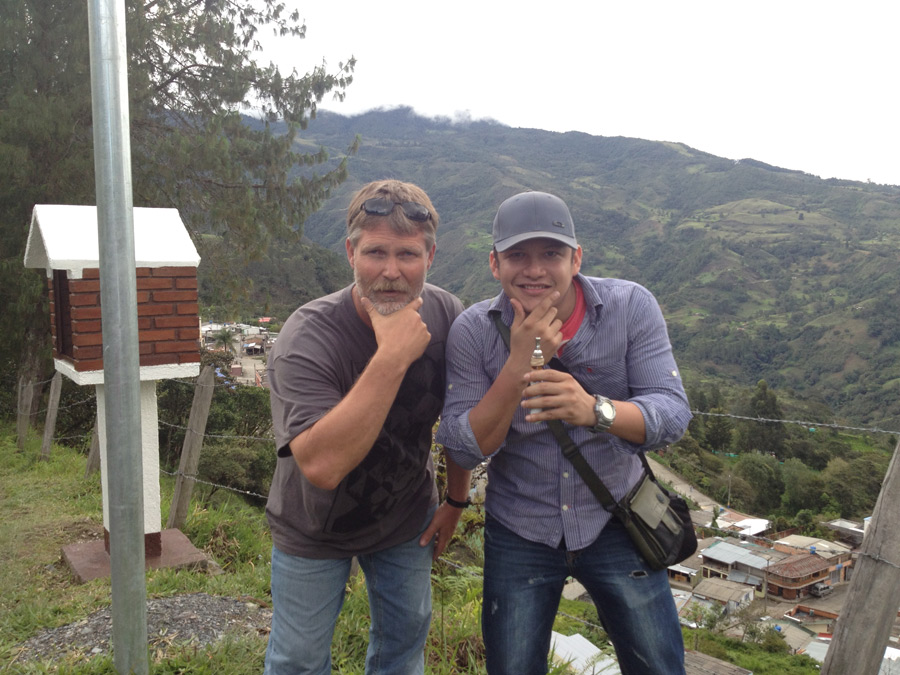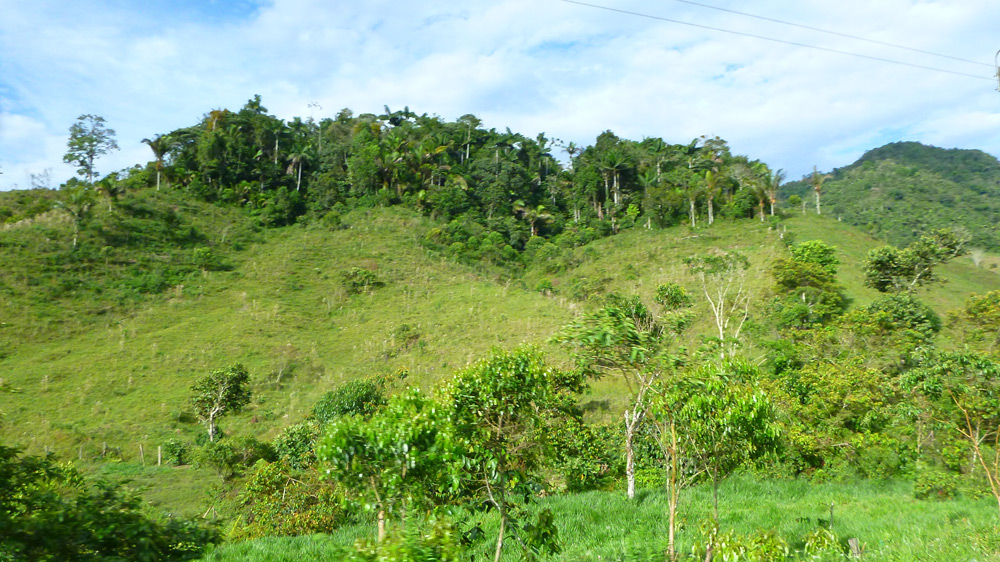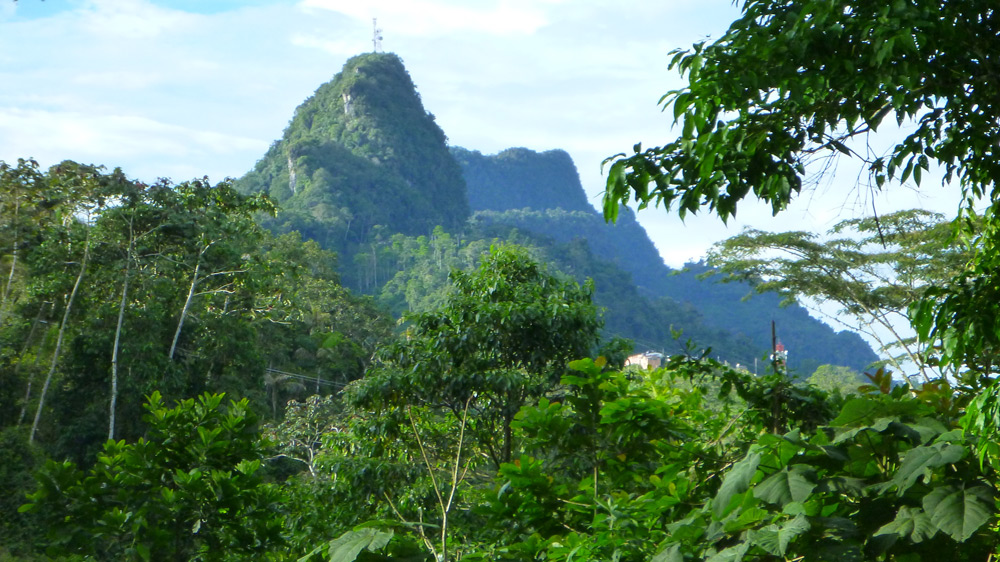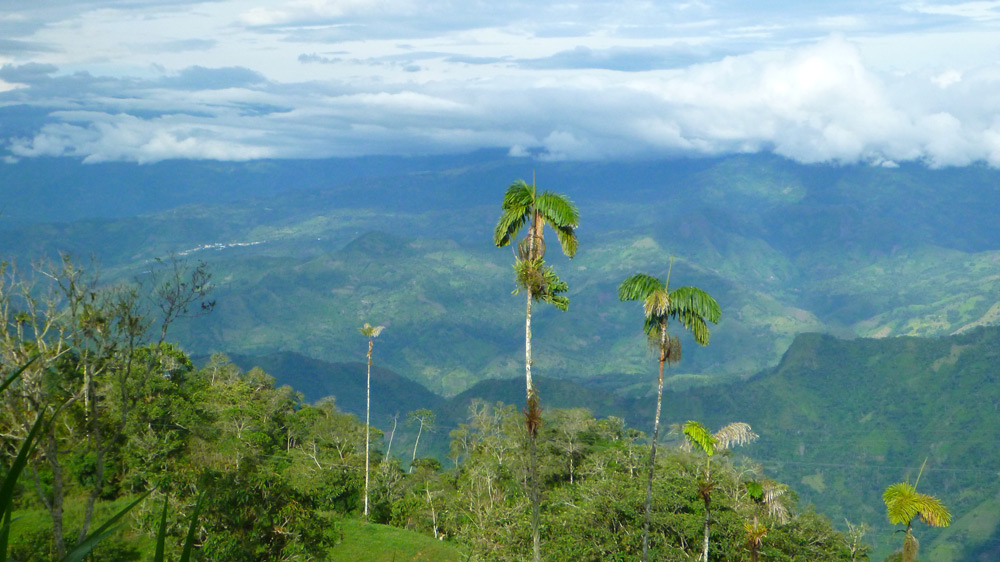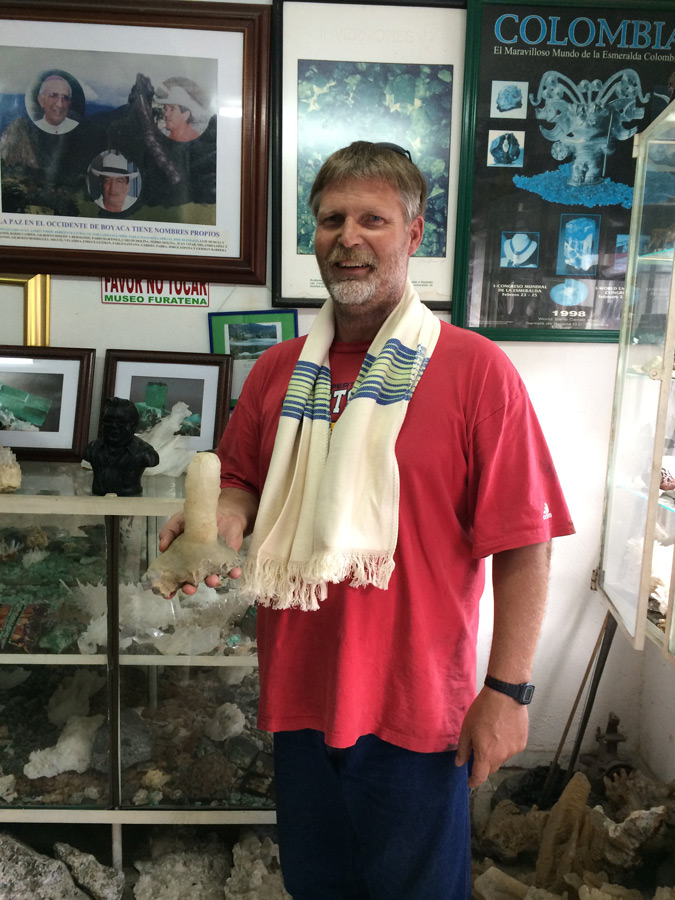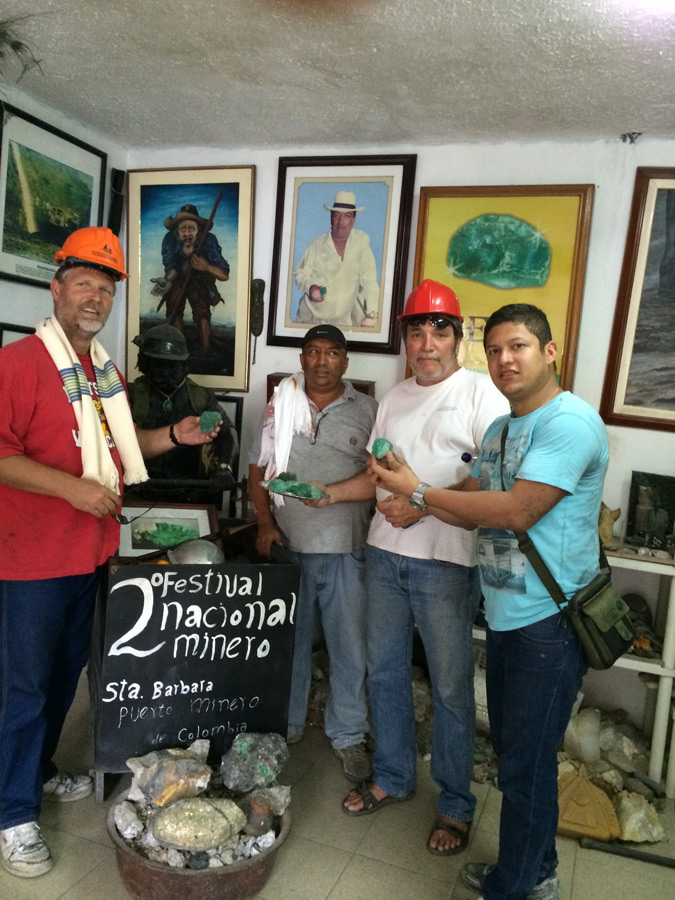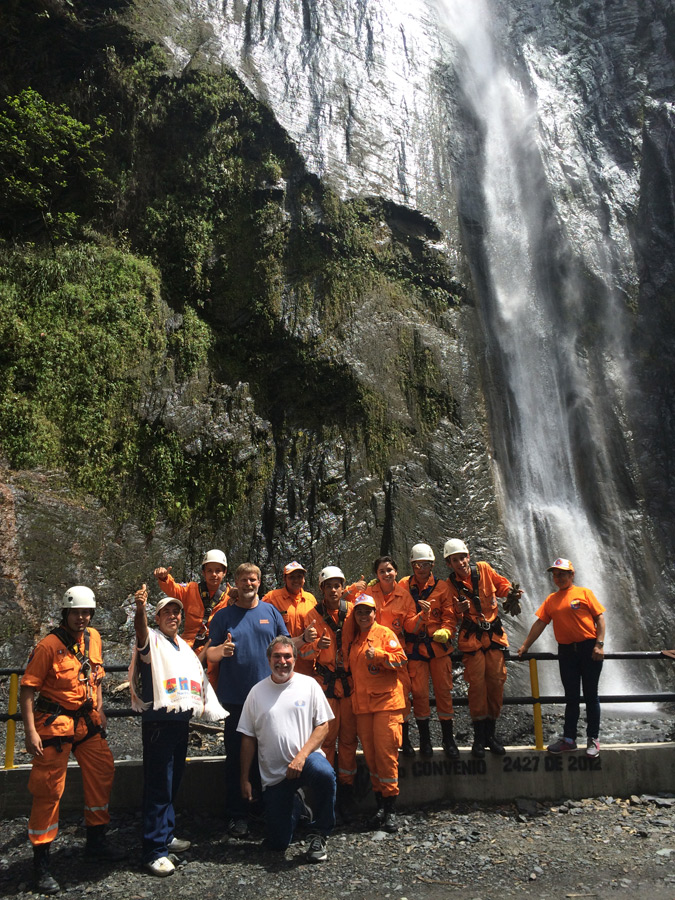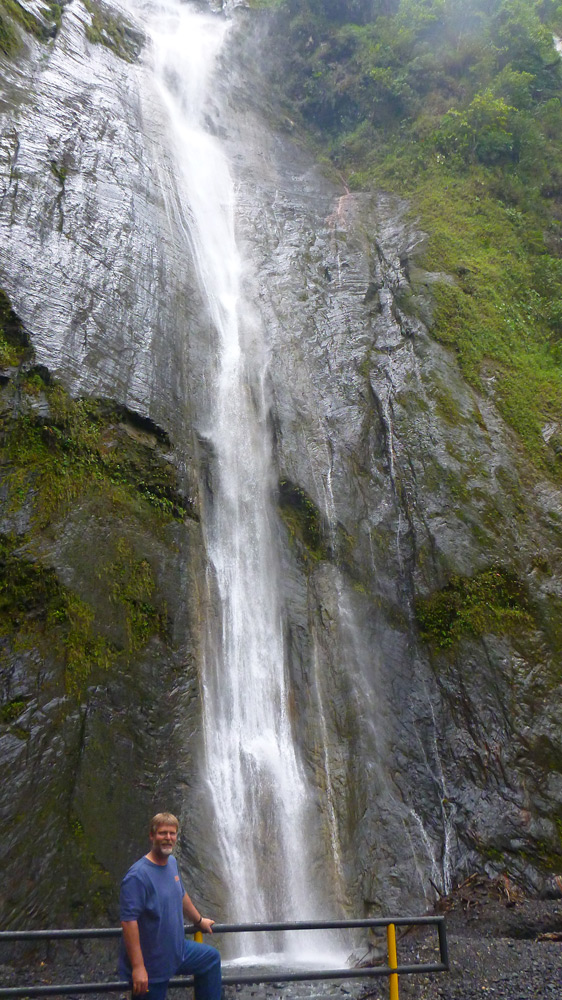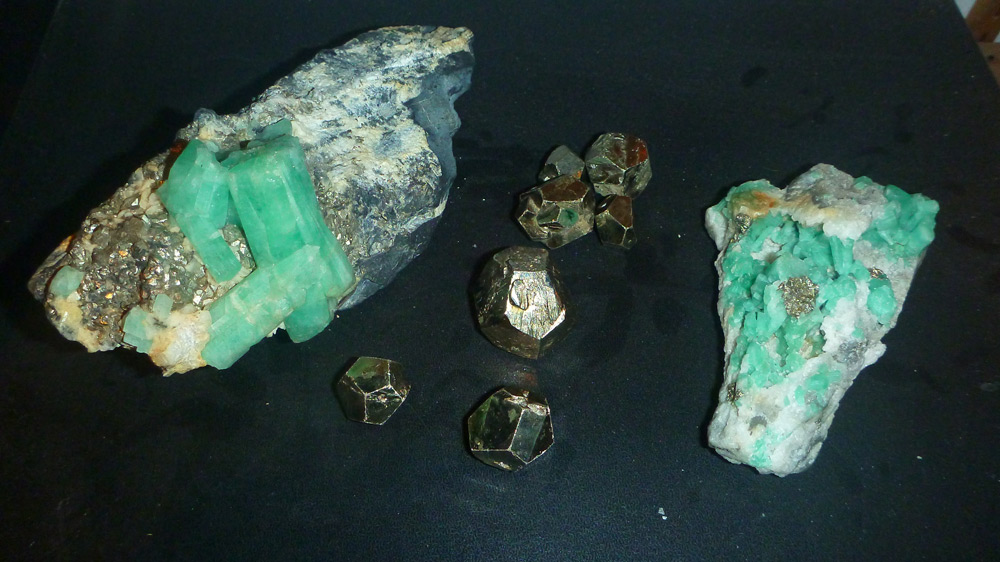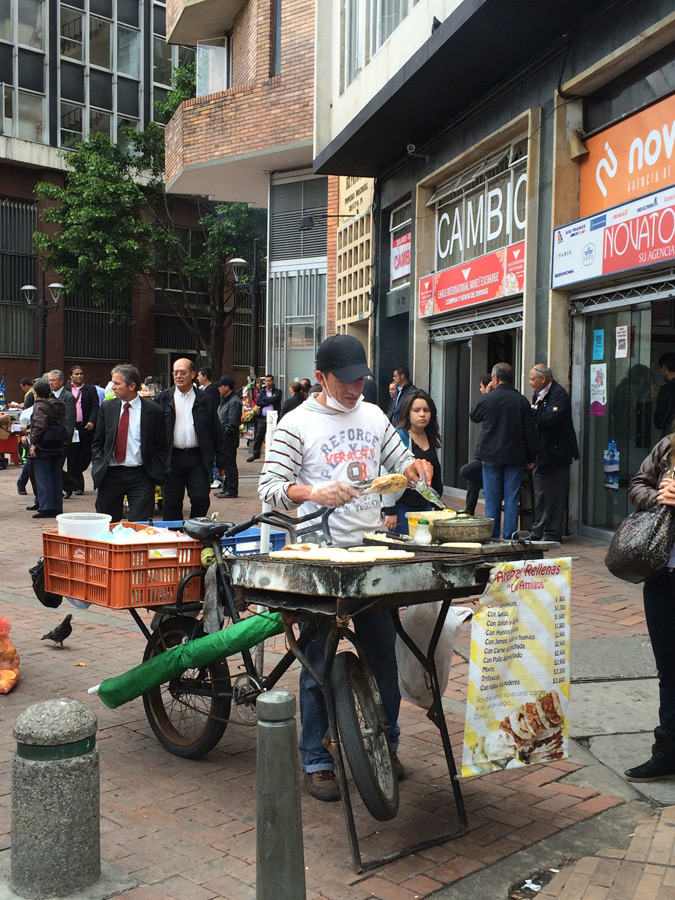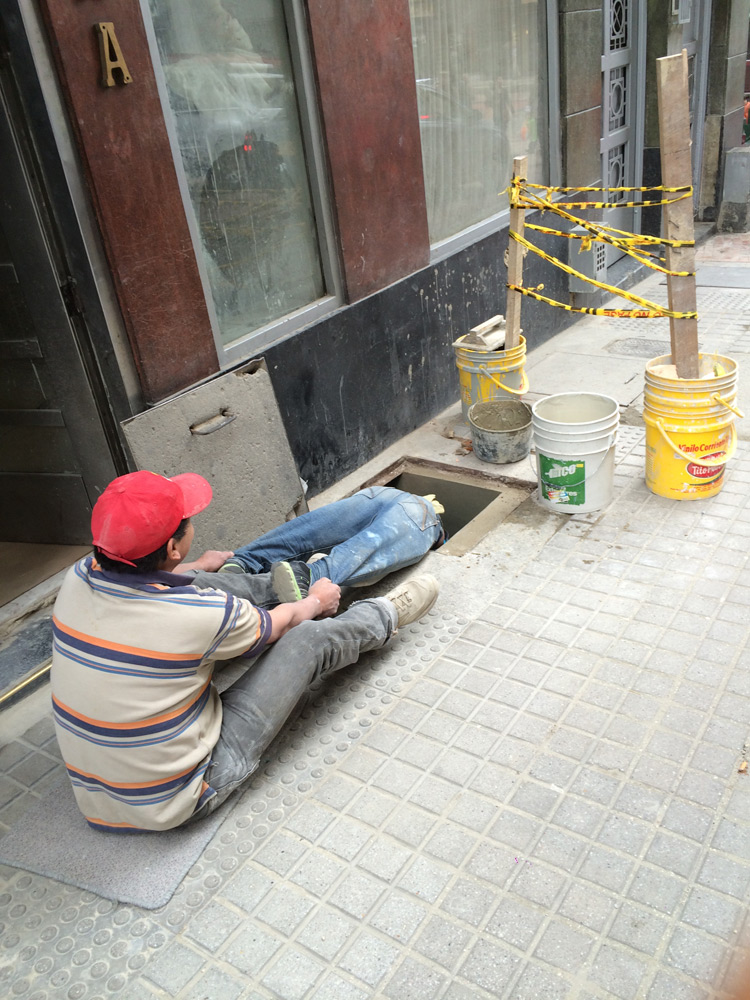Ay Caramba Colombia
A Colombian Adventure
4-14-2014 through 4-29-2014
NOTE: Select most pictures to see them larger. Click anywhere to close the picture.
Since 15 years ago when Frank and I were in Sweden and met a Colombian couple, he has been bugging me to go on a Colombian adventure. I'm really not sure why and probably wouldn't tell ya even if I knew. Initally Frank and his brother were going on this trip but Frank's brother couldn't go at the last minute. I wasn't going because I had just had a 7mm kidney stone removed a week earlier and wasn't really prepared to venture off to another country - but Frank talked Beth into letting me go - so I gave it a second thought. Frank assured me that we would only go to the major cities - Cartagena, Medellin, and Bogota. We were looking for emeralds and knew that Bogota, the last stop on our journey, was about as close as we dared get to their source which is in the Muzo mining area about 100 miles north of Bogota in the Andes mountains. Cartagena and Medellin are supposedly much safer cities so we thought we would start there and check things out. So, with 2 days notice, Frank and I were off on a 17 day journey into the unknown. Well - not really unknown. We knew it could be dangerous and was probably a little crazy. But what an adventure! We convinced ourselves we would not do like Mark and Frank usually do - go to crazy paces. We would only go to the big cities and wouldn't venture off into the jungle where there is much danger - FARC guerrilla groups, cocaine drug cartels, and emerald cartels. Well, as you will see, it didn't end up working out that way. It only took a few days in country and Frank and I were right in the thick of our unusually adventurous ways.
The journey begins with our first destination - Cartagena Colombia!
Cartagena or Cartagena de Indias is a city on the northern coast of Colombia in the Caribbean Coast Region and capital of the Bolivar Department. The port city had a population of 892,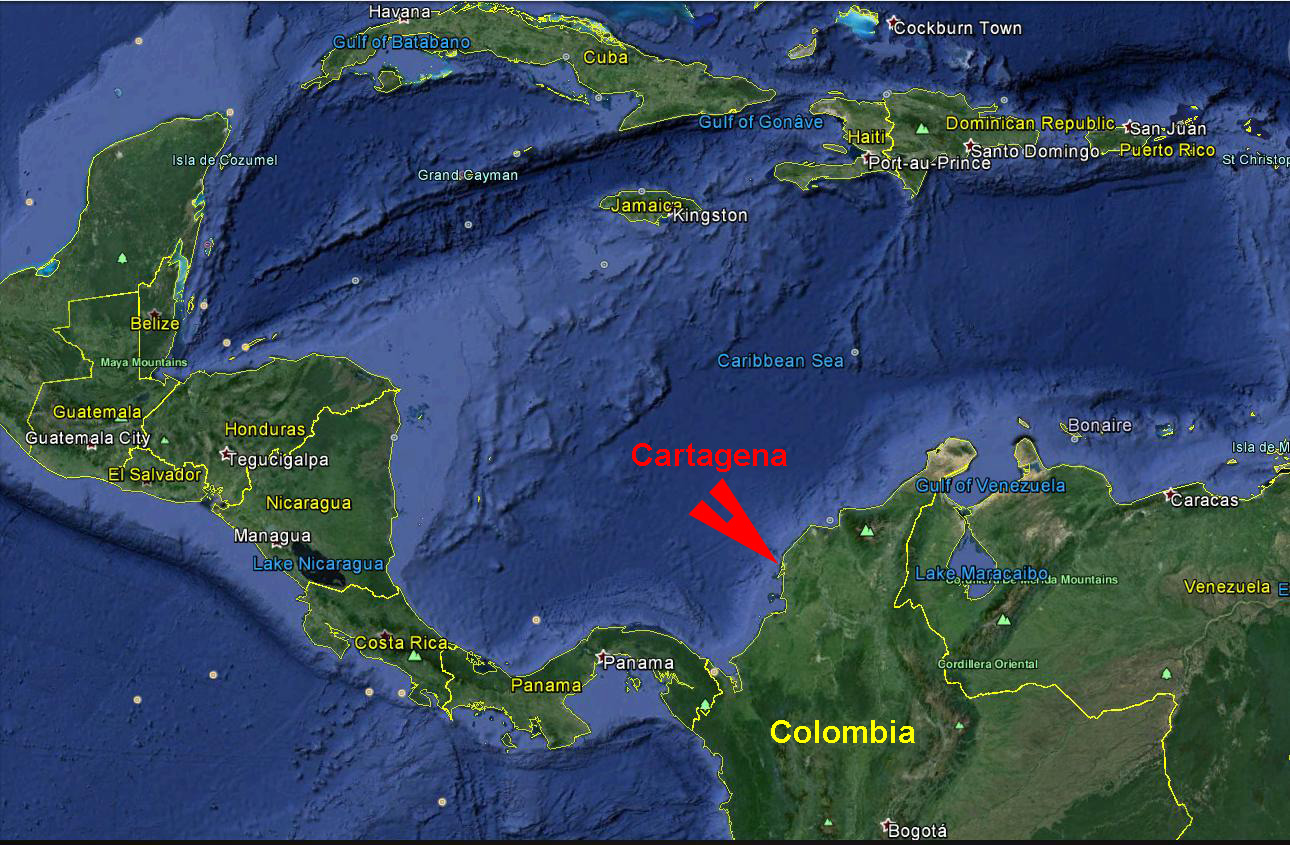 545 as of the 2005 census. It is the fifth-largest city in Colombia and the second largest in the region, after Barranquilla. The Cartagena urban area is also the fifth-largest urban area in the country. Economic activities include maritime and petrochemicals industry, as well as tourism. The city was founded on June 1, 1533, and named after Cartagena, Spain. However, settlement in this region around Cartagena Bay by various indigenous people dates back to 4000 BC. During the colonial period Cartagena served a key role in administration and expansion of the Spanish empire. It was a center of political and economic activity due to the presence of royalty and wealthy viceroys. Cartagena is the city most associated with pirates in the Caribbean, and the world.
To review the history of Cartagena from 4000 BC to current times
click this link.
545 as of the 2005 census. It is the fifth-largest city in Colombia and the second largest in the region, after Barranquilla. The Cartagena urban area is also the fifth-largest urban area in the country. Economic activities include maritime and petrochemicals industry, as well as tourism. The city was founded on June 1, 1533, and named after Cartagena, Spain. However, settlement in this region around Cartagena Bay by various indigenous people dates back to 4000 BC. During the colonial period Cartagena served a key role in administration and expansion of the Spanish empire. It was a center of political and economic activity due to the presence of royalty and wealthy viceroys. Cartagena is the city most associated with pirates in the Caribbean, and the world.
To review the history of Cartagena from 4000 BC to current times
click this link.
We happened to arrive during the Easter celebration. Cartagena is a popular vacation destination for the Colombian people, especially during the week leading up to Easter. Cartagena is packed with vacationers until the day after Easter and then - poof - they are gone. Cartagena contains the ancient walled city and the new city called Bocagrande. Bocagrande is the area in which we stayed and is lined with high-rise apartments and hotels. Currently there are several new high-rise buildings under construction. They vary from extremely nice to pretty poor. The building contrast is actuall visible as some apartment buildings were built in sections were half has no hot water and is old and the other half has hot water and is much nicer and way more modern. In one apartment we stayed in, even the elevators on one side of the lobby were obviously very old and small and on the other side they were large and modern. One thing we learned fairly quickly, always look to make sure there is an elevator car when the elevator doors open. During our stay, a man was looking at his cell phone and stepped into an empty elevator shaft when the elevator door opened. The car was stuck on an upper floor. The man fell to his death.
(Tuesday 4/15 Day 1)
We flew Copa airlines from Los Angeles to Panama City, Panama. We flew on a Boeing 767 aircraft. The configuration was cattle car and the seats were narrow and uncomfortable. It was a 7 hour flight from LA to Panama City. We had a 3 hour layover in Panama City then a 1:15 hour flight on a Embraer Air aircraft to Cartagena. This was a very comfortable aircraft with nice wide seats.
We arrived in Cartagena the week before Easter. Our first couple of days we were in a pretty nice apartment outside of the walled city in Bocagrande. The Bocagrande (Big Mouth or New City) area contains the bulk of the city's tourist facilities, such as hotels, shops, restaurants, nightclubs and art galleries. It is located between Cartagena Bay to the east and the Caribbean Sea to the west, to include El Laguito (The Little Lake) and Castillogrande (Big Castle), two renowned neighborhoods. Bocagrande has long beaches and commercial activity found along Avenida San Martin (Saint Martin Avenue).
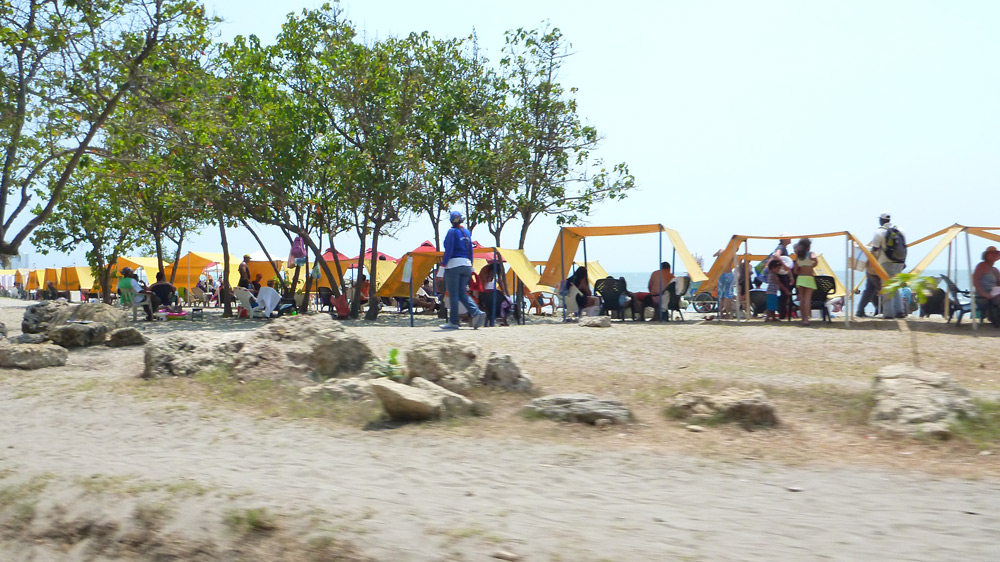 The beaches of Bocagrande, lying along the northern
shore, are made of volcanic sand, which is slightly greyish in
color. This makes the water appear muddy, though it is not. There
are breakwaters about every 200 yards (180 m).
The beaches of Bocagrande, lying along the northern
shore, are made of volcanic sand, which is slightly greyish in
color. This makes the water appear muddy, though it is not. There
are breakwaters about every 200 yards (180 m).
On the bay side of the peninsula of Bocagrande is a sea walk. In the centre of the bay is a statue of the Virgin Mary. Contestants of the Miss Colombia Pageant parade there during festival.
Originally constructed for foreign oil workers, Bocagrande
consists mostly of the land acquired through land reclamation.
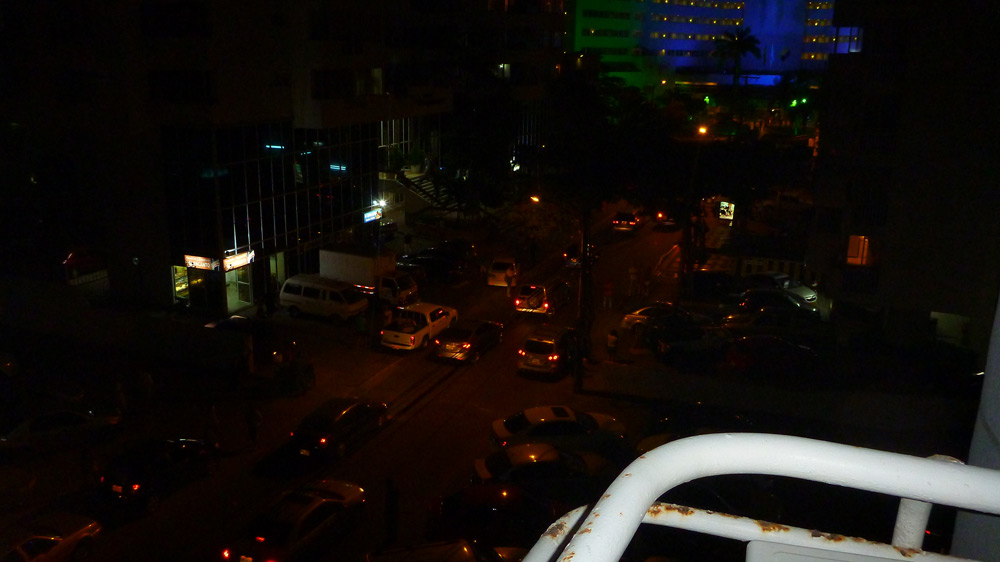
When we arrived at the airport we sort of stumbled on to a taxi driver named Miguel. Frank talked to 2 or 3 before settling on Miguel. He was an older guy with a nice smile and aimed to please. Frank had some special checking he needed to do at the airport ticket counter and Miguel was quick to alter his plans to accommodate ours. "I'll pick you up right over there in 15 minutes", he said. This made us feel comfortable and not rushed. Miguel was our guy. So when Frank was done Miguel was right there and off to the apartment we went. On the way to the apartment Frank arranged for Miguel to pick us up the next day so we could go to the old walled city. We went to dinner at a little restaurant right next to the apartment. We each had a slab of chicken with rice and a beer and discovered that Cartagena is pretty expensive during the height of vacation season. We also discovered that beans and tortillas are not on the menu in Colombia. If you ask for beans or tortillas you just get a blank stare or a resounding no.
The apartment Frank had arranged was on the 3rd floor and had a kitchen, one big bedroom, and one small bed bedroom - 2 bathrooms - tile and marble everywhere - satellite TV with one American station (CNN) - good Wi-Fi - hot water - air conditioning - and an elevator. $45 a night. Nice place. What a deal!
(Wednesday 4/16 Day 2)
When Miguel picked us up the next day there were several important things we needed to do right away. Money exchange was top priority. Miguel helped us out and took us to a place that I would never have gone to and got us a money exchange rate of 1940 pesos for $1 American - a darn good rate. Money behind us, while looking around the old city with Miguel as a tour guide, Miguel overheard us talking about emeralds and before we knew it we were in front of the largest emerald cutting and distribution store in Cartagena. We actually didn't expect to find emerald anything in Cartagena - luck was on our side.
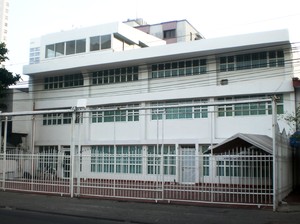 When we entered Caribe Jewelry we were greeted by a young salesman
named Juan
Carlos. Juan spoke good English and of course Spanish with the Colombian
twist. He pointed us to the emerald museum on the second floor and off we went.
It is here that you can see the largest emerald matrix ever found in Colombia.
When we entered Caribe Jewelry we were greeted by a young salesman
named Juan
Carlos. Juan spoke good English and of course Spanish with the Colombian
twist. He pointed us to the emerald museum on the second floor and off we went.
It is here that you can see the largest emerald matrix ever found in Colombia.
Juan was listening to what Frank and I were saying while looking around the Museum. He told us he could tell we knew something about minerology and mining and were not the normal tourists. We let him know that we had done some mining in the USA and knew a little about minerals - however - we knew nothing about emeralds. Juan took us down to the 1st level of the store - a several thousand square foot display and sales area of Colombian emeralds. Cut stones and cabochons some set in jewelry and some not. An impressive site indeed. All in a sudden a gentleman appeared and greeted us in Spanish. He introduced himself as Alfredo. He then began to speak in English. I was elated because my Spanish is horrible. Thank God Frank is fluent.
Alfredo began asking us questions about the USA and mining. We talked about the trip he was planning to the USA to attend the JCK gem and mineral show in Las Vegas. We must have talked for 45 minutes and not once did we look at or discuss emeralds. Alfredo talked about being a mineral and geology teacher to the young people of Cartagena. I asked Alfredo if there was a way Frank and I could get an education about emeralds as emerald was one of the gemstones we were not familiar with. Alfredo agreed and said he would contact us later as to when. The store was busy and Alfredo had to get back to business. Frank and I were off to the walled city and Miguel was leading the way.
We were elated - hitting on all 12 cylinders. We accomplished more and made more connections in one day than we anticipated we would in a week.
Note: With great sorrow, the person who would become our good friend for almost 10 years, Alfredo, passed 10/4/2023. Rest in peace Alfredo.
The walled city is a place that was built during the 17th century. The Spanish Crown paid for the services of prominent European military engineers to construct fortresses using black slaves. Today these are Cartagena's most significant identifiable features. Engineer and slaves took well over 208 years to build and ended with some 11 kilometers (6.8 mi) of walls surrounding the city. It was constructed to repel land attacks. It is equipped with sentry boxes, has buildings for food and weapons storage, and contains underground tunnels connecting the fortifications.
The original fort was constructed between 1639 and 1657 on top of San Lazaro Hill. In 1762 extensive expansion was undertaken, and the final result is the current bastion. Numerous attempts to storm the reinforced fort were mounted, but it was never penetrated. Cartagena was a major trading port, especially for precious metals. Gold and silver from the mines in the New Granada and Peru were loaded in Cartagena on the galleons bound for Spain via Havana. Cartagena was also a slave port; Cartagena and Veracruz, (Mexico), were the only cities authorized to trade African slaves. The first slaves were transported by Pedro de Heredia and were used as cane cutters to open roads, as laborers to destroy the tombs of the aboriginal population of Sinu, and to construct buildings and fortresses. The agents of the Portuguese company Cacheu sold slaves from Cartagena for working in mines in Venezuela, the West Indies, the Nuevo Reino de Granada and the Viceroyalty of Peru.
Inside the walled city is - well you guessed it - an entire city surrounded by a massive wall. Churches, banks, stores, houses, hotels, shops, restaurants, you name it. A city within a city. Today it revolves around tourism.
We found out a lot about Miguel while having lunch with him at a restaurant inside the walled city. He turned out to be an interesting character. He told us about some botanical gardens that were not too far out of the city. After some discussion and our deciding that the botanical gardens were something we would like to see, he invited us over to his house after seeing the botanical gardens to have a real Colombian dinner. We accepted. After paying for lunch in the walled city, it became apparent that food was going to be expensive everywhere. We needed a new plan. We asked Miguel to take us to a grocery store. We bought ham - good ham - cheese, mayonnaise, bread, orange juice, eggs..... We were set for the rest of our stay in Cartagena for a mere $25. Awesome! Back to the apartment and get settled in for the rest of the Easter celebration.
(Thursday 4/17 Day 3)
Still in 3rd floor apartment. We started the morning with scrambled eggs with cheese and ham topped off with some orange juice. Frank is a good cook. A great breakfast indeed.
Miguel picked us up at the apartment and took us sightseeing.
We first went to the castle but it was too hot to attempt walking up to the castle (90 degrees 80% humidity) so we took some pictures and moved on. The 17th century governor of Cartagena, Don Francisco de Murga ordered the construction of the city's principal fortification, the San Felipe de Barajas Castle in 1656. Spanish engineer Don Pedro Zapata was given the task of building the first ramparts on the hill of San Lazaro to the east of Cartagena. Its strategic location prevented foreign troops - and the occasional European pirate - from setting ashore and circling the back of Cartagena's (now) Old Town. Initially built with just eight canons and barracks for 20 soldiers, the castle took its familiar shape over a period of 120 years. It was finally completed in 1769 after undergoing sporadic reconstruction as a result of a string of damaging attacks on the city during the 17th and 18th centuries. The fortress was subject to its first assault in 1697 at the hands of Sir Bernard Desjean, Baron de Pointis and Jean Baptiste Ducasse. Juan de Herrera y Sotomayor undertook reconstruction of the castle in 1725 adding important fortifications and gun turrets to strengthen its position. After completing much of the outer defenses, the structure played a critical role in repelling Lord Vernon in the most famous raid made on the city in 1741. A force of 23,000 men and almost 200 hundred ships were unable to breach the Spanish defenses with the rainy season and tropical diseases taking its toll on the invaders before a siege could be enforced. Antonio de Arevalo completed the castle's structure between 1762 and 1769.
Just outside the fortress is the Old Shoe Monument, a popular photo op that commemorates a poem by Cartagena wordsmith Luis Carlos Lopez, who famously compared the old city to a worn, but comfortable, pair of shoes.
After the shoes Miguel took us to the top of a large hill just outside the city. The views of Cartagena are breathtaking. You can see the entire city and port - a 360 degree view. At the top of the hill stands a monastery with an amazing church and alter.
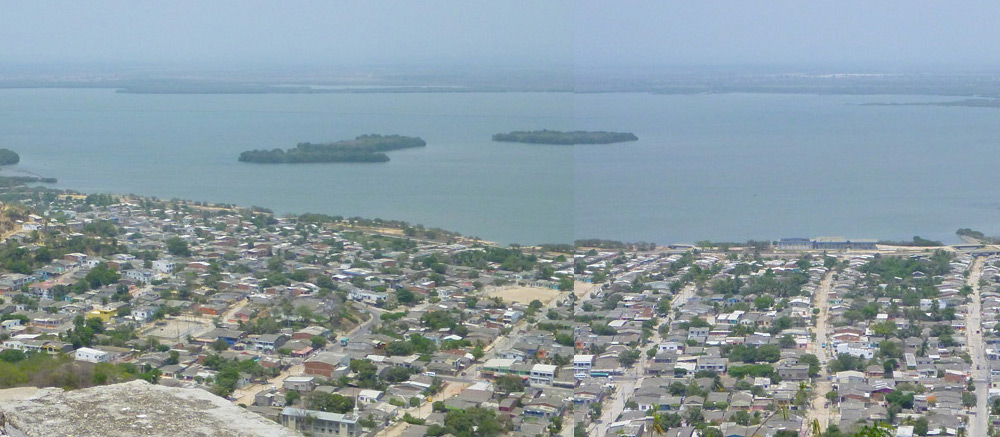

The Convent de la Popa was built in 1566 on top of the highest hill in the city. It is the oldest church in Cartagena. There is a lovely baroque altar, and image of the Virgin with a crown bordered in gold and emeralds, and an image of Christ carved in wood. Each year for their holiest festival, the Virgin is taken off the altar and carried down the steep, winding, LONG trek into the city by a group of specially chosen men. One of the fascinating things was to see the wardrobe of all the different handmade gowns worn over the years. Each year a new gown is created, and they are kept in the museum of the church. In the chapel there are glass frames filled with small gold charms of all kinds of things such as animals, children, objects and parts of the body. These were given by individuals to the church when their prayers were answered. Another intriguing aspect about this church is the steep cliff at the back of the convent called "Salto del Cabron" or "Jump of the Goat." The legend goes that when the Catholic Bishop first came to Cartagena, the Indians were worshipping a golden goat. In anger, he took the goat and threw it off the cliff where it exploded and burned the whole side of the mountain. This spot has now become a favorite spot for anyone wanting to commit suicide, thus the name, "Jump of the Goat!"
 On
our way back to the apartment the Caribe Jewelry
emerald museum was on the way and we hadn't heard back from Alfredo so we
decided to stop by and see what was up. The timing was right and Juan Carlos had the
time to begin educating us about emeralds. He started by showing us some
cut stones. He showed us the best of the best which was a
1.33 kt rectangular stone (lower left in the picture).
On
our way back to the apartment the Caribe Jewelry
emerald museum was on the way and we hadn't heard back from Alfredo so we
decided to stop by and see what was up. The timing was right and Juan Carlos had the
time to begin educating us about emeralds. He started by showing us some
cut stones. He showed us the best of the best which was a
1.33 kt rectangular stone (lower left in the picture).
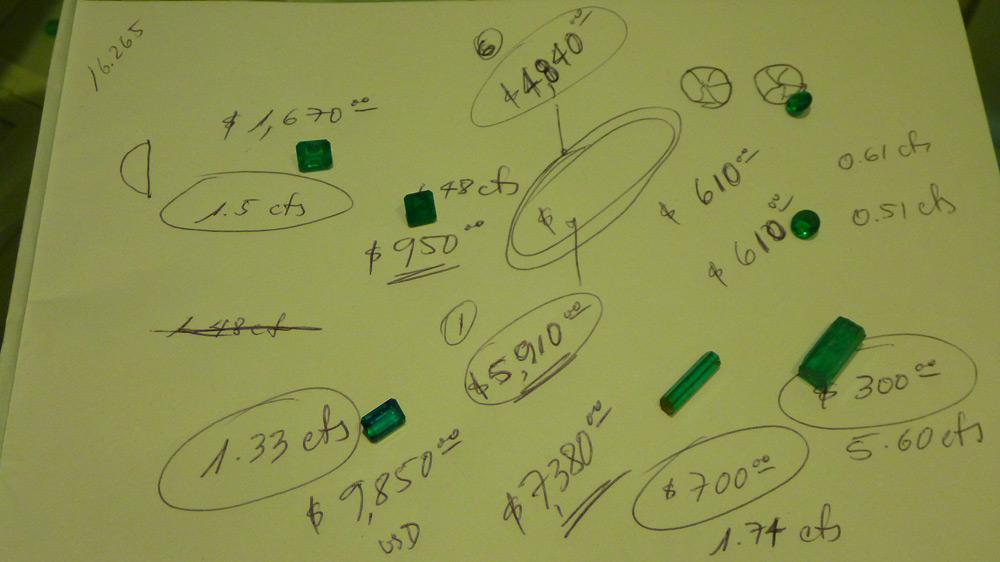
He showed us the next step down (upper left) and the next step down again (middle left). Each stone down the chain had less color and more inclusions. The line of 10 or so stones went across the paper. It became very apparent quickly what was good quality and what was not so I had Juan remove all but the best 3 stones (3 stones on the left side of paper). We then started looking at crystal pencils for a necklace for my wife (2 lower right crystals). Alfredo then brought out 2 - .5 kt rounds (upper 2 right hand stones) for earrings. These too were of awesome color and clarity. The negotiations began. Even though I intended to only by one small stone for my wife, I ended up purchasing all of them. A total of 12 kt of cut and crystal emeralds consisting of 7 pieces in the picture plus a terminated emerald crystal mineral specimen for Frank. It was a lot of money. Way more money than I would usually pay for any gems. I found out just how expensive emeralds are especially emeralds of good quality. In the end Alfredo ultimately made me a deal I could not refuse. I paid a total of $ plus $ in Colombian tax that is refunded at the airport before leaving the country. Let me clarify "refunded". Refunded means that you fill out paperwork before leaving the country, turn it in to the correct place and person, and you will receive the refund check 6 to 8 months later. I suspect that Alfredo gave us such fair prices because Alfredo could see a relationship developing that could end up benefiting all of us. Alfredo is a very smart man. Anyway, that was my gut feeling and first impression.
After our buying session we asked Alfredo if there were some way we could go to the emerald mining area - Muzo. He told us it would be dangerous for us to try to go by ourselves - that we would need someone who was familiar with the area and who was known by the miners - and that even then it would be difficult to get the proper permissions for us to be there. He was not talking about government permissions, he was talking about permission from the mine owners - an invitation to be more precise. He did say that he knew of a buyer who might be making a trip to the Muzo mining area in the next couple of days and he would see what he could do. This is really weird. On the walk back to our hotel we had another emerald dealer we had met the day before approach us on the street and tell us that we could not go to the mines - that is was simply too dangerous. One of his female employees that was with him said that they couldn't even go to the mines. They stressed several times that we should not go. How did they know we were trying to go to the mines? We had only discussed the possibility a few hours earlier - in private - at Caribe Jewelry. Do you think that deterred us? Oh no - we wanted to go even worse after all of the warnings about the mysterious and apparently very dangerous Muzo mining district.
(Friday 4/18 Day 4)
Still in 3rd floor apartment.
We went to the Cartagena Botanical Gardens just outside the city.
Macaws
Every Kind of Plant Imaginable
Monkeys
After walking through the botanical gardens we drove a half hour or so to Miguel's. We had lunch which consisted of some kind of fish seasoned such that if didn't taste like fish - rice - and a salad of thinly sliced cabbage, carrot, onion, and some other ingredients with a dressing that was sweet and tasteful. I think we both agree that it was the best Colombian food we had during the entire trip. The primary diet of the common Colombian resident is fish - in fact - Miguel told me he often has fish for breakfast lunch and dinner for many days in a row. We also discovered that Miguel has 5 children. 3 of them were still living at home and in school. Miguel gets credits whenever he takes a tourist to a particular restaurant or business and they spend money. He redeems these credits and somehow uses them to pay for tuition and books for sending his kids to school. This is how he affords to keep his family going. He rents his taxi on a daily basis and pays around $200 per month for rent at his house. Miguel's house is in a newly constructed group of tract housing of 2 room with a kitchen and bathroom single story structure. It has a concrete floor and is very small. They have a rooster as a pet. Miguel works 6 days a week 12 hours a day to support his wife and children. There is no retirement only a chance that one of your children will become prosperous and be able to take care of you when you can no longer work. Alternatives are nonexistent.
We left Miguel's and drove back to Cartagena.
(Saturday 4/19 Day 5)
Still in 3rd floor apartment for an additional night.
We went
to some training at Caribe Jewelry and learned about Colombian emeralds.
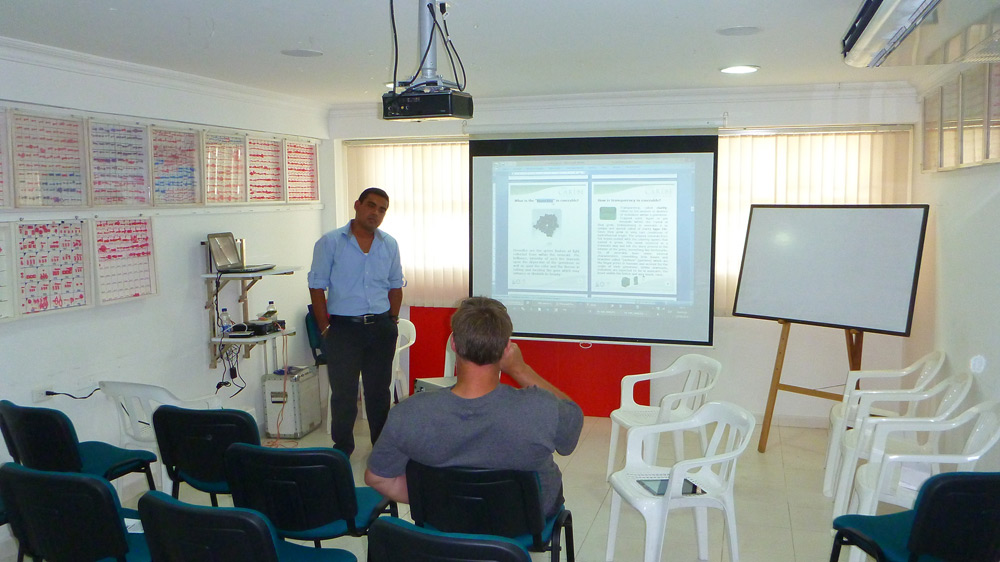 Thank goodness Caribe Jewelry has air-conditioned
classrooms.
Thank goodness Caribe Jewelry has air-conditioned
classrooms.

In addition to the emerald museums and stores, Caribe Jewelry has developed an education and training center where classes about all aspects of jewelry making are offered to the general public and to underprivileged citizens.
Where in the country emeralds are prevalent and the geology in which they exist was much of the topic of the afternoon. The reasons for Colombia's international prestige are many. Being the largest emerald producer, with 55% of the world's total, is just one of them. Next on the list are Brazil and Zambia with 15% each. And it is not only a question of quantity. Their quality places them among the most coveted gems. It is in Muzo, in the northwestern part of the department of Boyaca, that the largest deposits of this precious stone are found. Apart from Muzo, the mines of Borbur, Coscuez, Chivor, Penas Blancas, La Pita and Quipama stand out. The latter is characterized mostly by mining done by informal miners called "guaqueros". Gacheta and Gachala, two municipalities in northeastern Cundinamarca, make up the rest of Colombia's most important emerald
 The brightness and sumptuousness of Colombian
emeralds are preceded by the hard work of
miners. It is an arduous task that dates back to
before the birth of Jesus Christ. Thousands of
men represent the face of darkness during their
long days in the mines in search of this green
spell that is actually a beryllium stone that
owes its special color to chromium and vanadium,
two chemical elements that are very scarce and
the reason for the color of the only crystalline
green stone in the world.
The miner's work is the initial work and the
most complicated one in emerald processing. The
gem's value is determined by its color, size,
purity, and brilliance. With these features
considered, the price of a stone may vary
between ten and four million dollars, although,
the very expensive ones are not easy
to find.
The brightness and sumptuousness of Colombian
emeralds are preceded by the hard work of
miners. It is an arduous task that dates back to
before the birth of Jesus Christ. Thousands of
men represent the face of darkness during their
long days in the mines in search of this green
spell that is actually a beryllium stone that
owes its special color to chromium and vanadium,
two chemical elements that are very scarce and
the reason for the color of the only crystalline
green stone in the world.
The miner's work is the initial work and the
most complicated one in emerald processing. The
gem's value is determined by its color, size,
purity, and brilliance. With these features
considered, the price of a stone may vary
between ten and four million dollars, although,
the very expensive ones are not easy
to find.
Although green is the generic color of emeralds, not all of them have same tone, a characteristic that the experts identify carefully when it comes to evaluating them. Basically, five kinds of types are recognized:
- bluish green
- slightly bluish green
- very slightly bluish green
- slightly yellowish green
- deep green
Deep green is the most beautiful, scarce, and valuable, as well as the most exclusive - it is found only in the deepest depths of Colombia.
We spent the rest of the day shopping in the old city and relaxing at the apartment. It is very hot and humid. A 6 block walk will find you awash in sweat.
(Sunday 4/21Day 6)
We moved across the street to the 10 floor of a 14 story apartment building. We had Miguel take us back to the grocery so we could resupply with more food and water. We did a little more shopping in the old city and exchanged more money preparing for the potential trip to the mines. We spent the evening walking around the old city with hundreds of other tourists. We think most were Colombian tourists but a few were obviously from Europe - probably Germany.
(Monday 4/21 Day 7)
We stayed on 10 floor of 14 story apartment. Slept in. Didn't do
much this day.
 Alfredo contacted us and he was successful in setting up a trip to the Muzo
mining district with his buyer Publio and one of his employees at Caribe Jewelry - Juan
Carlos. Juan had never been to the mining area before and Alfredo thought
this would be a good opportunity for him to go. Publio makes frequent trips
especially when there is production or as the Colombians say the mine is
painting. So Frank and I started getting
prepared for our flight to Bogota and then the 12 hour drive to Muzo.
Alfredo contacted us and he was successful in setting up a trip to the Muzo
mining district with his buyer Publio and one of his employees at Caribe Jewelry - Juan
Carlos. Juan had never been to the mining area before and Alfredo thought
this would be a good opportunity for him to go. Publio makes frequent trips
especially when there is production or as the Colombians say the mine is
painting. So Frank and I started getting
prepared for our flight to Bogota and then the 12 hour drive to Muzo.
We finally finished eating the last of the ham and cheese we had purchased. Tasty!!!!
We walked on the beach for the first time since arriving in Cartagena. Everyone has gone. It is really peaceful now. The Caribbean water is refreshing - not hot and not cold. But - that is as far as I went in - ankle deep.
(Tuesday 4/22 Day 8)
We moved from our 10th floor palace to an apartment just down the street that Juan Carlos had procured for us for just one night. It was right across the street from where Juan Carlos lives and was still located in Bocagrande. This was or last night in Cartagena. $55 a night. No hot water, no toilet paper, and no towels. In fact, Frank went down to the front desk to get some toilet paper and he was told that was something we had to supply ourselves. Whoda thunk! The bedrooms (2) had air conditioning but the air conditioning heat exchangers were in the exterior wall of the living room and kitchen behind an open cupboard in an exterior wall. There was a fan in this room to help mitigate the heat from the outside and the condensers. What a difference from the awesome rooms we had been accustom to. Thank God we were only spending the night.
(Wednesday 4/23 Day 9)
We left Cartagena early in the morning. Alfredo gave Frank, Publio, Juan Carlos, and I a ride to the airport at 3:00 AM.
We arrived in Bogota by jet early in the morning after an 1:10 flight We flew on a Airbus aircraft and it was really comfortable. We went by Pubilo's apartment and dropped off our suitcases and consolidated a backpack to get us through the next few days.
We were off to the Muzo mining district. First stop Coscuez at the northern boundary of the Muzo mining district.
On the way to Coscuez we get a flat tire. The right rear tire had a wedge of aluminum stuck between the tread. We put on the spare tire and down the road we went. We stopped at the first truck stop along the road. The mechanic took the flat tire, removed it from the rim, patched the tire, took the spare off of the right rear, put the fixed tire back on the car and stowed the spare. How much do you think the bill came to. $2.50 US or 4900 pesos. Unbelievable.
We arrived in Coscuez in the afternoon. The Coscuez mines are situated in the western foothills of the eastern range of the Colombian Andes, about 96 km northeast of Bogota. The elevation of the city of Coscuez is 3038'.
We pet and held one new kitten of one of Don Louis's pet cats. Yep - a litter of just 1.
We had dinner at Don Louis's house, found our rooms, and went to bed. We had been on the road - dirt roads with chuck holes everywhere - for around 10 hours. We were exhausted.
(Thursday 4/24 Day 10)
It rained hard all night. It was difficult to sleep with the rain pounding on the tin roof. The roosters, distant thunder and lightning, and occasional dog barking helped keep me aware of the pending sun rise. Needless to say - I didn't get much sleep. Frank said he slept OK as did Juan Carlos. Publio said he slept like a baby and was rested and ready to go to the mines just after sunrise. We woke early, had breakfast, suited up, and were off to the mine.
We found out from one of the miners who came for breakfast that the road we had come in on last night had collapsed and was no longer passable. We would have to leave via another route that would take us several hours out of our way.
We went to the mine tunnel which is just down hill from the house - but - what a walk. You had better be in shape. Coming back was even more fun. Up hill all the way and very slippery because it rains hard all night every night so the ground and vegetation remain damp and slick most of the day.

Miners working at the 1000 m level bring out dump carts on about 30 minute intervals. Miners typically work 6 days a week for 8.5 hours a day with .5 hours for lunch. When the vein is painting - when emeralds are being found - the mine might be operated day and night until the vein plays out. In Coscuez, the rock is soft and tunnel shoring is necessary to mitigate tunnel collapses. The tunnels are not very tall and become shorter as you get deeper into the tunnel. A 6' person must walk bent over for much of the tunnel distance. Due to the wet environment, the timbers rot easily and quickly and become fragile. The miners use electric drills and even though electricity is available the entire length of the 1000 m tunnel, lights are illegal. You can see the electric cables running down both sides of the tunnel. Apparently there was a coal mine explosion that killed some miners so lights have been outlawed in tunnels. This does not make much sense as I doubt one would get a coal dust explosion in one of these tunnels - but - I'm told those are the rules.
Several miners were already working at the 1000 m depth - not down - but straight into the mountain. Frank, Publio, and Juan Carlos went to the 1000 m depth and walked through the tunnels for an hour or more. I went part of the way but kept hitting my head on the timbers shoring up the tunnel. The tunnels in Coscuez are not very tall - neither are the miners. Being over 6 foot tall, Frank and I had to walk hunched over most of the time. For me this was difficult especially after having had neck surgery a few years ago. We were asked to not touch the timbers because many are old and fragile. I decided that whacking my hard hat on the timbers every few feet was probably not a good idea. I did not want to jeopardize the safety of everyone else so I exited the tunnel before reaching the 1000 m working area.
Frank with one of the 72 year old owners of one of the mines.
We visited the mining administration area at the top of the neighboring hill. This is where the explosives are stored, where miners sometimes eat, and where general mine administration for the area takes place. This administration establishment is common for all of the mining areas. The picture on the right is of the view from the administration building with some of the mine owners and workers that happen to be at the administration building at the time.
The explosives bunkers are located adjacent to the administration building and must be surrounded with a barbed wire fence, must have guard dogs inside the fence, and must have 24 hour video surveillance.
The area has tunnels all over the place. Apparently you can go from one end of the area to the other via tunnels if you know the route. However, we were told that only 10% of the mineable emeralds have been recovered to date.
This is a view of the town of Coscuez from across the valley.
We went back to Don Louis's where his wife Yolanda was preparing and early dinner. This is the cooking area where she has a BBQ and classic Colombian oven. The kitchen part of the house consists of a sink hooked up to a rain water barrel, a preparation table, and pantry. All of the cooking devices pictured here are about 50' and up a flight of stairs from the kitchen.
We went to the Coscuez trading area and Frank purchased several terminated emerald crystals.
Coscuez is the mining area where the very rare trapiche emerald is
found.
 Many websites say these stone are from Muzo or Chivor but I can tell you that
the only place trapiche is found in the Muzo mining district is in Coscuez.
This is the open trading area in Coscuez where people actually had trapiche
rough for sale. The miners with rough were a little skeptical of us at first because they rarely see anyone other than Colombian buyers in the mix. But as soon as they saw Publio and the introductions were over, the place came alive. Publio is a regular and well known buyer and we were just observers.
Many websites say these stone are from Muzo or Chivor but I can tell you that
the only place trapiche is found in the Muzo mining district is in Coscuez.
This is the open trading area in Coscuez where people actually had trapiche
rough for sale. The miners with rough were a little skeptical of us at first because they rarely see anyone other than Colombian buyers in the mix. But as soon as they saw Publio and the introductions were over, the place came alive. Publio is a regular and well known buyer and we were just observers.
When we returned from the trading area, we sat down and had our last meal in Coscuez with Don Louis and Yolanda. We spent some time looking at all of the things Yolanda makes from beads, emerald pieces, and baskets woven from paper. We purchased some really nice necklaces for the women folk and left Coscuez for Chivor.
On our way to Chivor we did a little shopping in a pueblo outside Coscuez, we were delighted to see some cattle being driven through town.
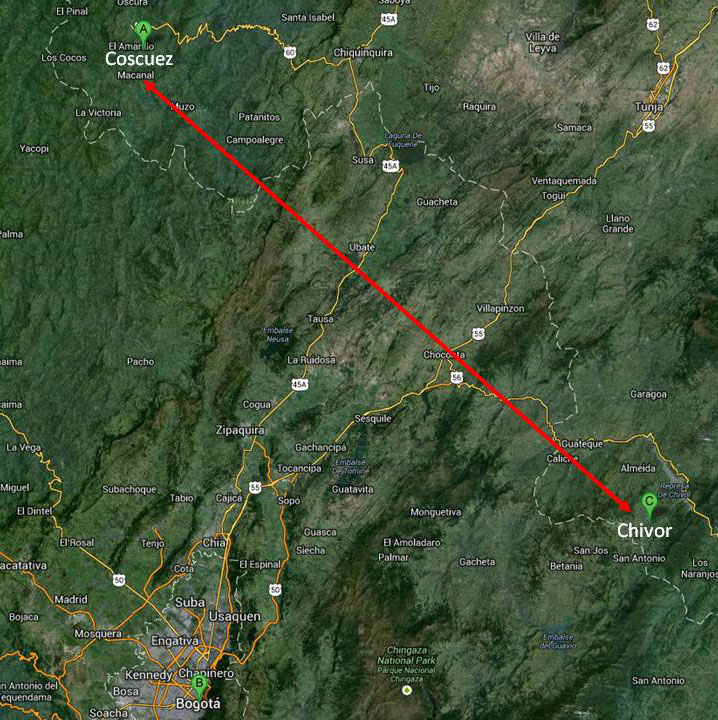 After traveling on dirt roads and portions of the
Andes highway that are being rebuilt with a really nice concrete road, we arrived in Chivor around midnight.
Chivor is at the southern boundary of the Muzo mining district. On the
way from Coscuez to Chivor we passed through Muzo proper which is in the
center of the Muzo mining district. Apparently there is no legal mining
activity currently going on in Muzo proper as one of the mining czars who
had control of the area recently passed away creating a lot of turmoil
and confusion. Illegal, turmoil, and confusion equates to extreme danger so we decided to drive right on past Muzo.
After traveling on dirt roads and portions of the
Andes highway that are being rebuilt with a really nice concrete road, we arrived in Chivor around midnight.
Chivor is at the southern boundary of the Muzo mining district. On the
way from Coscuez to Chivor we passed through Muzo proper which is in the
center of the Muzo mining district. Apparently there is no legal mining
activity currently going on in Muzo proper as one of the mining czars who
had control of the area recently passed away creating a lot of turmoil
and confusion. Illegal, turmoil, and confusion equates to extreme danger so we decided to drive right on past Muzo.
(Friday 4/25 Day 11)
Waking up in Chivor was delightful. Chivor is a municipality in the Colombian Department of Boyaca, part of the sub region of the Eastern Boyaca Province. Chivor has a population of around 2200 inhabitants and an average temperature of 65° F or 18° C. Chivor is located 90 km northeast of Bogota at an elevation of around 6200'. I am not sure which end of town is at that elevation because from one end of the town to the other it has to be an elevation difference of around 1000' - mas or menos. Chivor is bordered to the north by the Municipality of Macanal; to the south by the Department of Cundinamarca, on the east by the Municipality of Santa Maria, and to the west by the Municipality of Almeida.
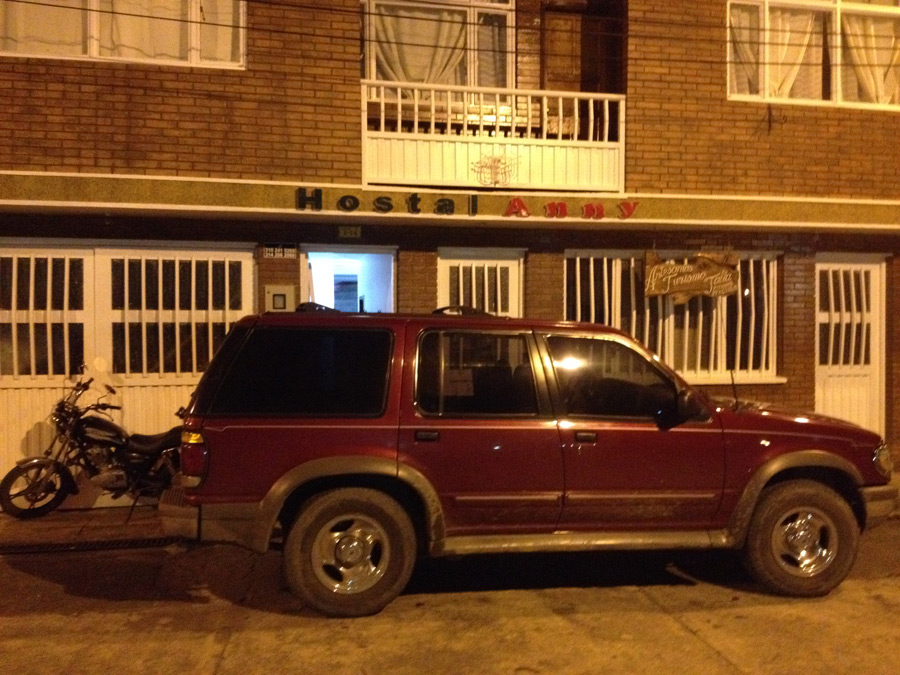 In Chivor we stayed at Hotel Anny.
Alfredo had teased us about the Chivor Hilton and we expected something
primitive. To our delight this is a
very neat and clean establishment with 10 rooms, toilet seats, and hot water. It is as nice of a place
as you would find in any USA quality hotel. 2 of the rooms have their
own bathrooms and the rest share a bathroom. Frank and I were lucky enough to get the rooms
with their own bathrooms. Sonia
runs the hotel and is a very friendly person. There is also a little gem
and mineral store in the downstairs lobby of Hotel Anny that is an awesome place
to look around and purchase a piece of Colombia. I highly recommend this
hotel if you are staying in Chivor.
In Chivor we stayed at Hotel Anny.
Alfredo had teased us about the Chivor Hilton and we expected something
primitive. To our delight this is a
very neat and clean establishment with 10 rooms, toilet seats, and hot water. It is as nice of a place
as you would find in any USA quality hotel. 2 of the rooms have their
own bathrooms and the rest share a bathroom. Frank and I were lucky enough to get the rooms
with their own bathrooms. Sonia
runs the hotel and is a very friendly person. There is also a little gem
and mineral store in the downstairs lobby of Hotel Anny that is an awesome place
to look around and purchase a piece of Colombia. I highly recommend this
hotel if you are staying in Chivor.
The church overlooks the plaza as does the Hotel Anny. This is a very pleasant place to relax. We woke early so we could eat and then go to the mines.
The scenery on the way to the mine is breathtaking. Steep green mountains with roads everywhere with clouds embracing the tops of the mountains and the sky.
The town of Chivor from top to bottom is not very large but to walk from one end of town to the other can be considered getting daily exercise. The Colombians do this regularly and are used to it but at 6,000 feet + elevation, it is hard work for us gringos'. This is the birthplace of Publio and many of his family still live in Chivor. Sonia, the proprietor of Hotel Anny, is his niece. His sister has a store on the other side of town. Publio is a wonderful and happy man who is a blast to be around. He rarely stops talking and laughing. He can tell you the history of every hill, river, and road. It is amazing how he navigates his way through the mountains and all of the winding roads and rarely makes a wrong turn. His ability is truly remarkable. When he smells emeralds he becomes the consummate buyer. Let the negotiations begin! Publio is in his element. I wish I had the tenacity that Publio does. He is the negotiators negotiator. Because Publio is such an amazing person, we gave him several nicknames. One was the president of Chivor because you cannot go a block with him without shaking the hands of a dozen people who know him. Another was mountain goat because he can out walk all of us up and down steep hills. He is 61 and in great shape. Another was the man with the hollow leg because he eats every couple of hours and is always hungry. Publio is not a tall person and we could not figure out where he was putting all of the food. The man can really eat.
Sonia came to Frank and my rescue and we can't thank her enough. You see, in Colombia you get soup for breakfast, lunch, and dinner. All kinds of soup - egg soup, fish soup, chicken soup - but soup none the less. And often the soup would come with vegetables - vegetables we had never seen or eaten before. Both Frank and I were getting a little stomach upset from all of the local food - soup and weird vegetables - (me more than Frank I think) and Sonia could see I was having problems. For several of our meals the last day or so that we were in Chivor, Sonia would walk all the way to the other side of town to the little restaurant where we were eating and prepare food for Frank and I that was something other than soup. Yea - everyone is related to everyone else some how so the restaurant owner would let her cook for us. It was great - food that was more American than Colombian. My stomach issues vanished.
Thank you Sonia!
We went to the Chivor mine. Our arrival at the mine there were some tense moments. All of the miners standing around looking at us - the Americans - who just did not belong. They had not seen Americans before. We may as well have been aliens. We were invited by the mine owner, Don Omar, to have lunch with the miners at the administration building. After lunch Omar took us to a secluded part of the administration area and opened a locked door. He handed Publio 65 kt of high quality emerald crystals. The cost at the mine was negotiated from $80,000 to $60,000 for the 65 kt lot.
(Saturday 4/26 Day 12)
 We went to the mine for a second day but it was raining.
It continued to rain and Frank and I were getting bored sitting in the car
listening to it rain while Publio continued negotiating for anything and
everything.
We had Publio
take us back to the Hotel Anny. Publio and Juan Carlos returned to the
mining area so Publio could continue negotiating the purchase of a large plate
of iron pyrite with small emerald crystals distributed on the surface of the
plate. Frank and I helped Sonia find the leak in her roof that
developed the night before in the room I was staying in. We went to the
store adjacent to Hotel Anny and talked to some miners who were in town for their
Saturday 1/2
day off. They were very friendly and drinking some sort of peppermint
schnapps. That's not a lot of alcohol but I think they
were on their 4th or 5th bottle and they seemed to be feeling no pain.
We went to the mine for a second day but it was raining.
It continued to rain and Frank and I were getting bored sitting in the car
listening to it rain while Publio continued negotiating for anything and
everything.
We had Publio
take us back to the Hotel Anny. Publio and Juan Carlos returned to the
mining area so Publio could continue negotiating the purchase of a large plate
of iron pyrite with small emerald crystals distributed on the surface of the
plate. Frank and I helped Sonia find the leak in her roof that
developed the night before in the room I was staying in. We went to the
store adjacent to Hotel Anny and talked to some miners who were in town for their
Saturday 1/2
day off. They were very friendly and drinking some sort of peppermint
schnapps. That's not a lot of alcohol but I think they
were on their 4th or 5th bottle and they seemed to be feeling no pain.
This was our last night in Chivor. Juan and Frank were getting a little crazy! It must be time to go.
(Sunday 4/27 Day 13)
We left for Bogota Sunday morning after having a great breakfast that Sonia helped prepare at the restaurant down the street from Hotel Anny. Publio finally finished the negotiations for the iron pyrite and emerald plate he had been attempting to buy since he saw it yesterday. He finally got the piece minutes before we departed. On the way out of town we stopped at the bull arena where we saw many cows, bulls, and horses for sale. We met the Mayor of Chivor and Publio spoke with her for a while. The Mayor welcomed the gringos from America to Chivor over the loud speaker.
We drove from Chivor to Bogota.
We got to see Fura and Tena from a
distance.
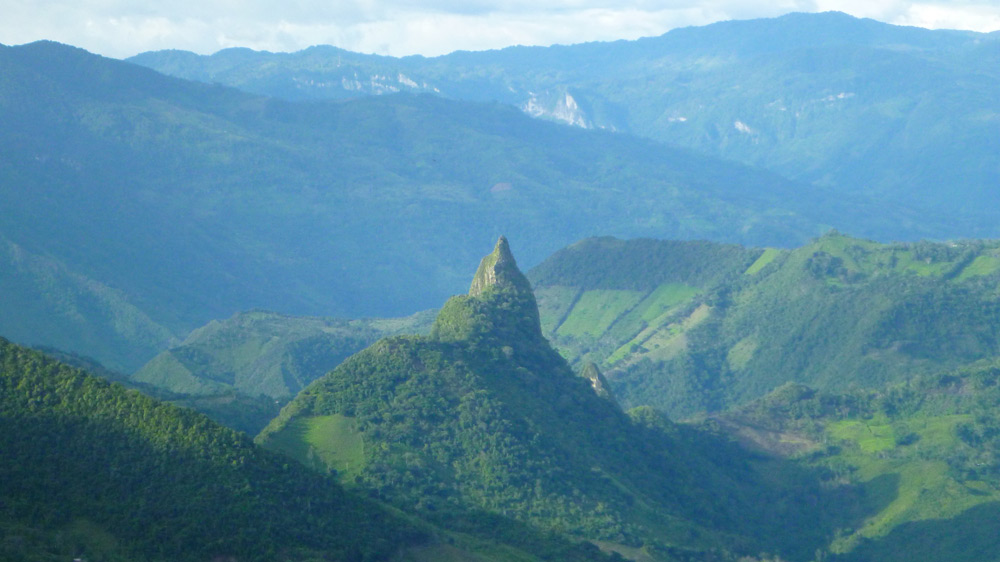
Like many other Colombian traditions, the history of emeralds has been attributed with fantastic anecdotes that dispute the veracity of the geology of Colombia's emerald zone. There is the legend that tells of the existence of Fura and Tena, a man and a woman created by the god Ares for populating the earth, while being faithful to each other, in exchange for eternal youth. Fura, the woman, did not remain faithful. She aged rapidly, and Tena soon passed away. Ares took pity on the unfortunate beings and turned them into two crags protected from storms and serpents and in whose depths Fura's tears became emeralds. Today, the Fura and Tena Crags, rising 840 and 500 meters respectively above the valley of the Minero River, are the guardians of Colombia's emerald zone. They are located 30 km north of the mines of Muzo - the country's largest producers.
We had to feed Publio every couple of hours so we stopped in several small towns on the way back to Bogota. Publio ate more than Frank and I combined. He is a year older than I am and he is in way better shape. Way to go Publio!
While in these little towns, we would visit some of the stores especially if they had to do with minerals.
Frank and I at one of the water falls we came across while driving back to Bogota.
We arrived at the tallest waterfall of the trip. This is also at the entrance to a series of primitive tunnels bored through the mountains that must be traversed to get above the reservoir on the way to Bogota.
At the 1000' waterfall we came across some volunteer civil response teenagers who were climbing the mountain adjacent to the 2nd waterfall not pictured here. They were very friendly and wanted to get into our pictures. From here you enter a series of .5 mile long tunnels that lead to a dam. These tunnels are primitive as they are not paved and water is raining from the ceiling constantly. It is something to see and experience.
After arriving in Bogota and retrieving our suitcases from Publio's apartment we checked into the Habitel hotel. 5 star for $105 per night. We found the place thanks only to Alfredo. He really knows how to do things. Great deal - slooooow internet is the only drawback. We went straight to the bar and toasted surviving in the Andes mountains with several rum and cokes while enjoying and Jacuzzi and Turkish bath. The best way I can describe living in the jungle is that I almost cried when I saw out hotel room bathroom - hot water and a toilet seat. Except for Hotel Anny in Chivor, I hadn't seen a toilet seat or hot water since leaving Bogota.
(Monday 4/28 Day 14)
We stayed a 2nd night in the Habital 5 star hotel. In the mid-morning we went to
downtown Bogota with Publio
and Juan. We went to Publio's office which overlooks the emerald trading square.
There we
were shown a couple of medium and fine lots of cut emeralds mostly under 1 kt.
We walked around the trading square and were looking at book stores for a
particular book which we never found.
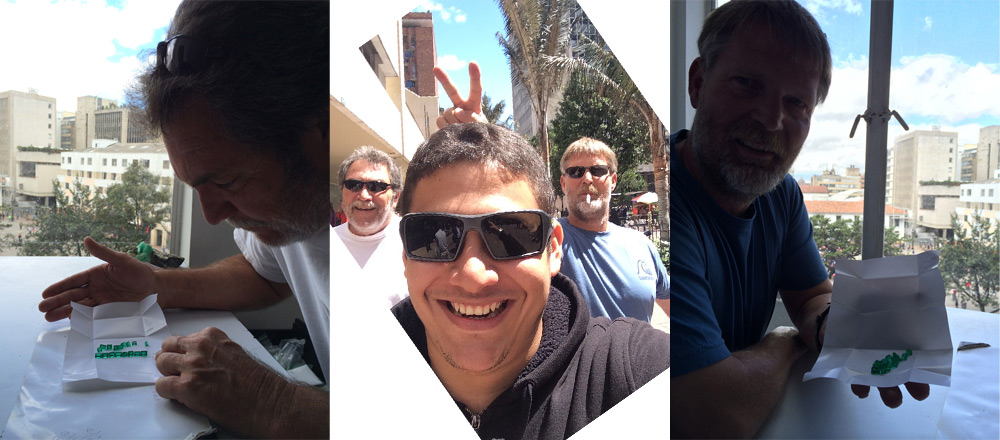 We purchased a couple of emerald mineral specimens and iron pyrite crystals.
The matrix on the left is emerald crystal, calcite, and iron pyrite and was
purchased in Bogota. The middle iron pyrite crystals were purchased in
Chivor as was the matrix of drusy emerald, calcite, and iron pyrite on the right.
We purchased a couple of emerald mineral specimens and iron pyrite crystals.
The matrix on the left is emerald crystal, calcite, and iron pyrite and was
purchased in Bogota. The middle iron pyrite crystals were purchased in
Chivor as was the matrix of drusy emerald, calcite, and iron pyrite on the right.
We went back to the hotel with Juan Carlos. We celebrated the trip with more rum and coke's, another Jacuzzi, and another Turkish bath. What a way to end a trip. While at the bar refreshing on rum and cokes, Frank commented that he was craving a grilled cheese sandwich. So we ordered ham and cheese sandwiches at the bar. When our order came they were grilled ham and cheese sandwiches with french-fries. Who would have guessed. Our luck was still with us. Man was it good!
Below there are two of the most ingenious things I saw while in downtown Bogota.
On the left is actually a hot charcoal BBQ with all of the fixin's on wheels - bicycle wheels that is. On the right - well - you be the judge.
(Tuesday 4/29 Day 15)
Frank and I left for the infamous Laredo airport in Bogota at 3:30 AM. We flew to Panama City and then on to LA. We arrived in LA a little after 1:00. As unexpected as it was, we buzzed through customs and were ready for pickup by 2:00. Beth arrived about 2:15 and we were off for home. The end to a 15 day trip that went like clockwork even though it wasn't planned much past the 4th day.
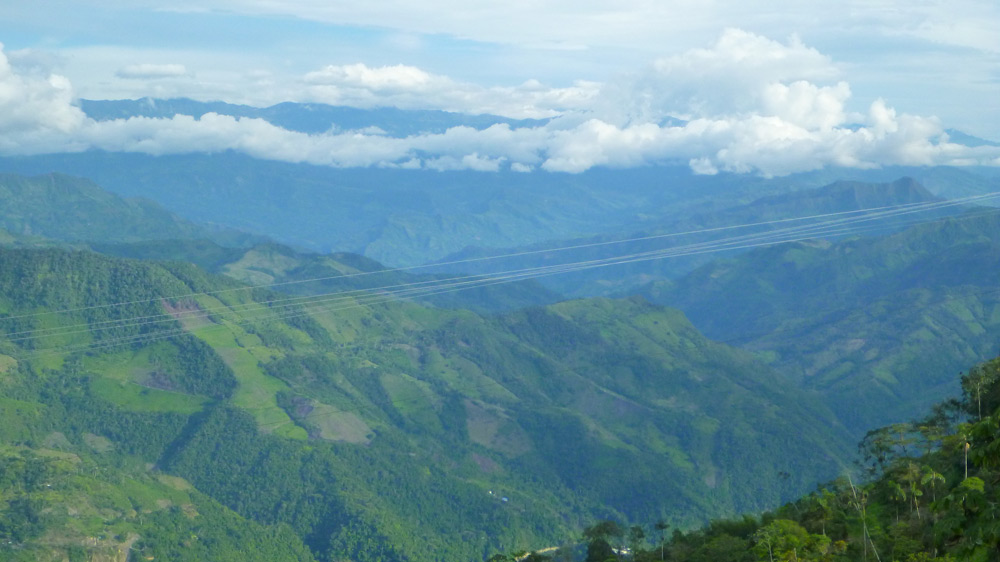
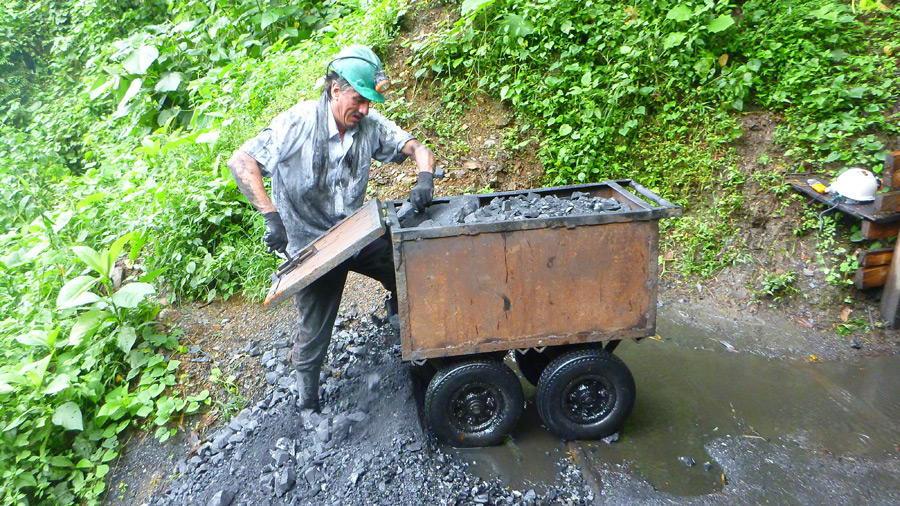
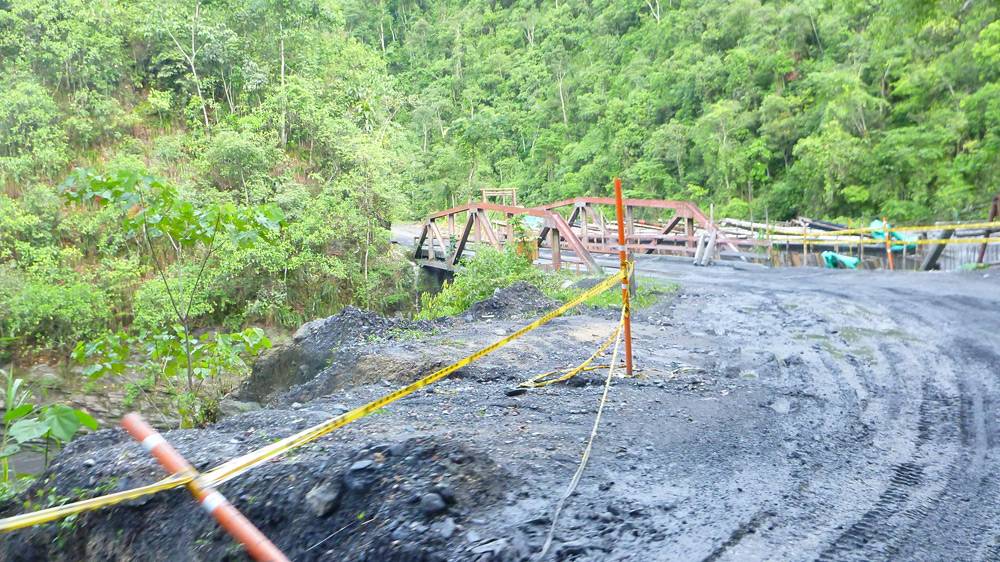

Now let me blow your mind!
Try to wrap your head around this.
At the equator the earth spins at 1000 miles per hour = 1609 kilometers per hour.
The earth rotates around the sun at about 67,000 miles per hour = 107,826 kilometers per hour.
The sun is rotating around the galaxy at about 559,000 miles per hour (250 km/s according to Vera Rubin, the lady who discovered this in the 1970's). In fact, the majority of the suns in all galaxies rotate around their respective black hole very close to this same speed. One would expect the rotation to be much like our solar system where the outer planets rotate slower and the inner planets rotate faster. Not so for the stars in a galaxy. Stars, at many varying distances from the black hole at the galaxy center, are all rotating at the same speed. This results in the pinwheel shapes common to most galaxies. No one really knows exactly why this is. It is being explained as the result of dark matter.
Our galaxy, along with the local group of galaxies, is moving through space at about 1,340,000 miles per hour = 2,156,521 kilometers per hour.
Astronomers speculate that space is expanding at about 152,112 miles per hour = 244,801 kilometers per hour.
Add it all up and we are traveling through space at more than 2,000,000 miles per hour = 3,218,688 kilometers per hour. Other estimates say upwards of 2.8 million miles per hour = 4.5 million kilometers per hour. That is somewhere between 550 and 800 miles per second = 1,288 kilometers per second. At that speed you could travel from the earth to the moon, 238,900 miles away, in under 6 minutes. In any case, it is fast - damn fast.
It's hard to imagine traveling that fast. It's impossible to relate to these speeds especially when we feel like we are standing still in space.
As a comparison, the speed of light is 6.706e+8 mph or 670,600,000 miles per hour which is about 671 million miles per hour or about 186,000 miles per second ~ 300,000 kilometers per second.
That is about 300 times faster than we are traveling through space.
I should also mention is that in addition to moving through space at such an extreme speed, our sun with the planets moves up and down through the plane of our galaxy like a merry go round while traveling around the galaxy. This merry go round up and down oscillation is on a 60,000 year cycle. So, this up and down movement through the plane of the Milky Way Galaxy takes us into areas of our galaxy that may be less desirable than others. It could take us through debris clouds or near magnetars or black holes that could cause havoc in various catastrophic ways for the earth.
New Discoveries
Very cool and mind-blowing!
New space telescopes are allowing astronomers to verify structures in the universe that are contradicting much of what science has considered fact for many years. Galactic clusters are being found that have the experts conflicted. Recently a circular cluster of galaxies have been discovered that spans 1.3 billion light years. In fact, we are looking at a helix (corkscrew) structure on end (blue stars), so the galaxies form a circle from our perspective. Prior to this, other large structures of galaxies known as walls have been discovered that are hundreds of billion light years in size.
Why is this so important?
The mere fact these structures exist contradicts the notion that a "big bang" started our universe some 13.7 billion years ago. All the theories regarding the notion of a "big bang" contend these galaxy clusters cannot exist. Matter must be distributed more evenly throughout the universe. These findings may well change the way we look at the beginning of our universe and its age.
Why Is Earth's Weather Changing?
Now let's look at the Earth's path through space and how it affects the weather. Global warming or cooling - absolutely. Manmade - a little but nothing like earth itself. No doubt humankind is contributing to weather change, but the earth's orbit will override and exceed anything man will do.
Why you ask?
The Earth's rotational axis is tilted slightly ranges between 22.1 and 24.5 degrees and is currently 23.5 degrees. The Earth's axis rotates around this circle once every 20,000 years.
The north star today is Polaris, however, 5 thousand years ago it was a different star altogether (Theban) and thousands of years from now it will be Vega. Today the orientation is the northern hemisphere is leaning away from the sun. This position is why the Sarah Desert is a desert where it was more tropical, wet, and green 15,000 years ago.
The Earth's orbit around the sun is also not constant and varies widely over time. Today the Earth's orbit around the sum is almost circular so summers and winters are mild. However, due to influences from the Sun and moon, Earth's orbit can go slightly elliptical. The cycle between elliptical and circular is 100,000 years. The effect of this orbital change will be hotter summers and colder winters.
Jupiter and Mars have an even bigger effect on Earth's orbit where a 405,000 year cycle takes the Earth's orbit on an extremely elliptical orbit. This orbit is thought to have been responsible for snowball earth several times in Earth's past.
Yes, Earth's climate is changing, and it is going to change way more dramatically than any of us can imagine. All these orbital changes have happened several times in the past and will happen again many more times in the future. 20,000 years from now there will be vast changes where the Sarah Desert will be green again. But these changes will be the result of the Earth's orbit around the Sun and will probably have little to do with human evolution.
Another event not often associated with weather disturbances is the occasional flip of earth's magnetic field known as geomagnetic reversal. Earth's magnetic poles are not static. The magnetic poles wander and occasionally reverse around every 200,000 to 300,000 years. The Earth's magnetic field has reversed nine times during the past four million years. The last known complete 180-degree magnetic pole shift last happened 42,000 years ago and took approximately 1000 years to complete the shift. As of late, Earth's magnetic North pole has wandered considerably on a path toward northern Russia. Scientists know that Earth's magnetic field has weakened about 9% in the past 170 years. The magnetic North pole has also been drifting more rapidly since the 1990s, at a rate of 30 to 40 miles per year.
The pole shift 42,000 years ago is suspected to have contributed to the demise of Neanderthal's. While the poles were shifting, additional cosmic rays and high-energy particles from outer space would have depleted ozone concentrations, opening the floodgates for more ultraviolet radiation in the atmosphere over a long period of time. Shifting weather would have expanded the ice sheet over North America and dried out Australia, prompting the extinction of many large mammal species. Solar storms, meanwhile, might have driven ancient humans to seek shelter in caves. As competition for resources grew, our closest extinct human relative, Neanderthals, may have died out.
Problems in the near term.
As the moon orbits the earth the two celestial bodies that affect it the most are the earth and the sun. They line up in ways that influence how gravity acts on the earth. The phenomenon is what causes ocean tides to wax and wane. This gravitational pull differs from year to year.
To us, the moon appears to "wobble" in space. This is due to the tilt, velocity and shape of the moon's orbit which takes 18.6 years to complete. Half of the cycle suppresses tide activity by making high tides lower than normal and low tides higher than normal.
But the other half exacerbates them. Therein lies the problem.
According to NASA. the moon is currently in the "tide-amplifying part of its cycle". By mid-2030, when this intensified series returns, people living in coastal cities may be dealing with severe floods "every day or two."
Why you ask?
This natural yet amplified lunar cycle will be coupled with higher sea levels caused by global warming, triggering a decade of dramatic surges in the number of days with high-tide flooding on nearly all mainland coastlines in the world.
High-tide flooding is projected to exceed thresholds across the world more often and occur in clusters that last a month or longer, the NASA Sea Level Change Science Team of the University of Hawaii said. Their study was published last month in the journal Nature Climate Change.
These kinds of floods are already plaguing many cities on the Atlantic and Gulf coasts. In 2019, the National Oceanic and Atmospheric Administration reported more than 600 such floods, which occur when high tides reach about 2 feet above the daily average "and start spilling onto streets or bubbling up from storm drains."
The problem, researchers say, is that these events are often considered less important or damaging than floods caused by hurricanes, for example, because they involve smaller amounts of water.
But "it's the accumulated effect over time that will have an impact," study lead author Phil Thompson, an assistant professor at the University of Hawaii, said in a statement. "If it floods 10 or 15 times a month, a business can't keep operating with its parking lot under water. People lose their jobs because they can't get to work. Seeping cesspools become a public health issue."
What's more, these repeated events will eventually occur in clusters in about a decade when the moon's amplified wobble merges with future higher seas, the team says. The dangerous cocktail is predicted to spark increased high-tide flooding over a short period of time, creating extreme months of activity.
The bottom line - the world is headed for coastal flooding without rising sea levels. With rising sea levels coastal catastrophe is eminent.
We know greenhouse gases can change the climate based on multiple lines of scientific evidence point to the increase in greenhouse emissions over the past century and a half as a driver of long-term climate change around the world. Laboratory measurements since the 1800s have repeatedly verified and quantified the absorptive properties of carbon dioxide that allow it to trap heat in the atmosphere. Simple models based on the warming impact of carbon dioxide in the atmosphere match historical changes in temperature. Complex climate models, recently acknowledged in the Nobel Prize for Physics, not only indicate a warming of the Earth due to increases in carbon dioxide but also offer details of the areas of greatest warming. Long-term records from ice cores, tree rings and corals show that when carbon dioxide levels have been high, temperatures have also been high. The chart below shows the change in temperature vs CO2 levels over time. It is an obvious correlation.


Does the below graphic concern anyone?
Fires across Canada - summer 2023. 130 fires across Canada spring of 2024.
